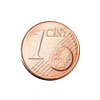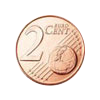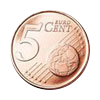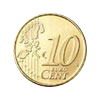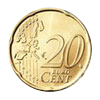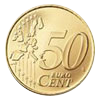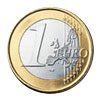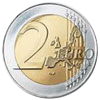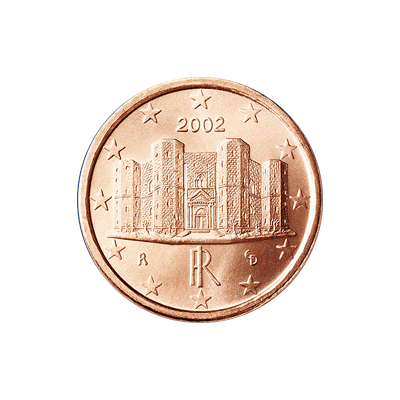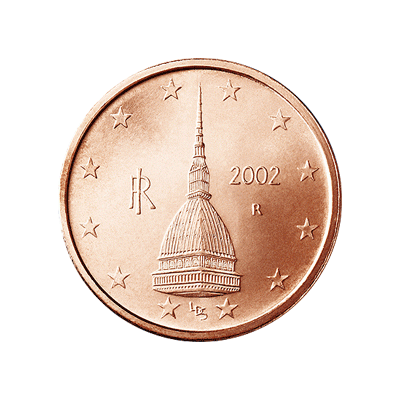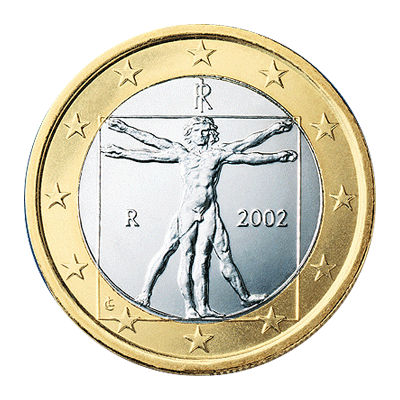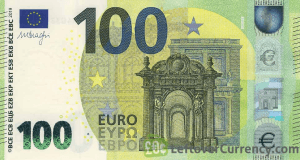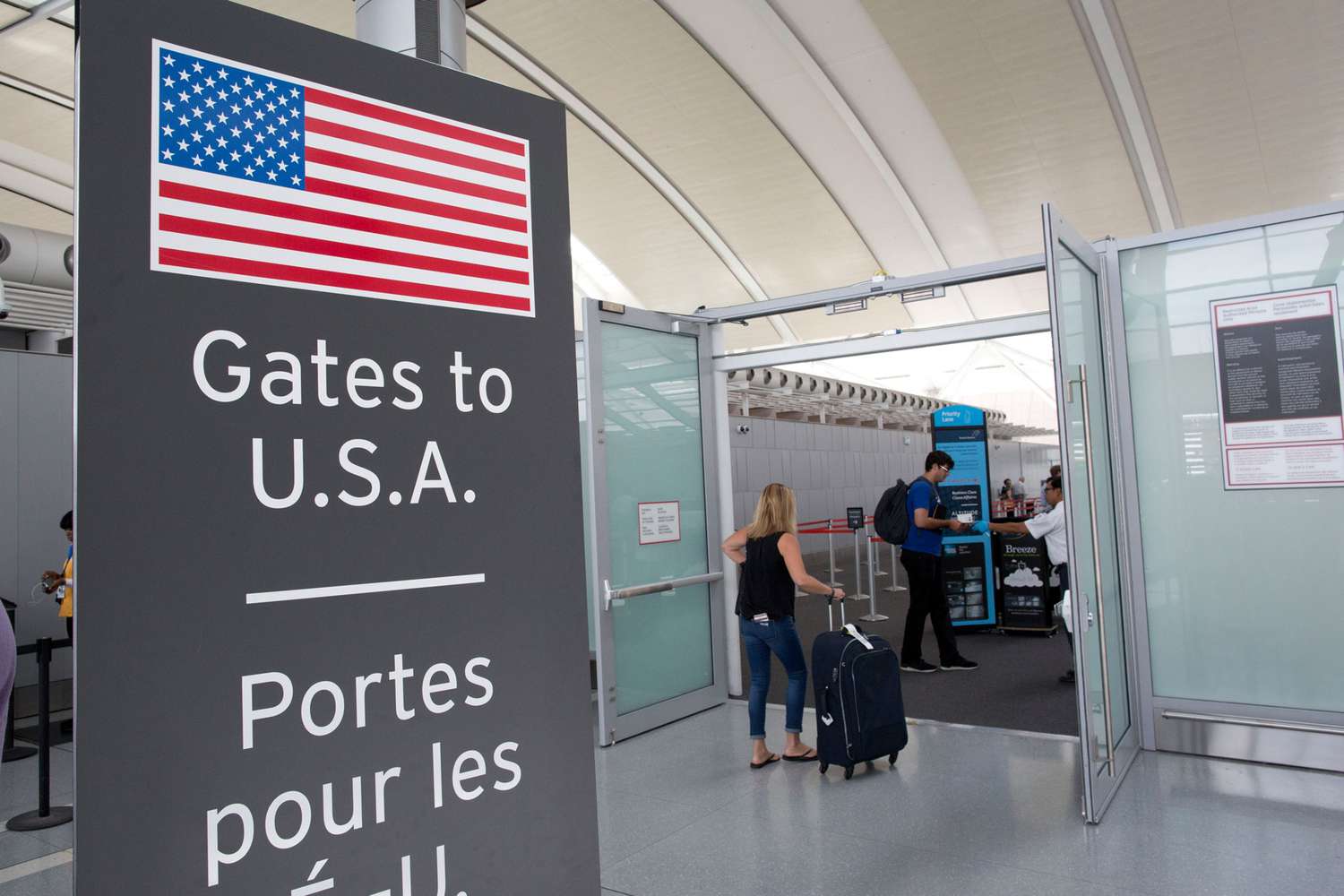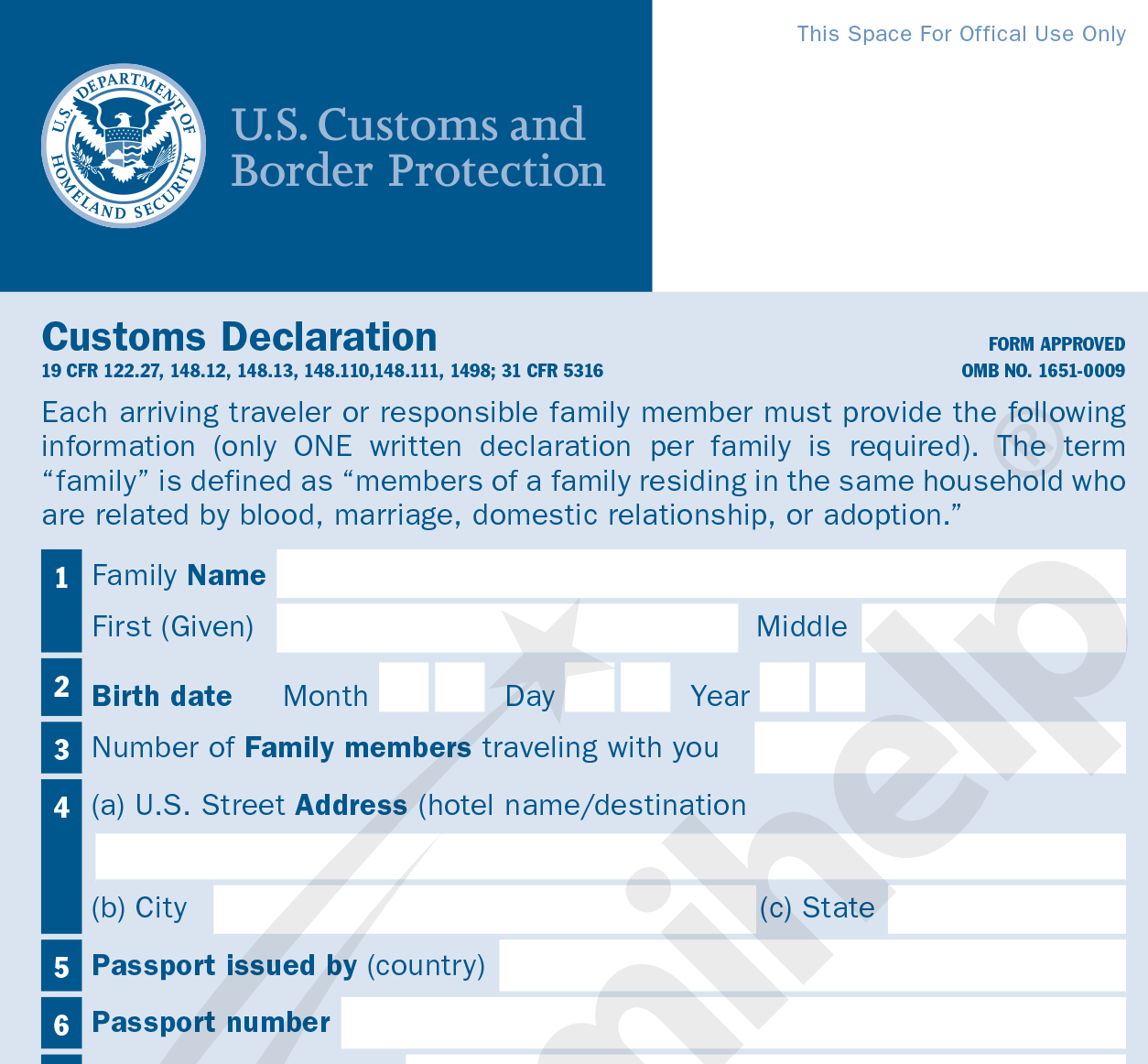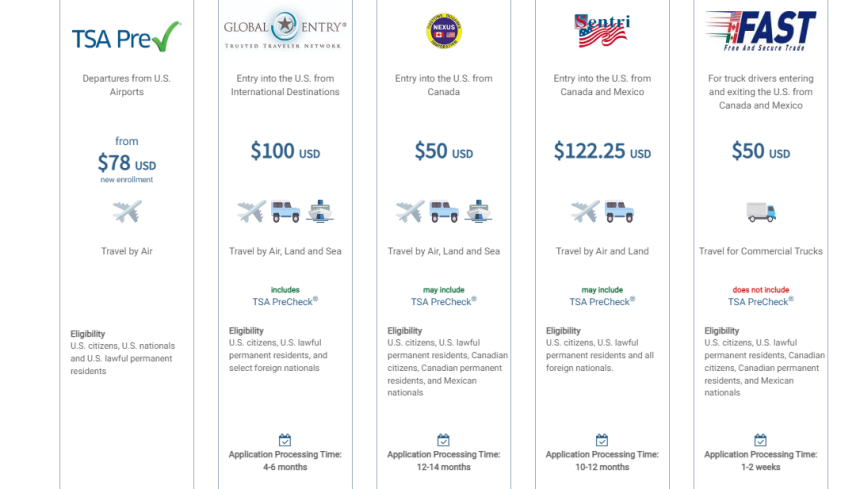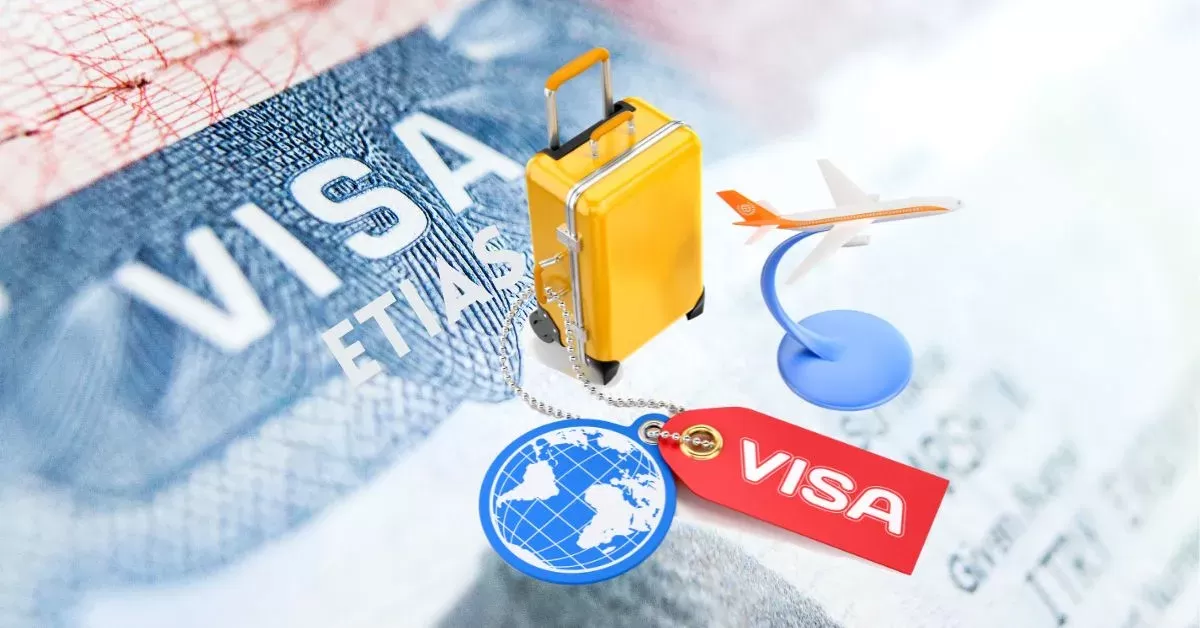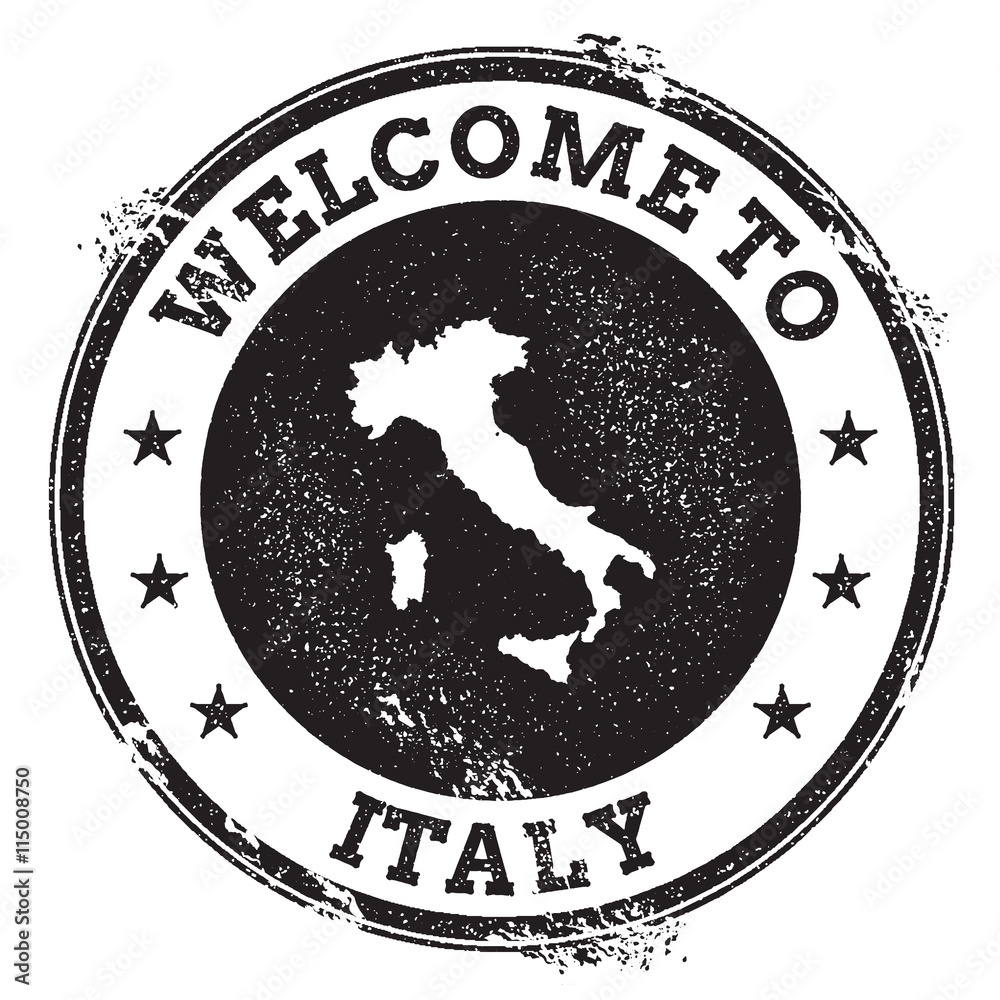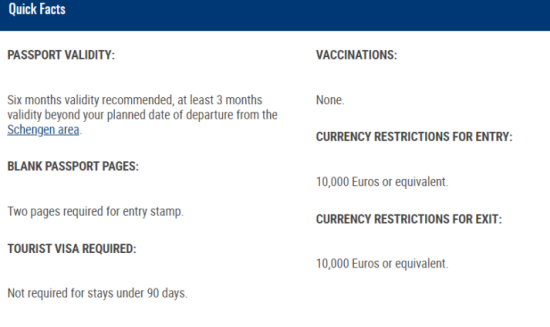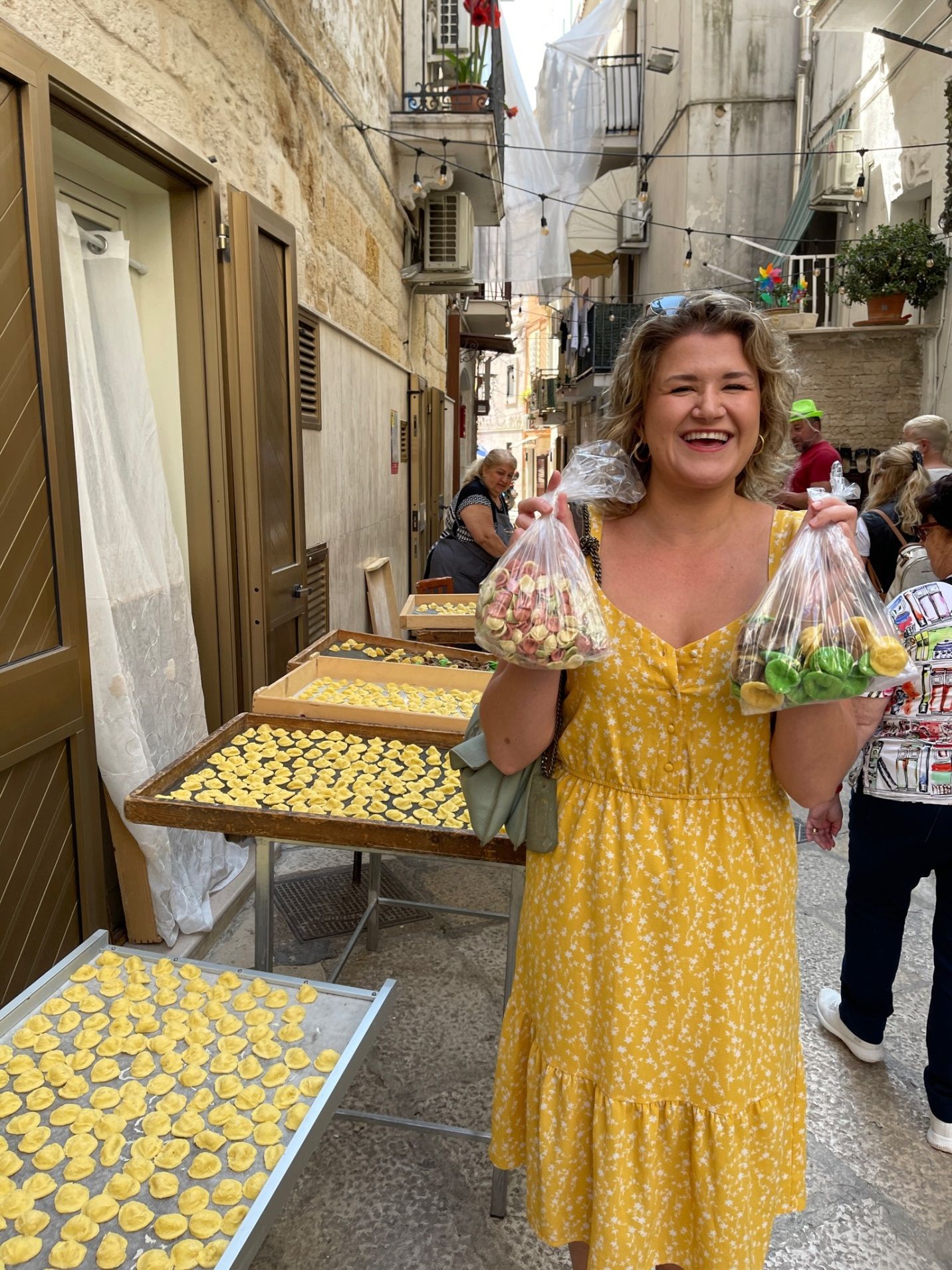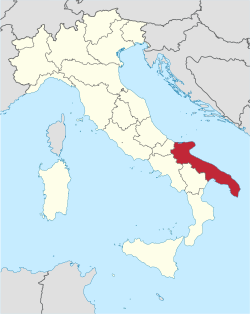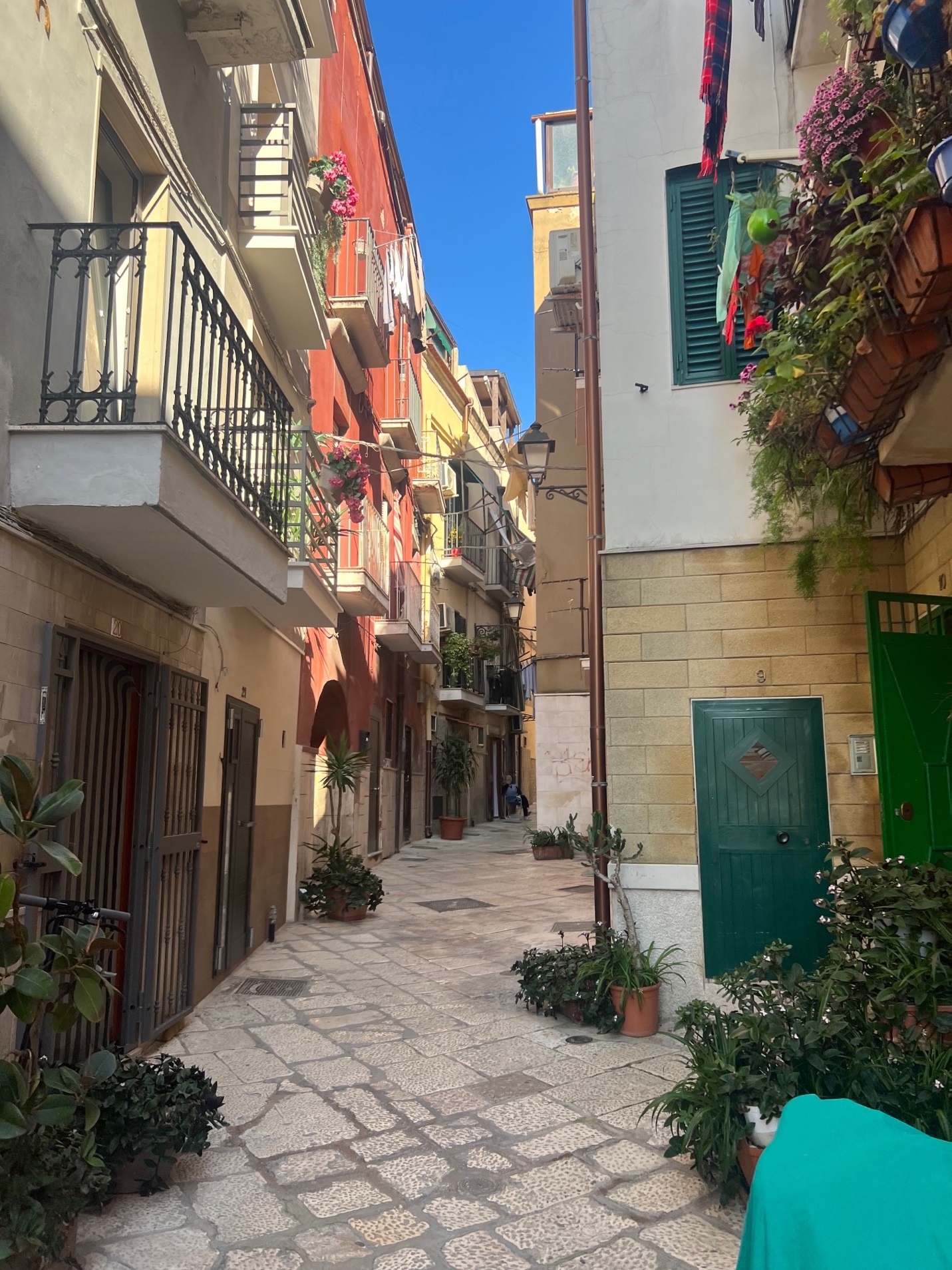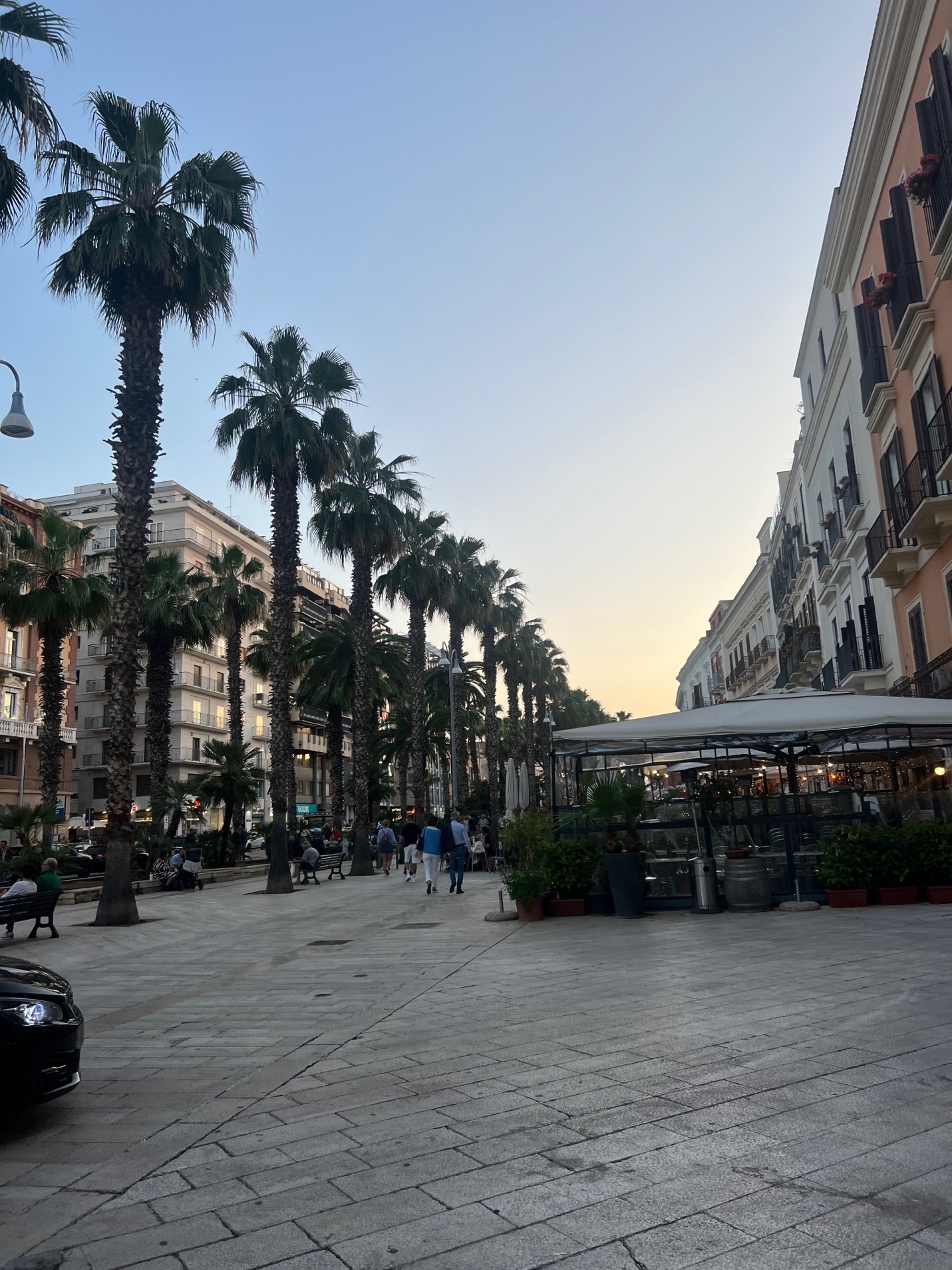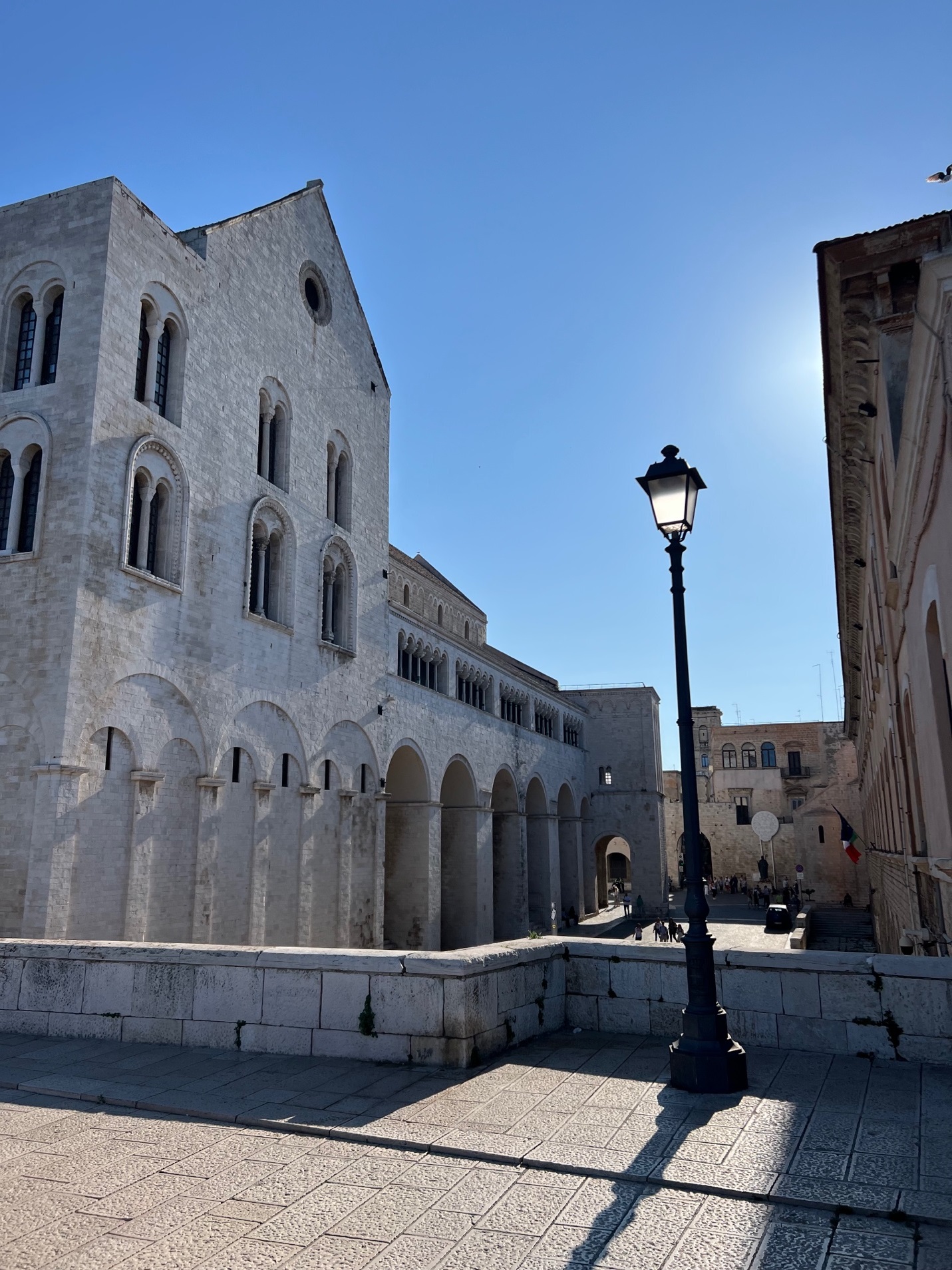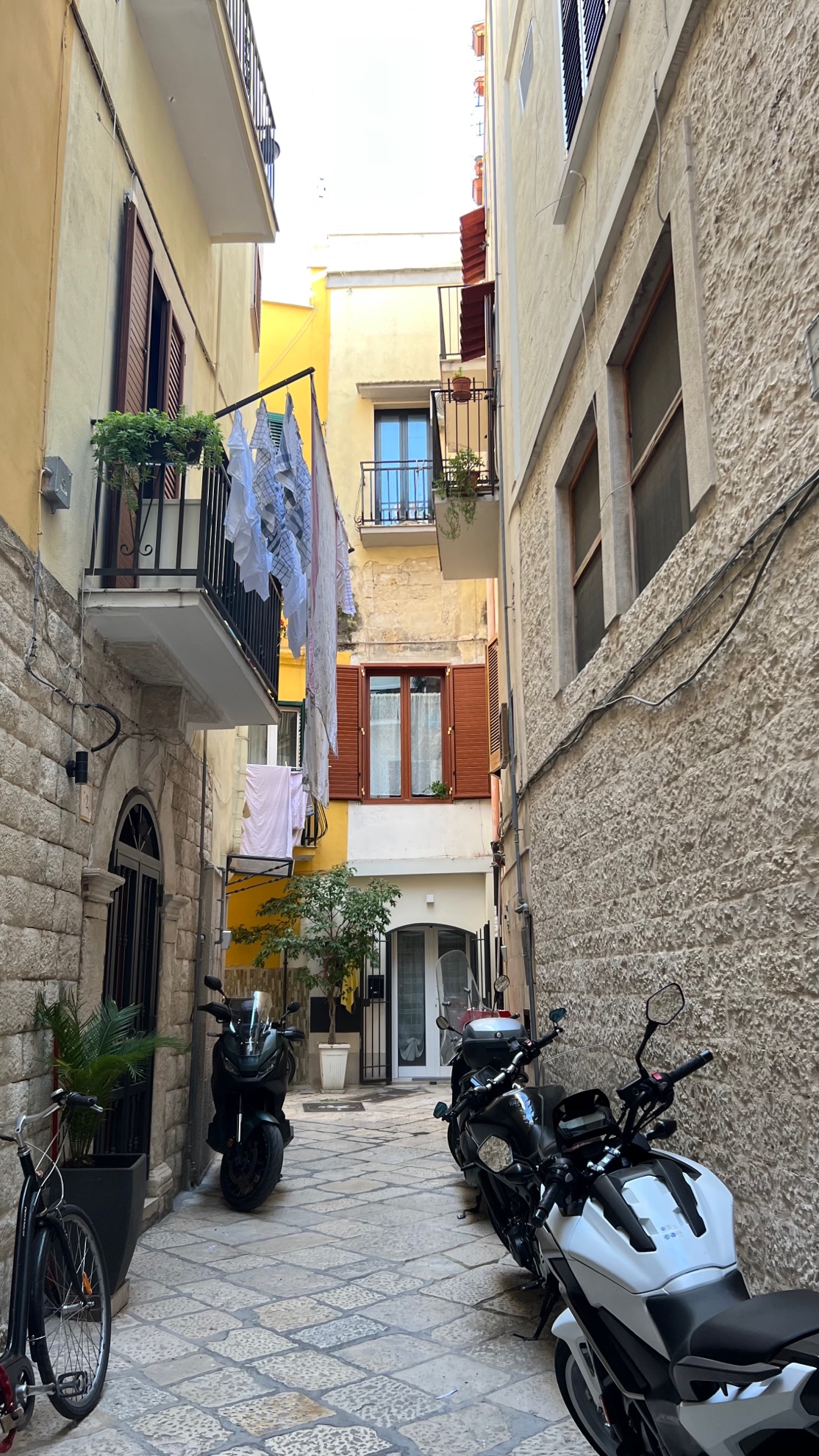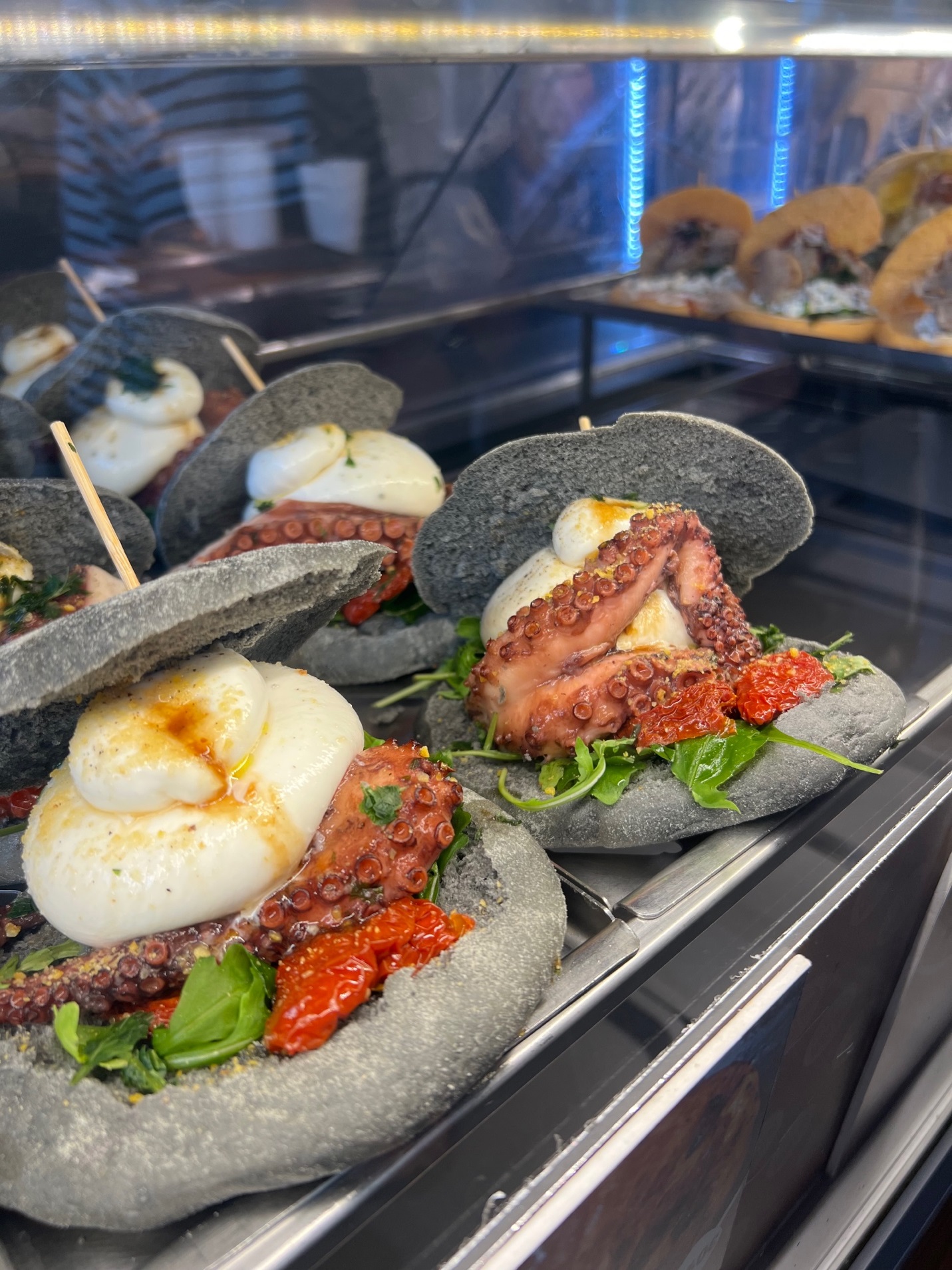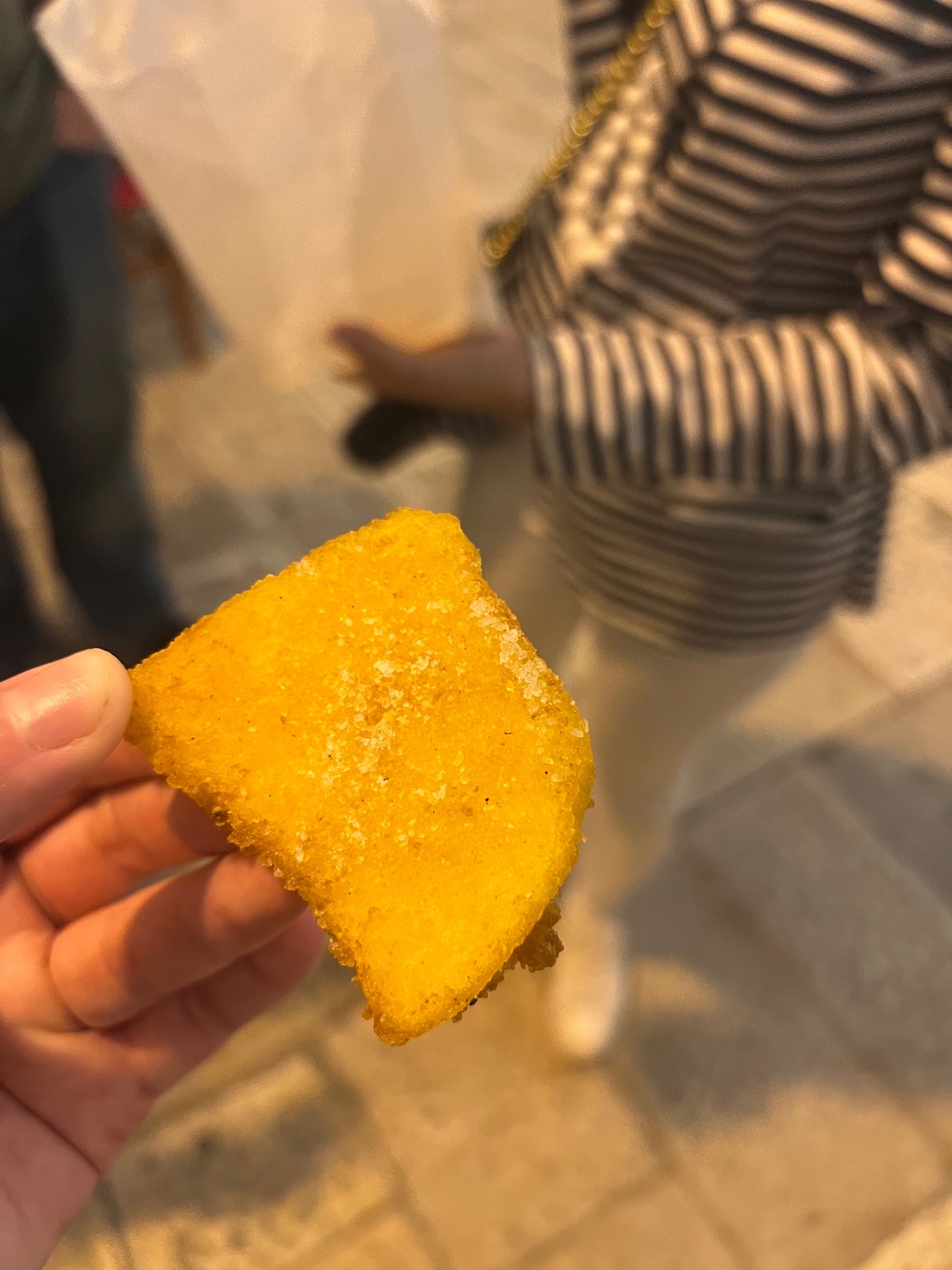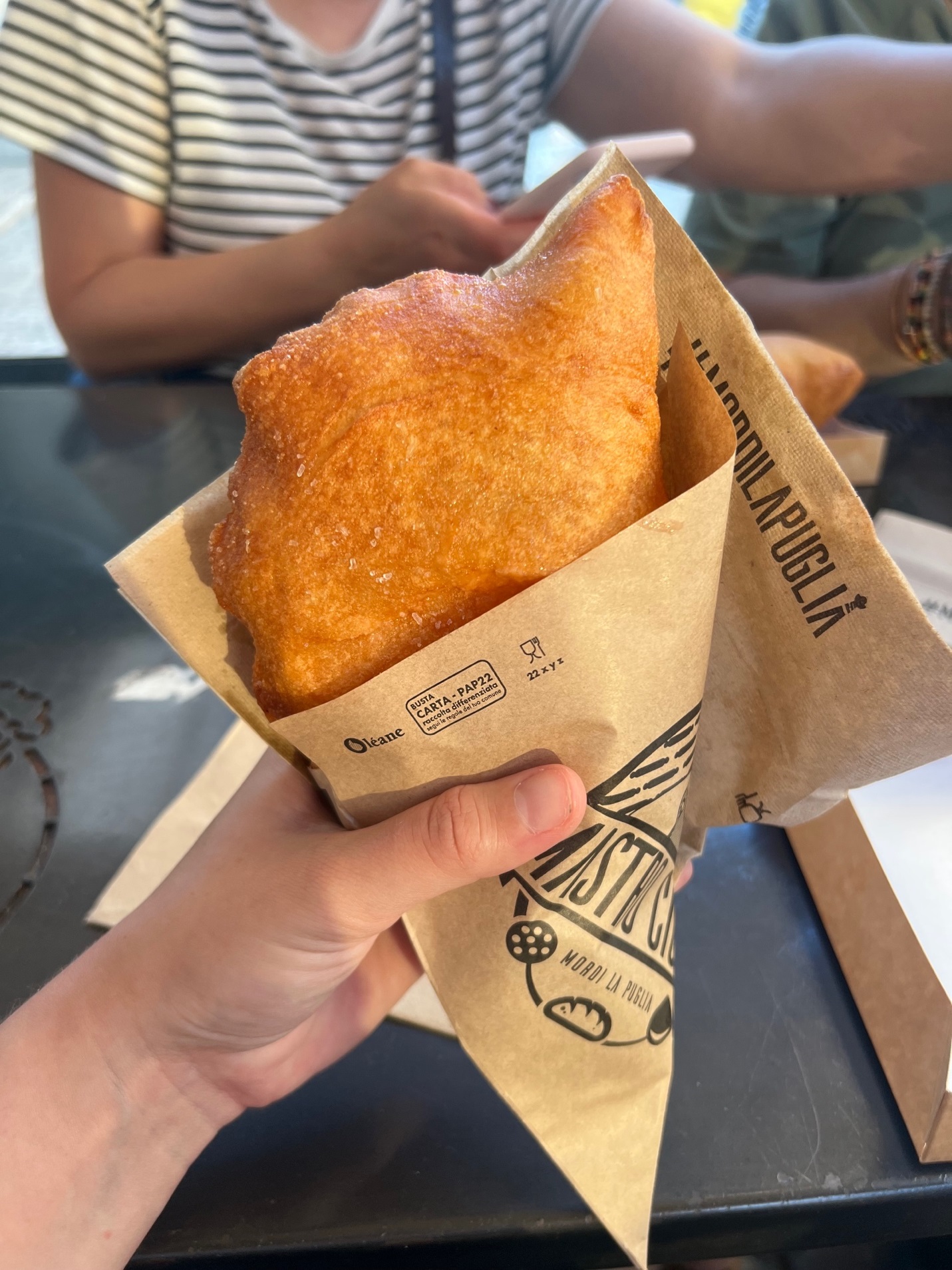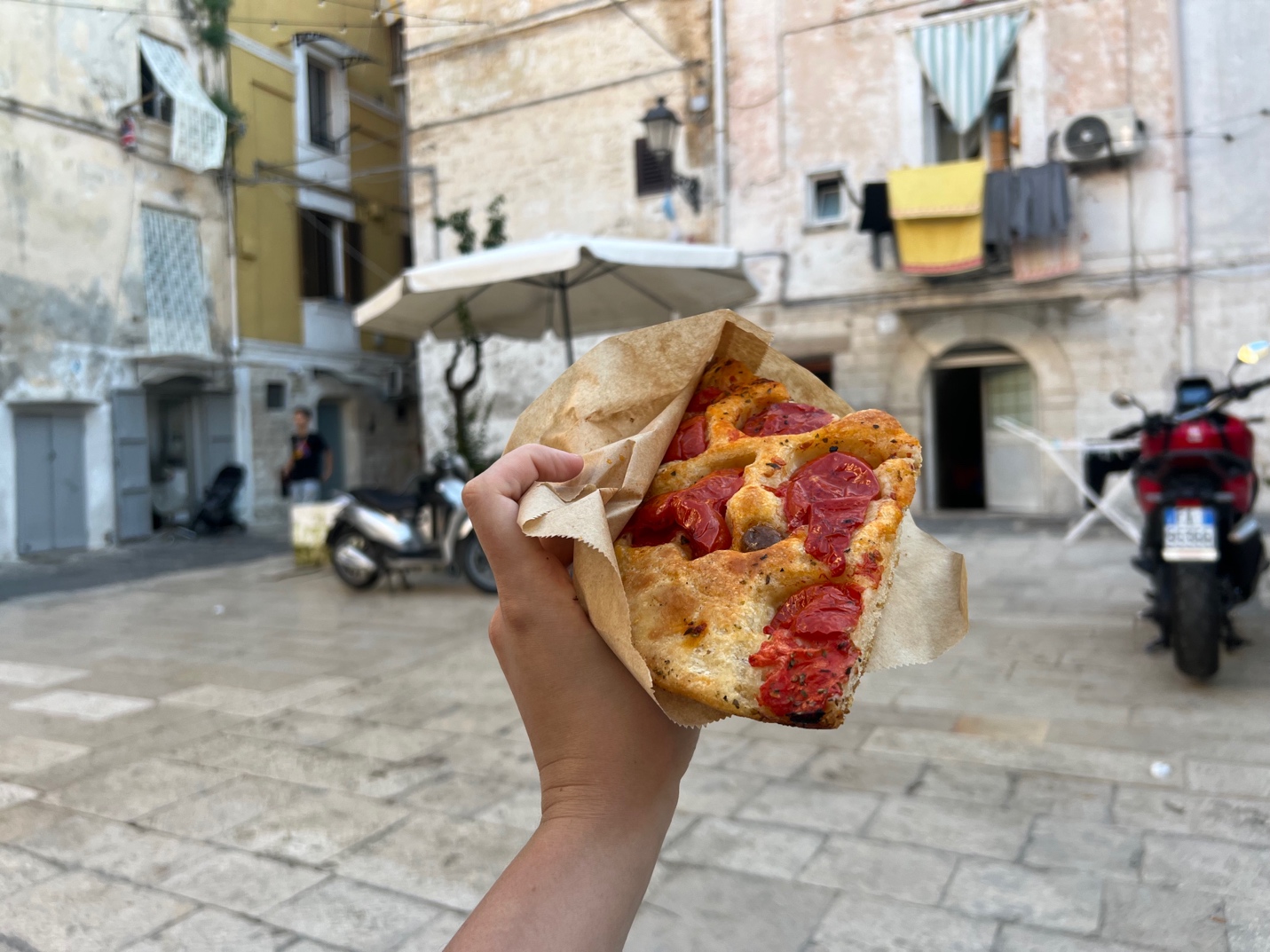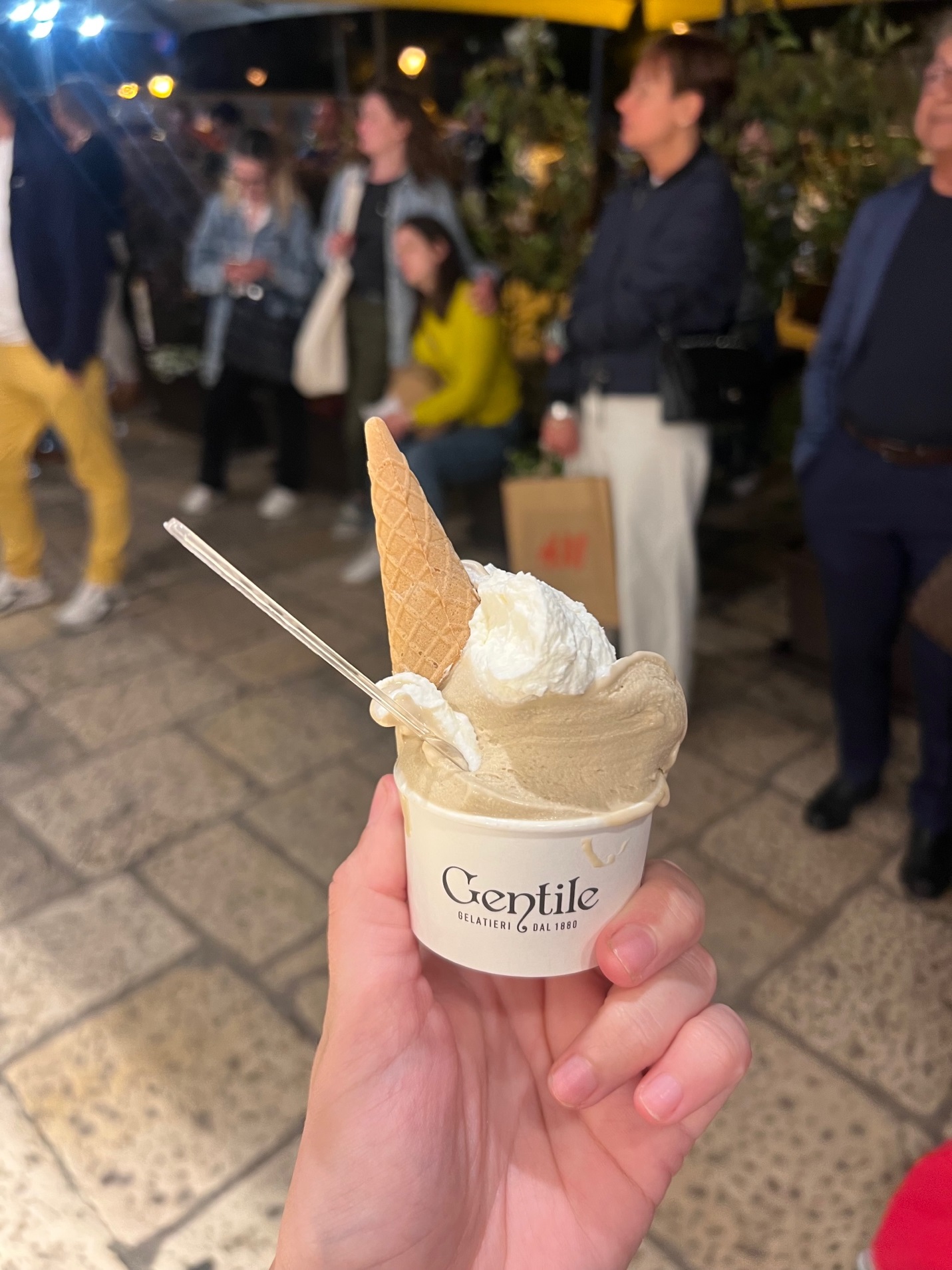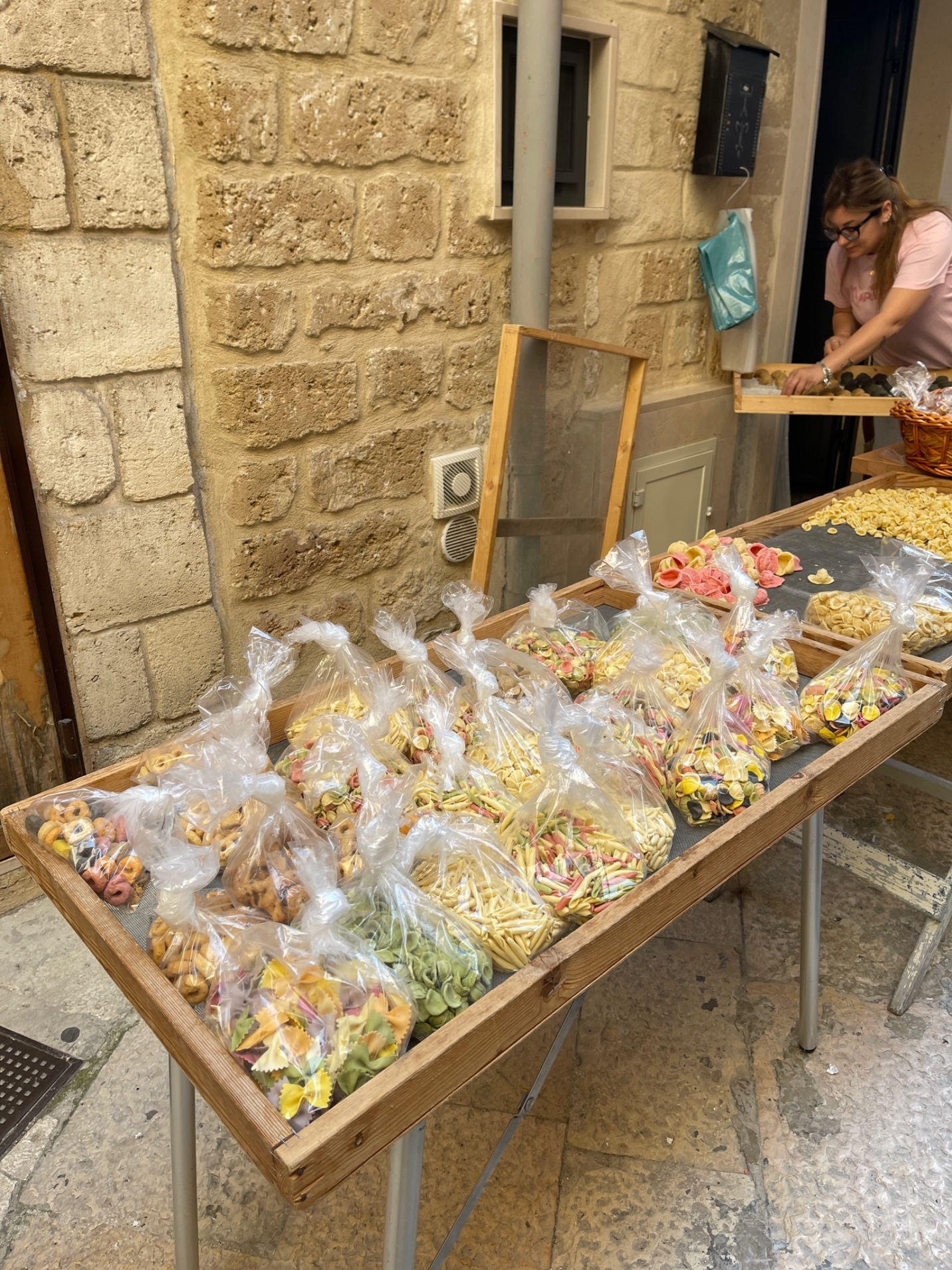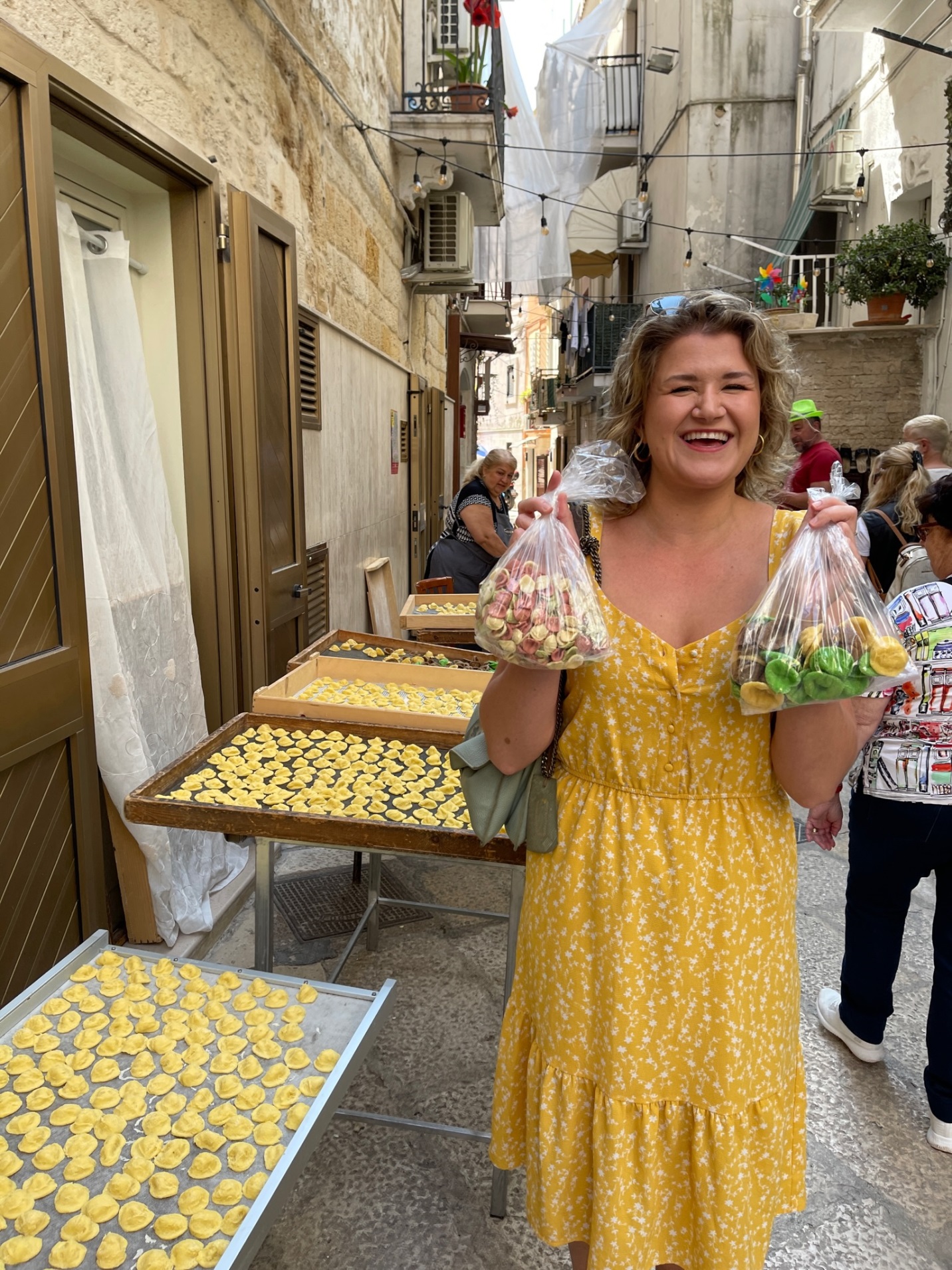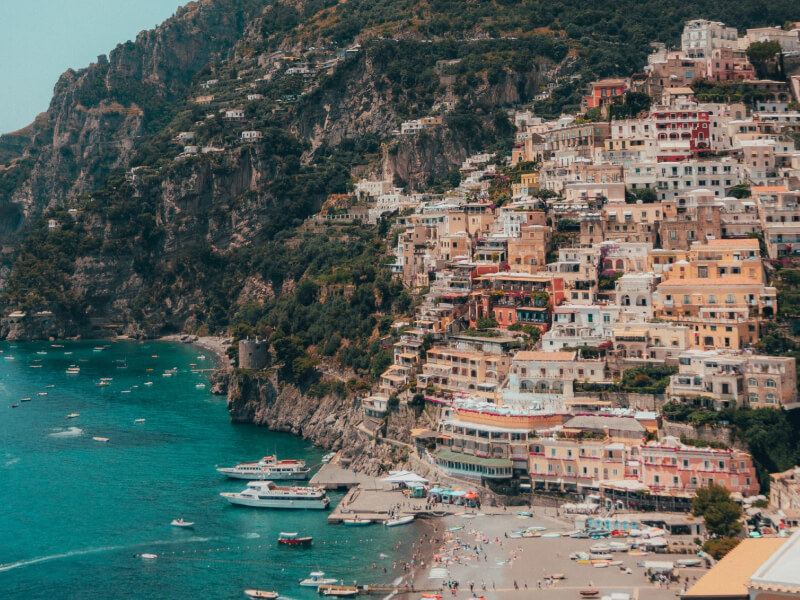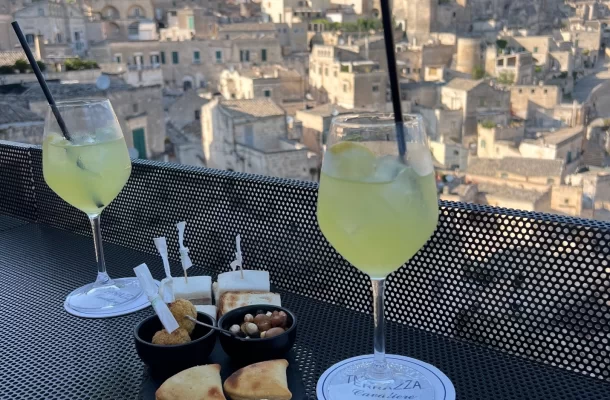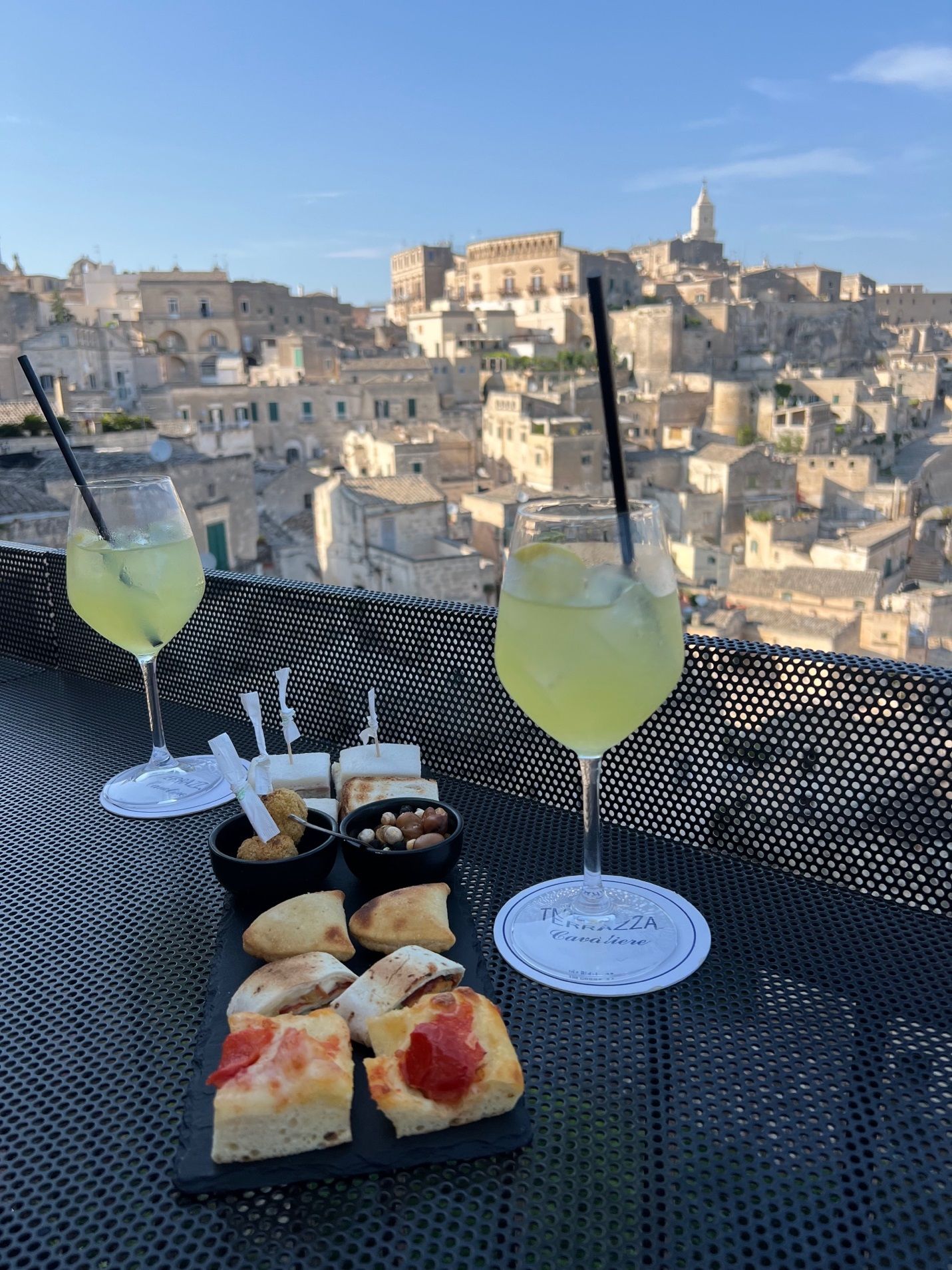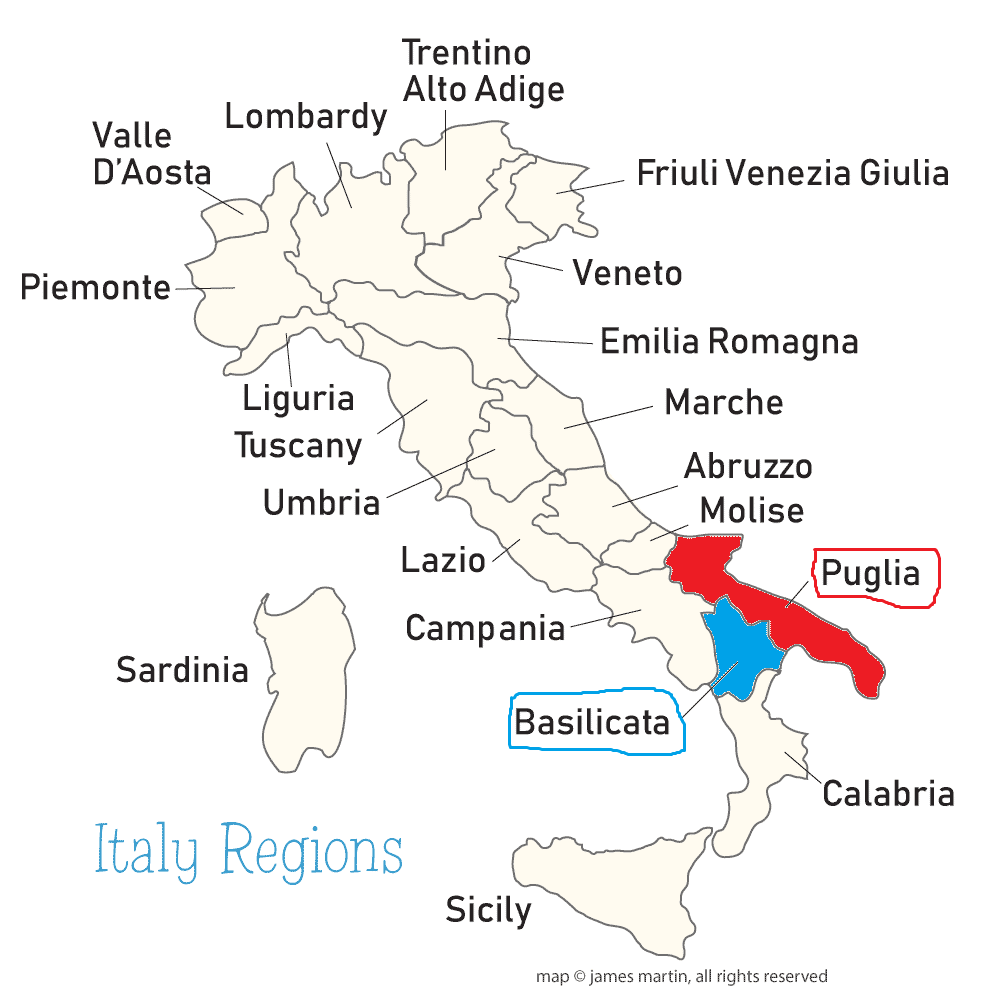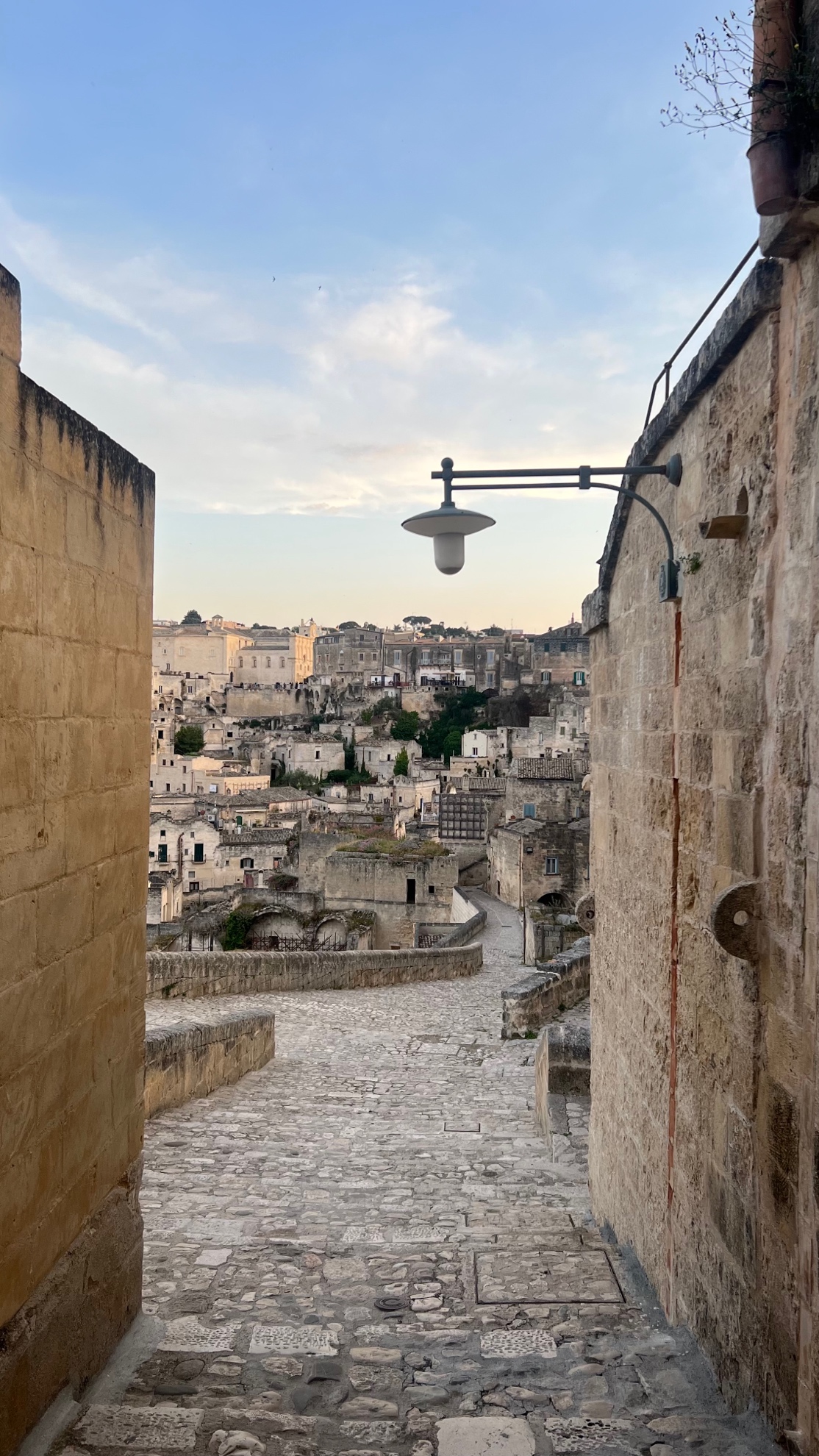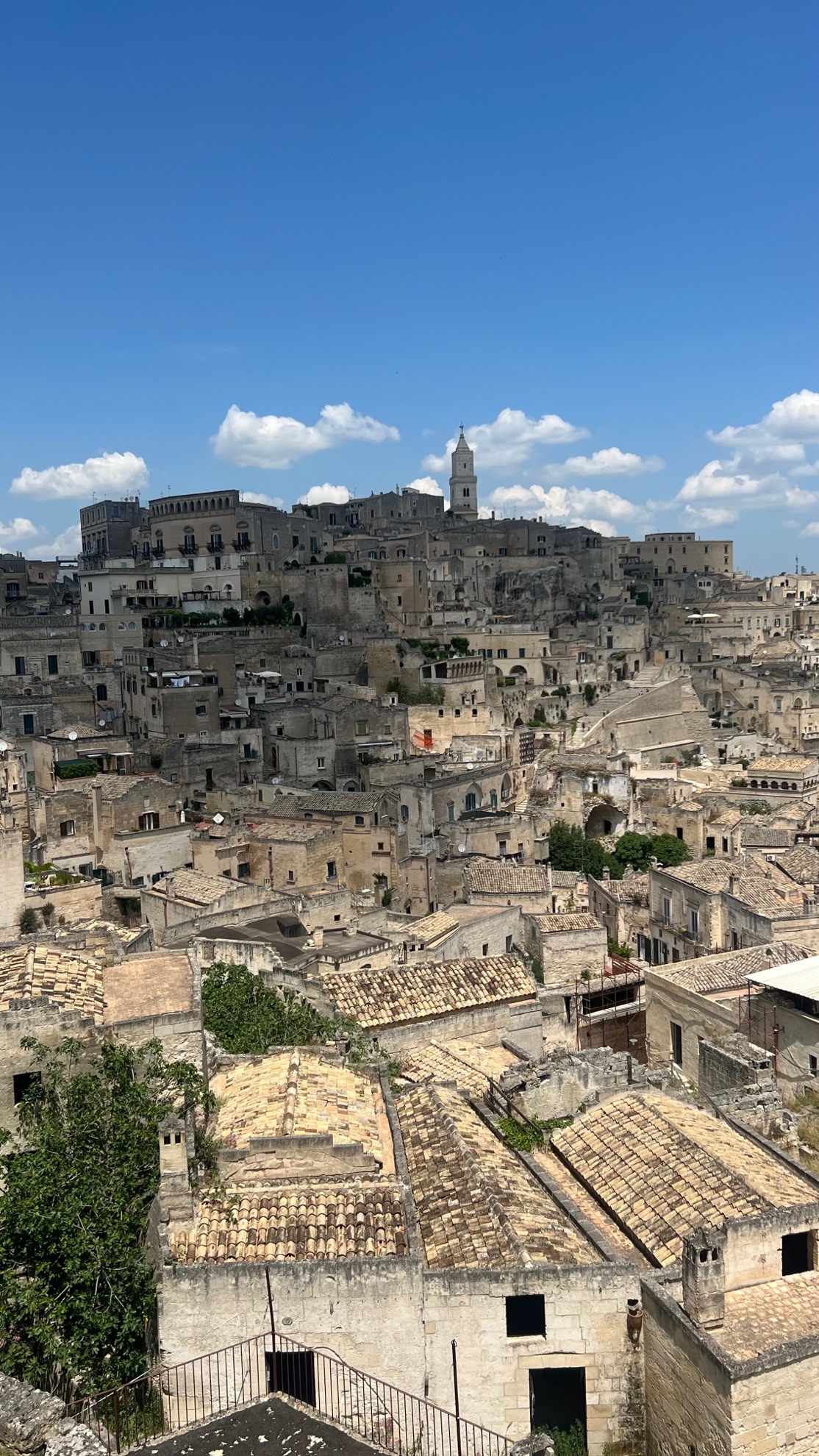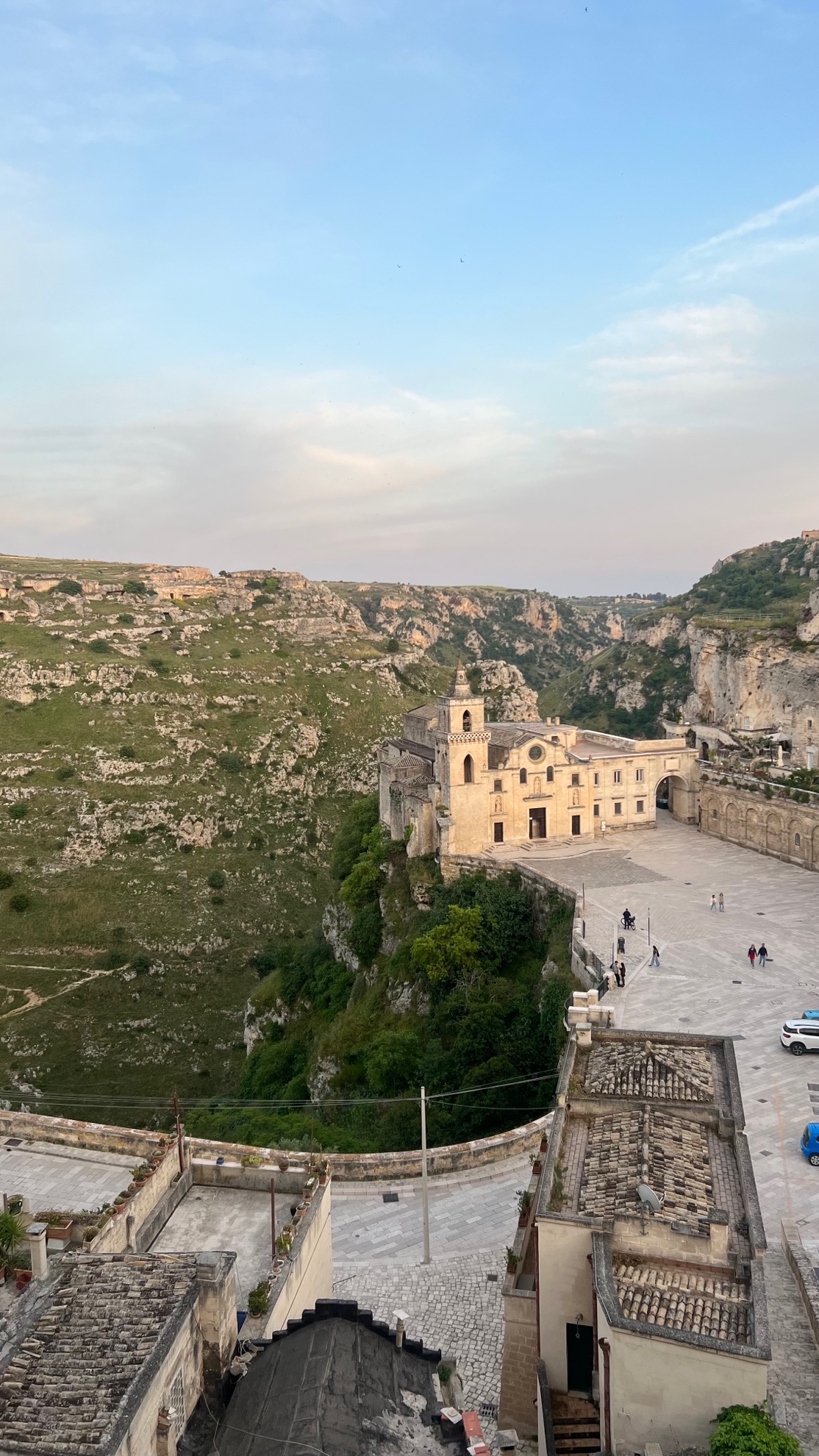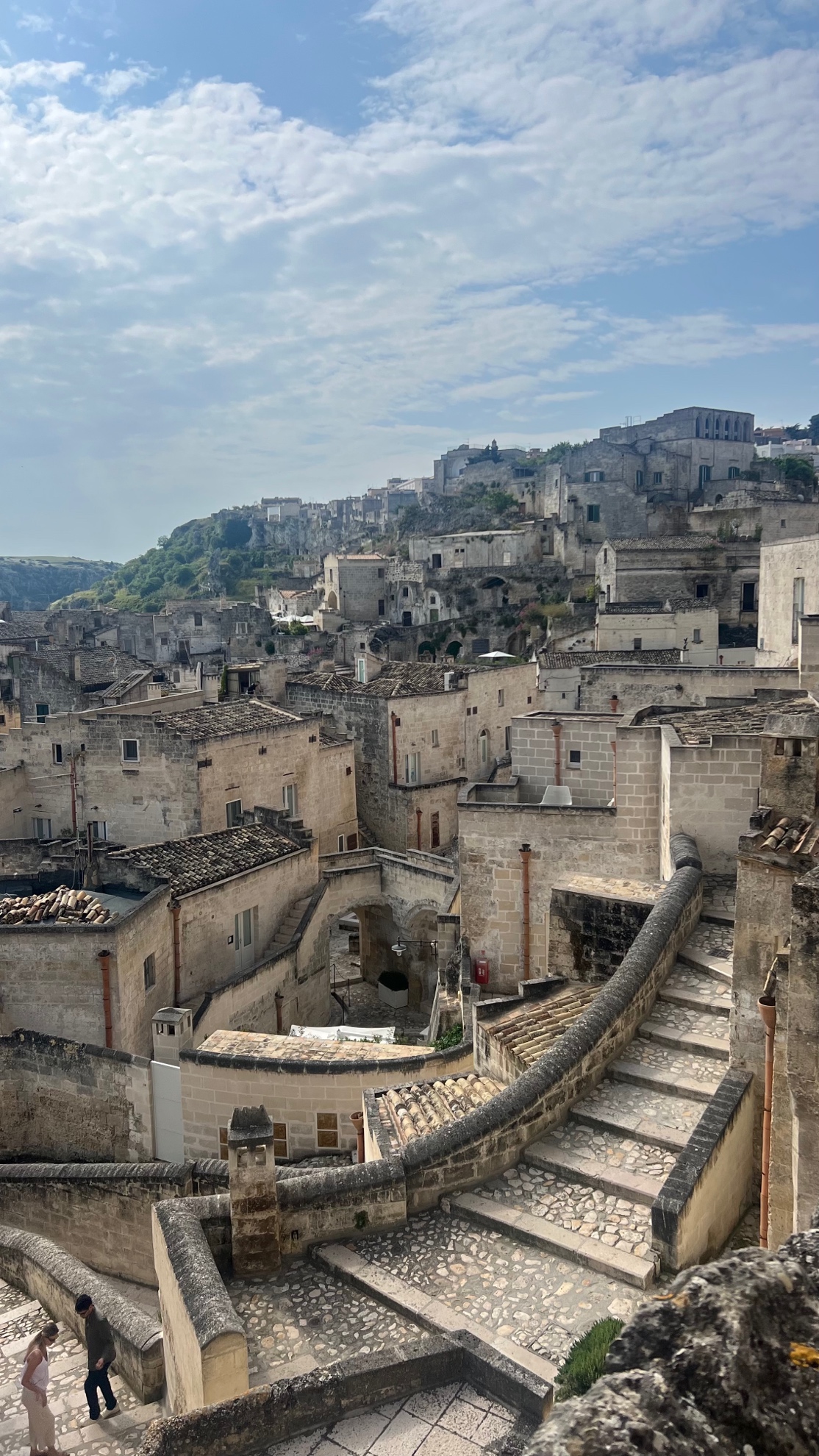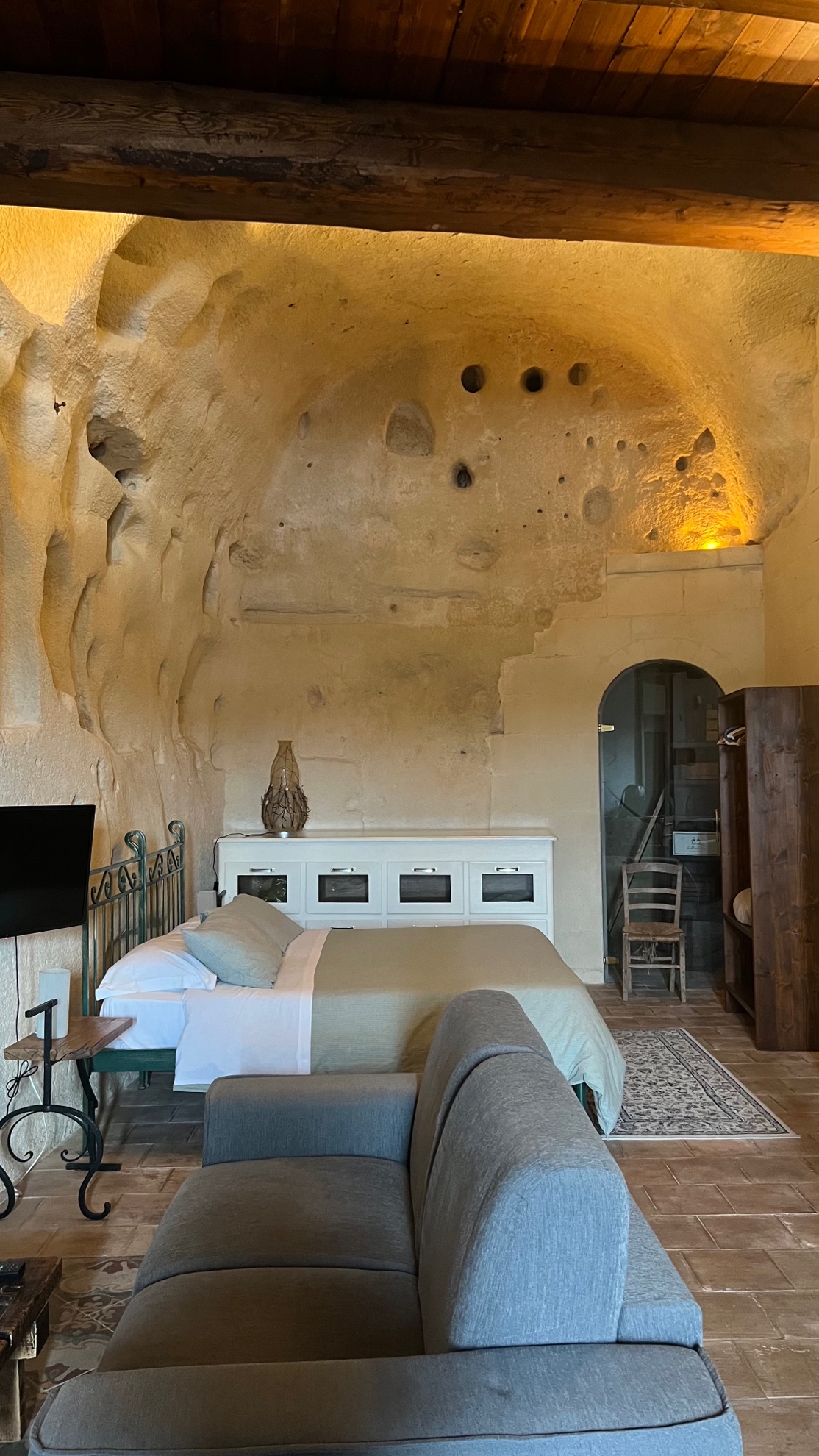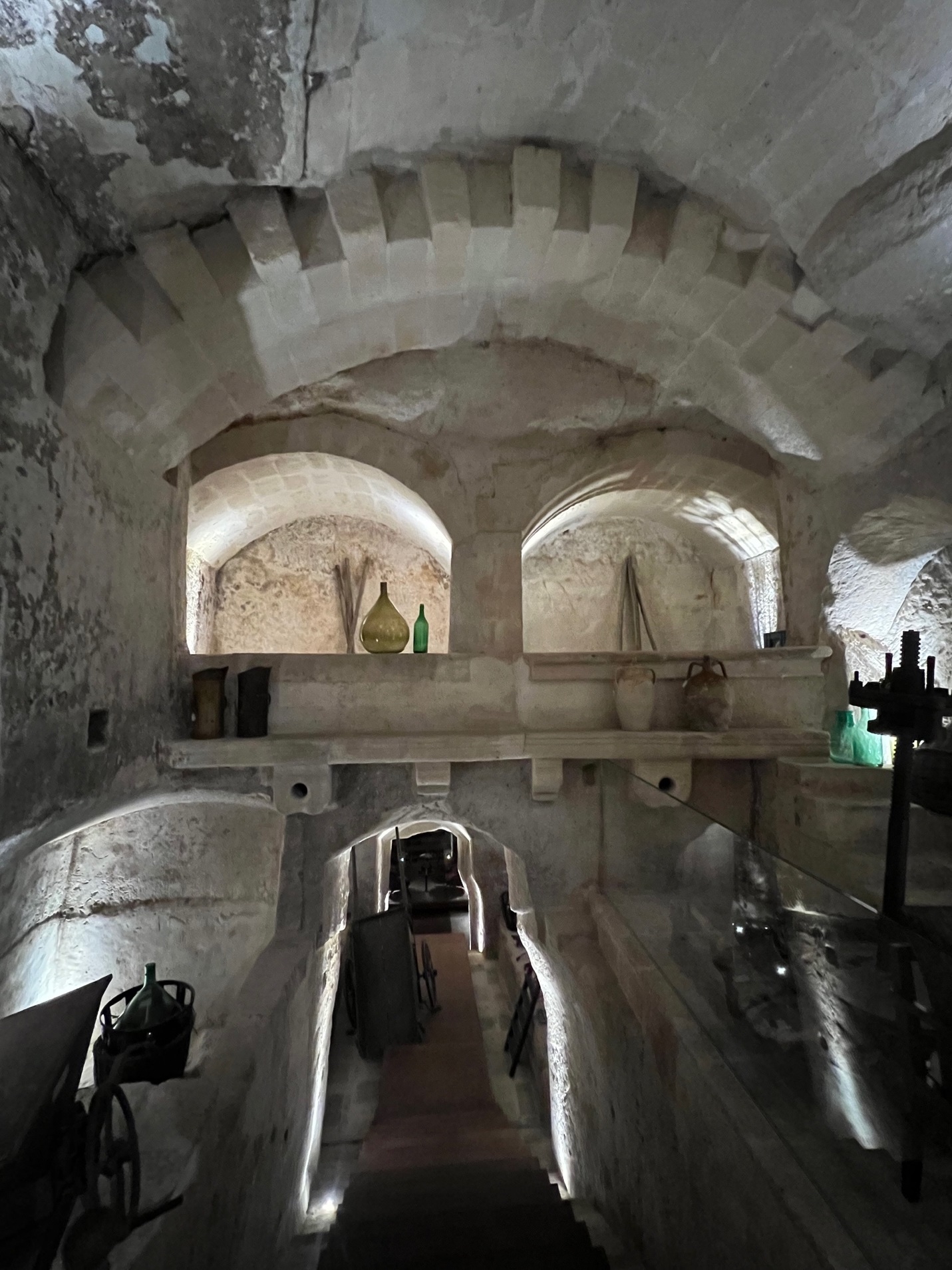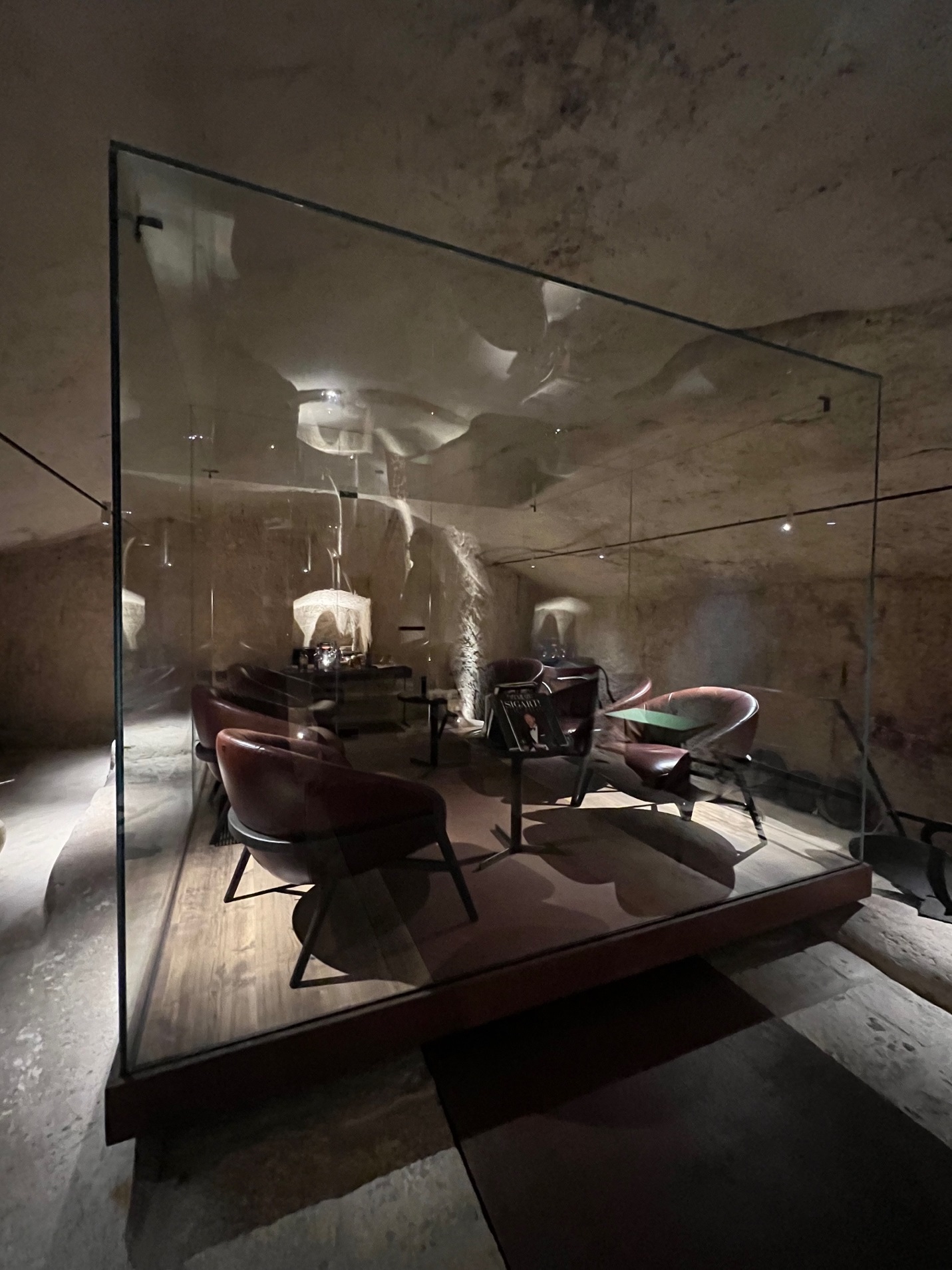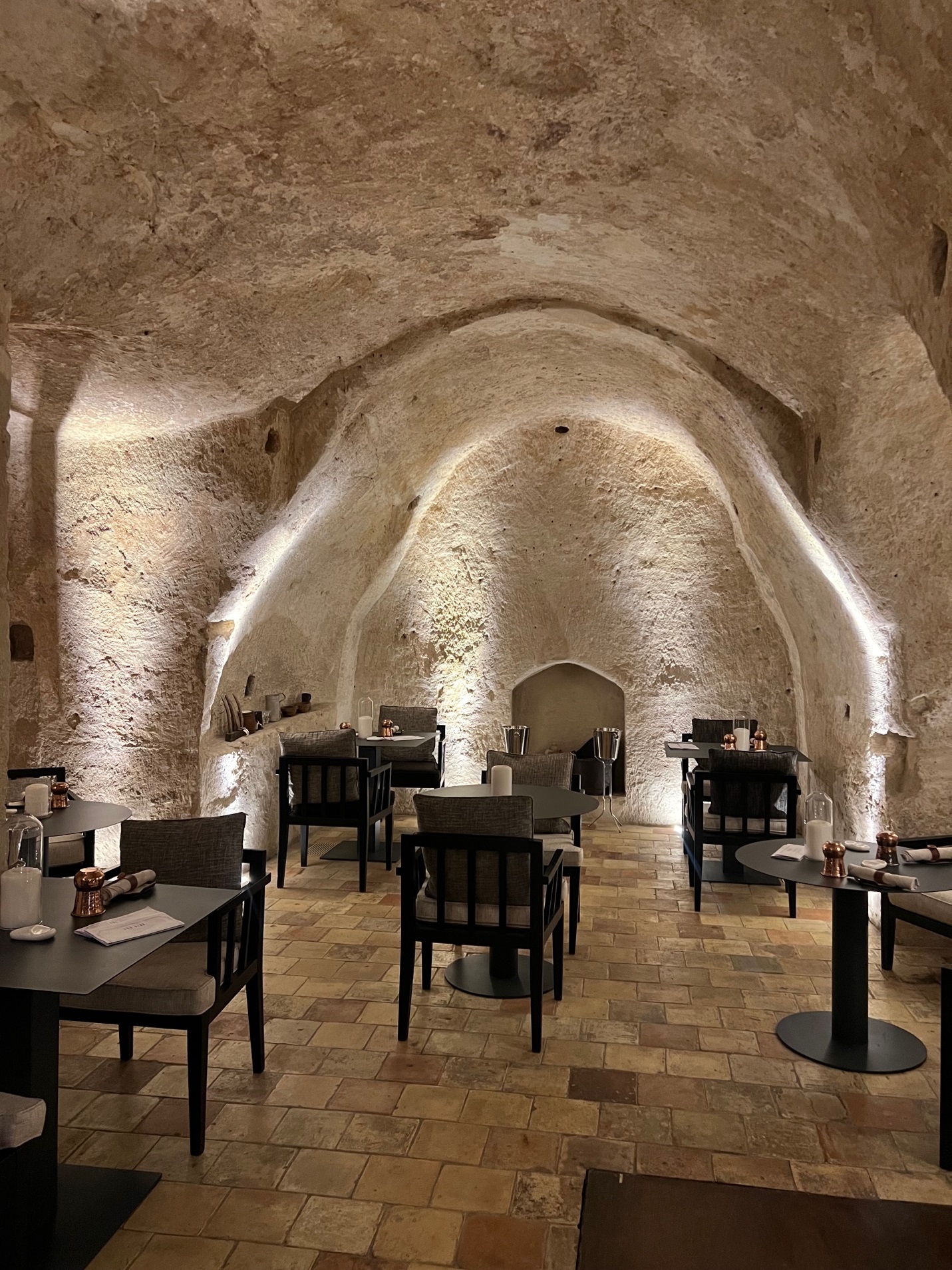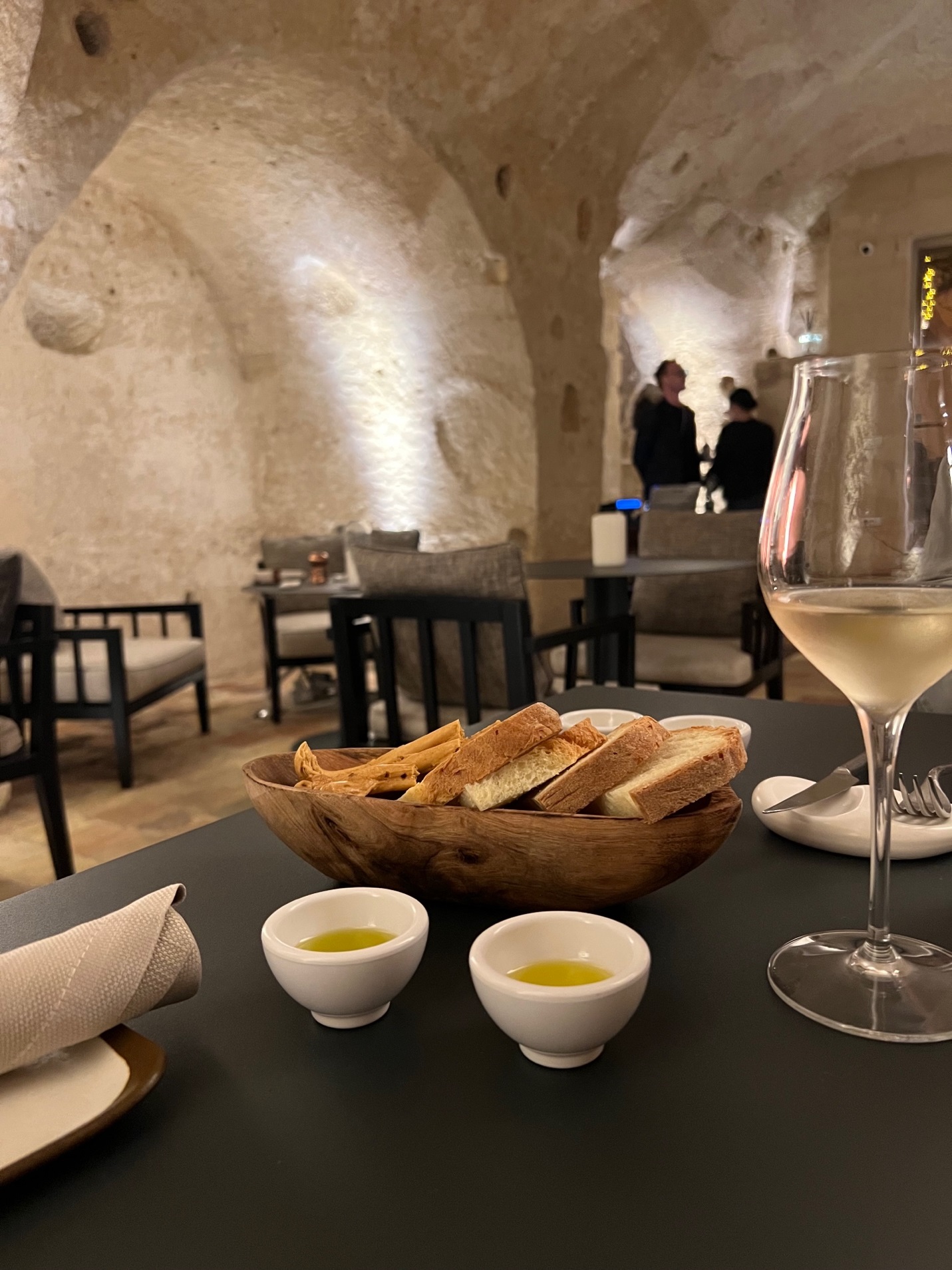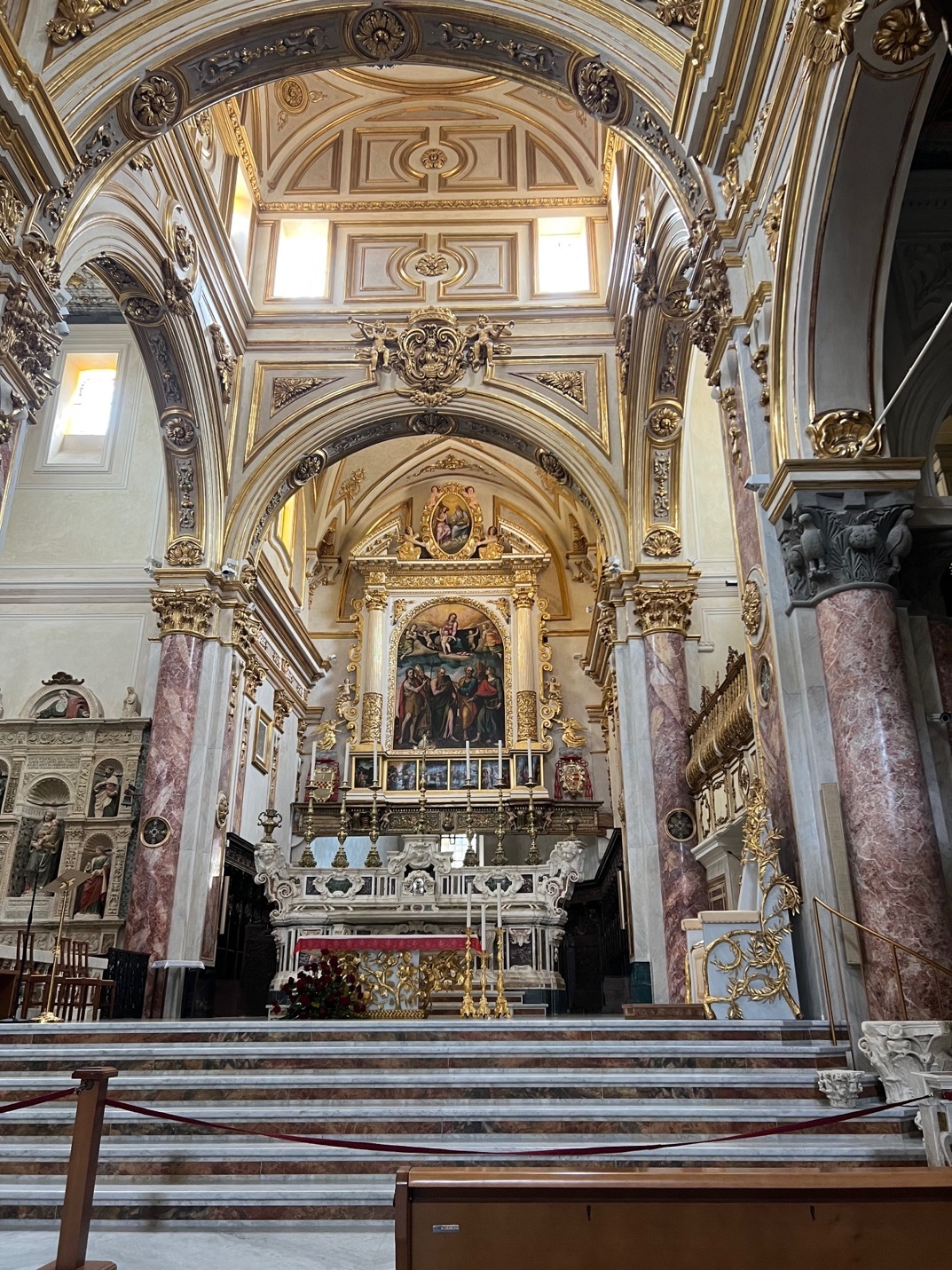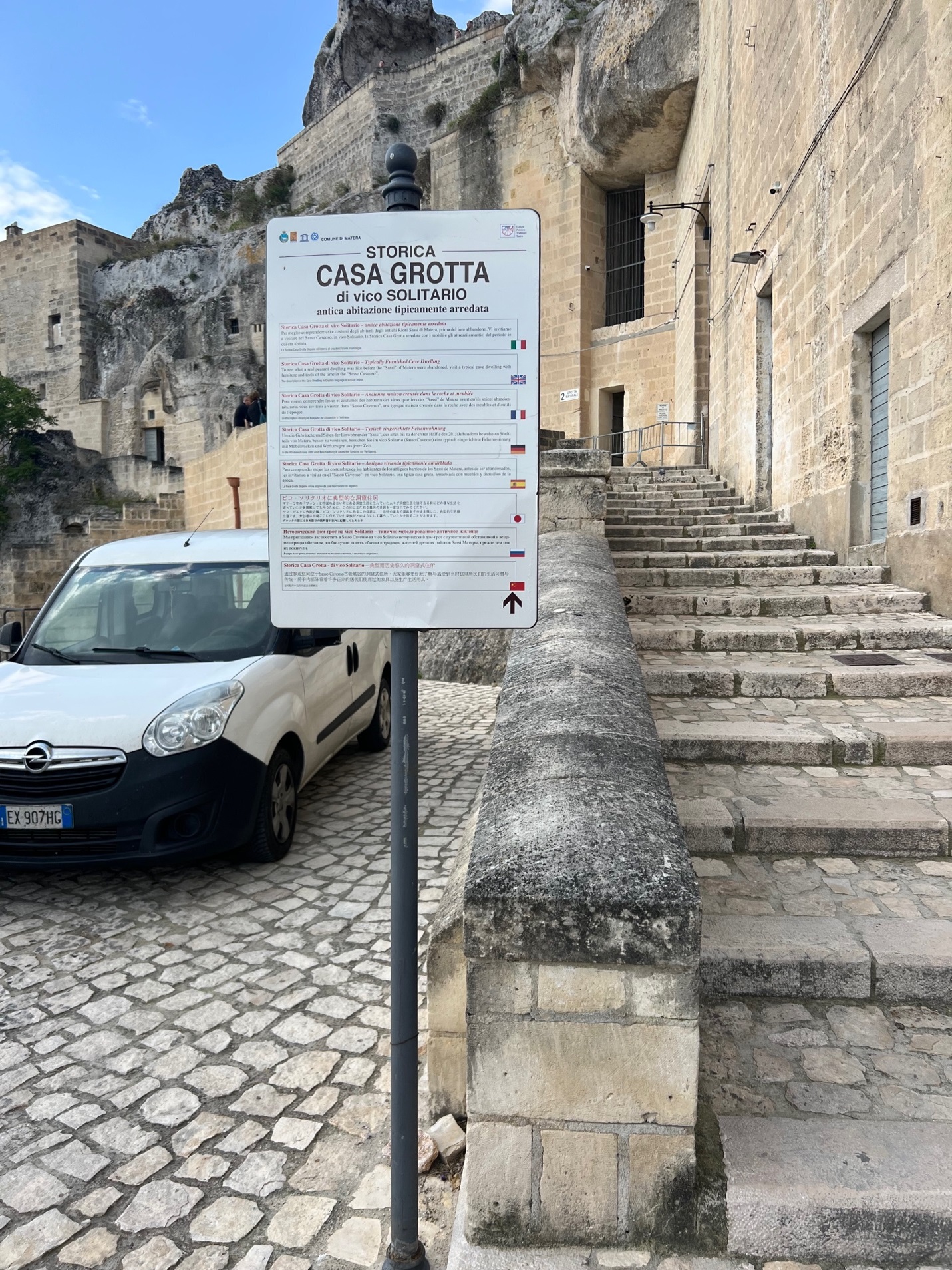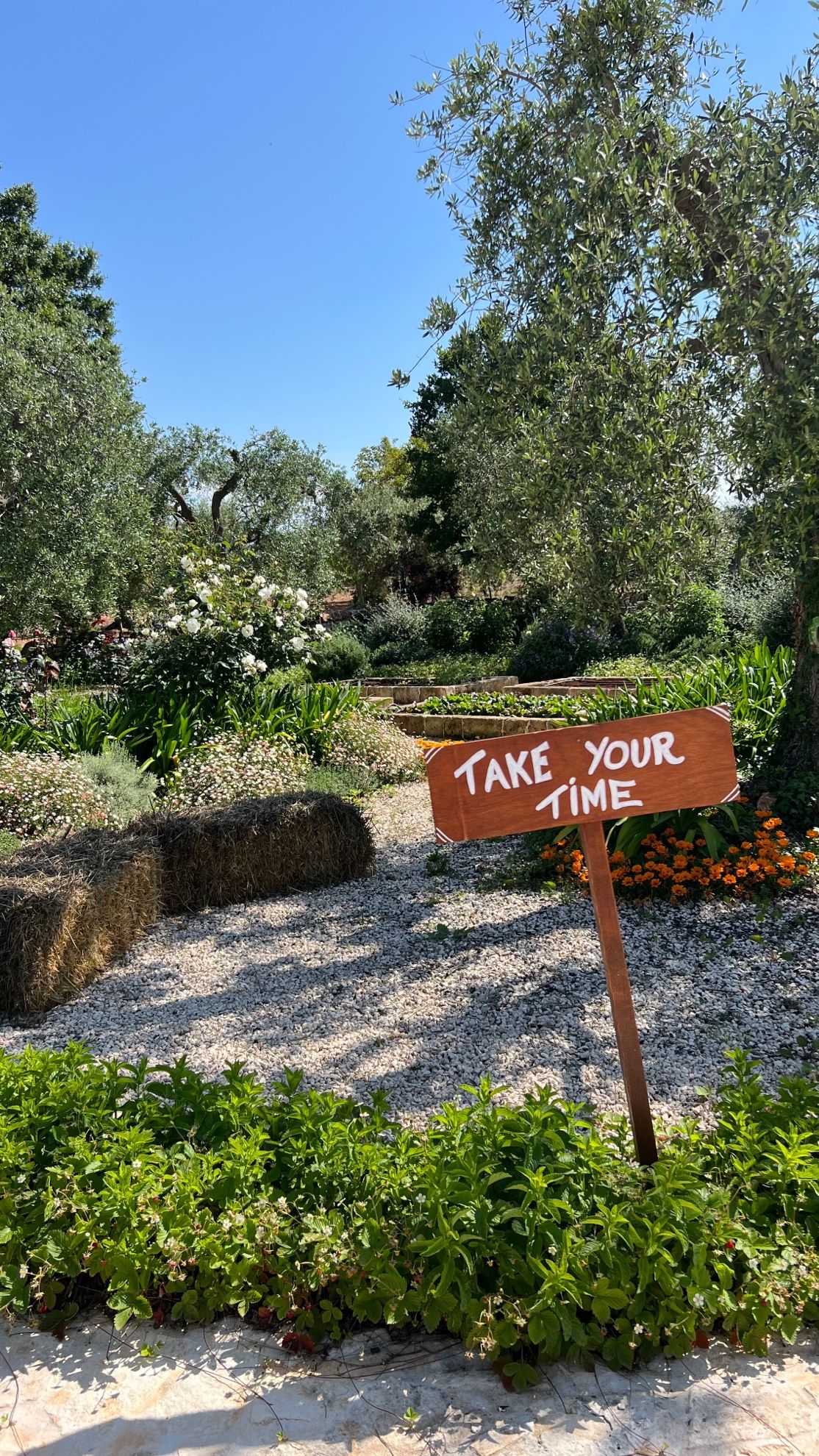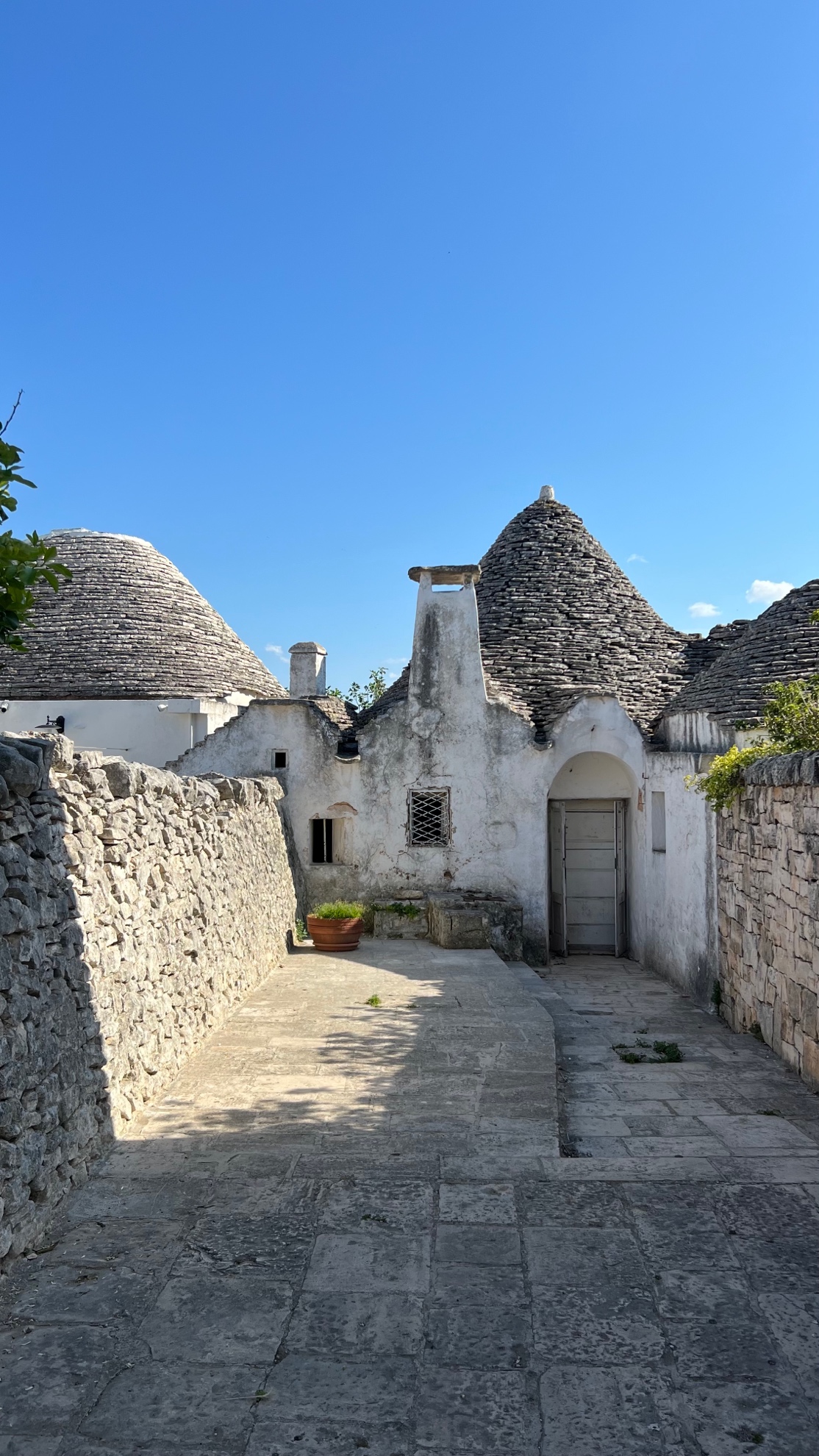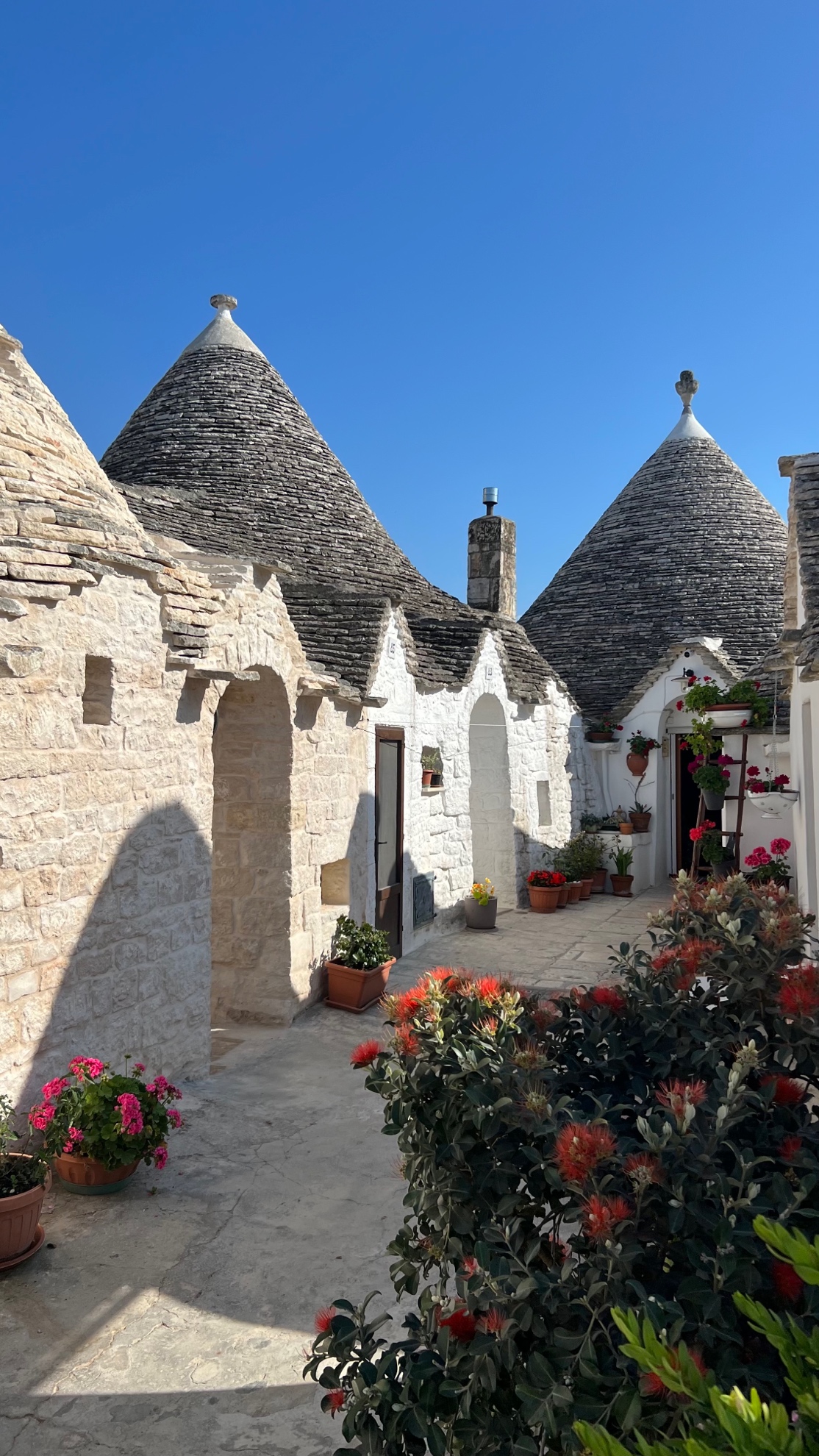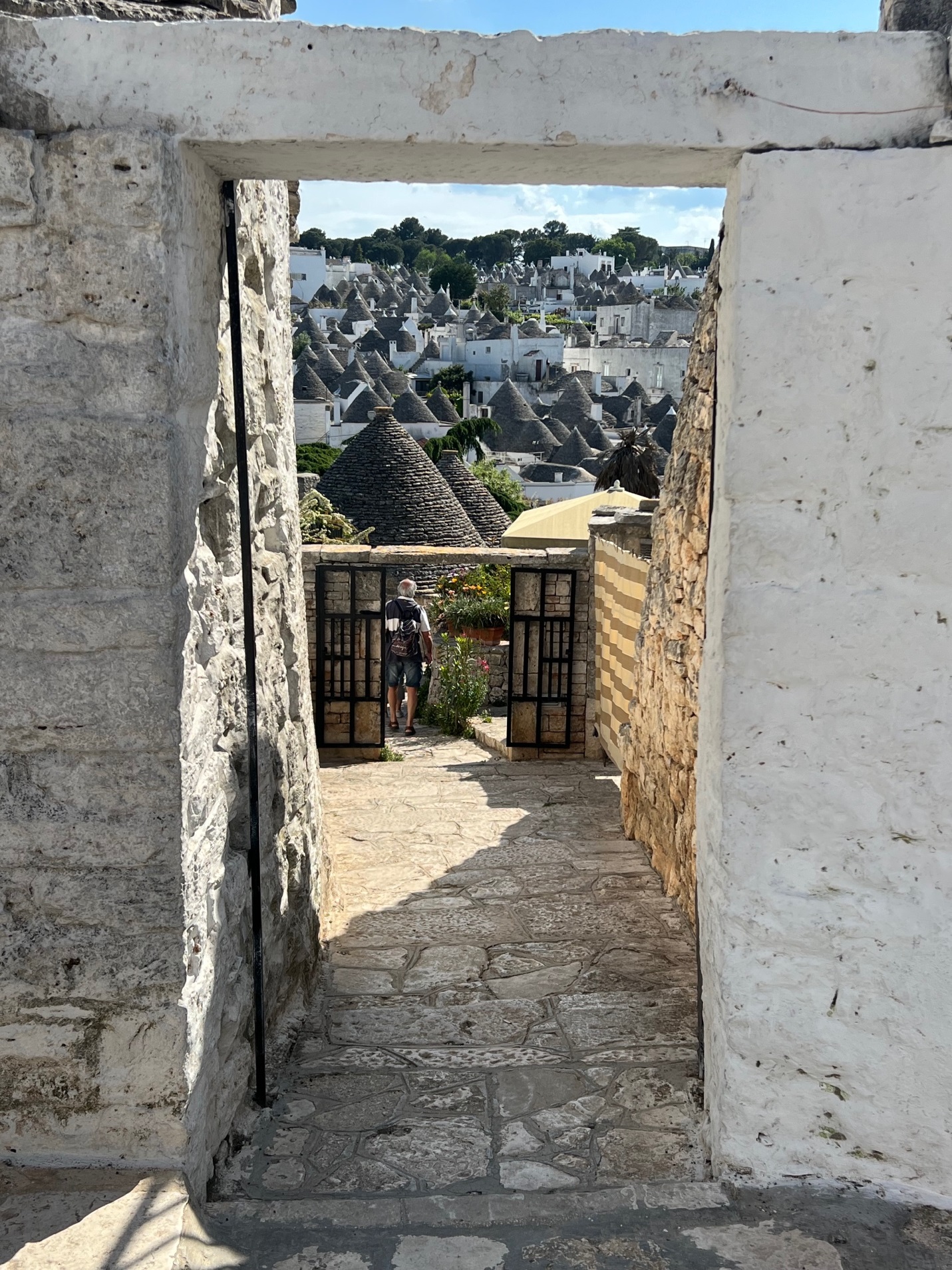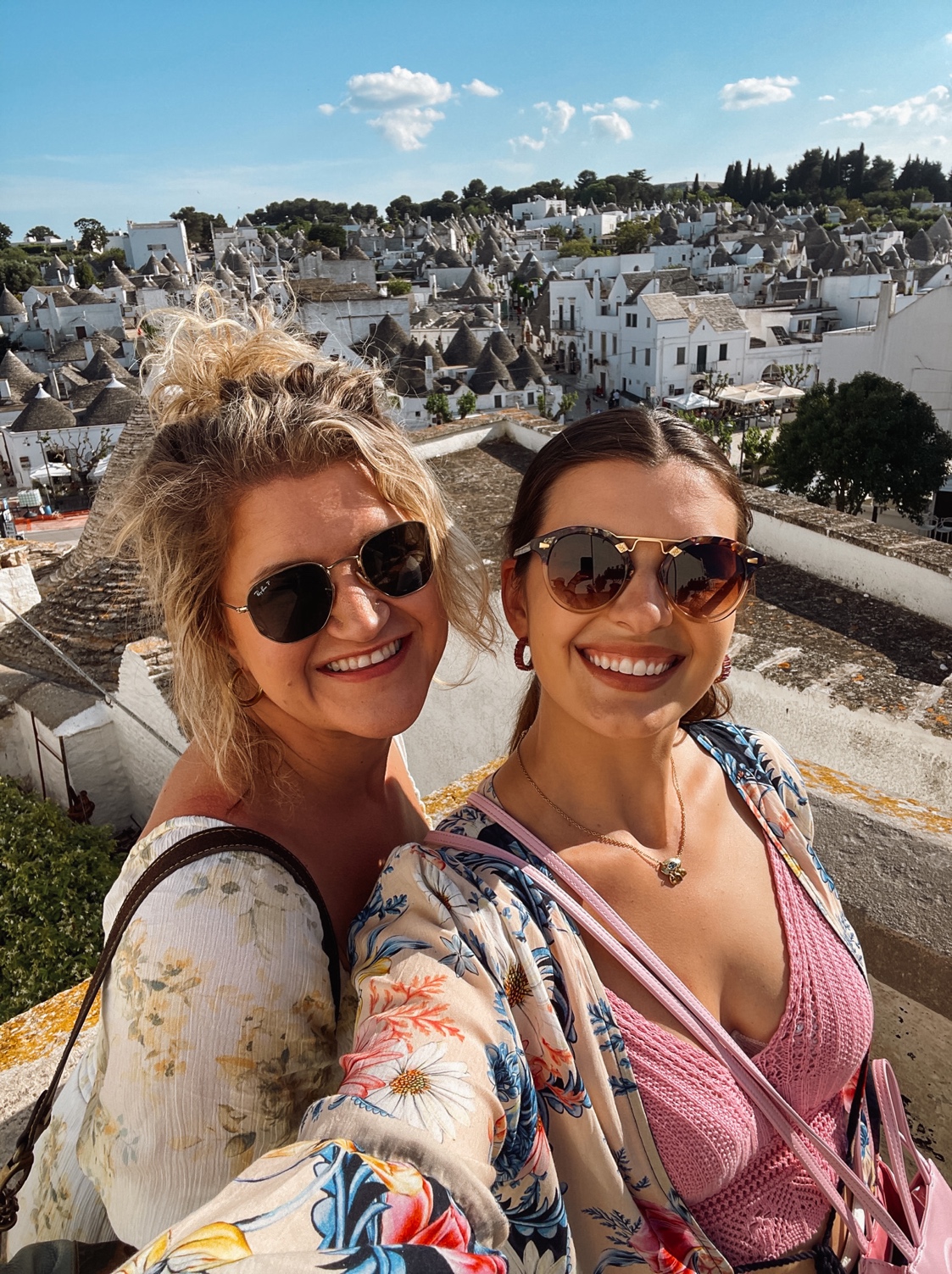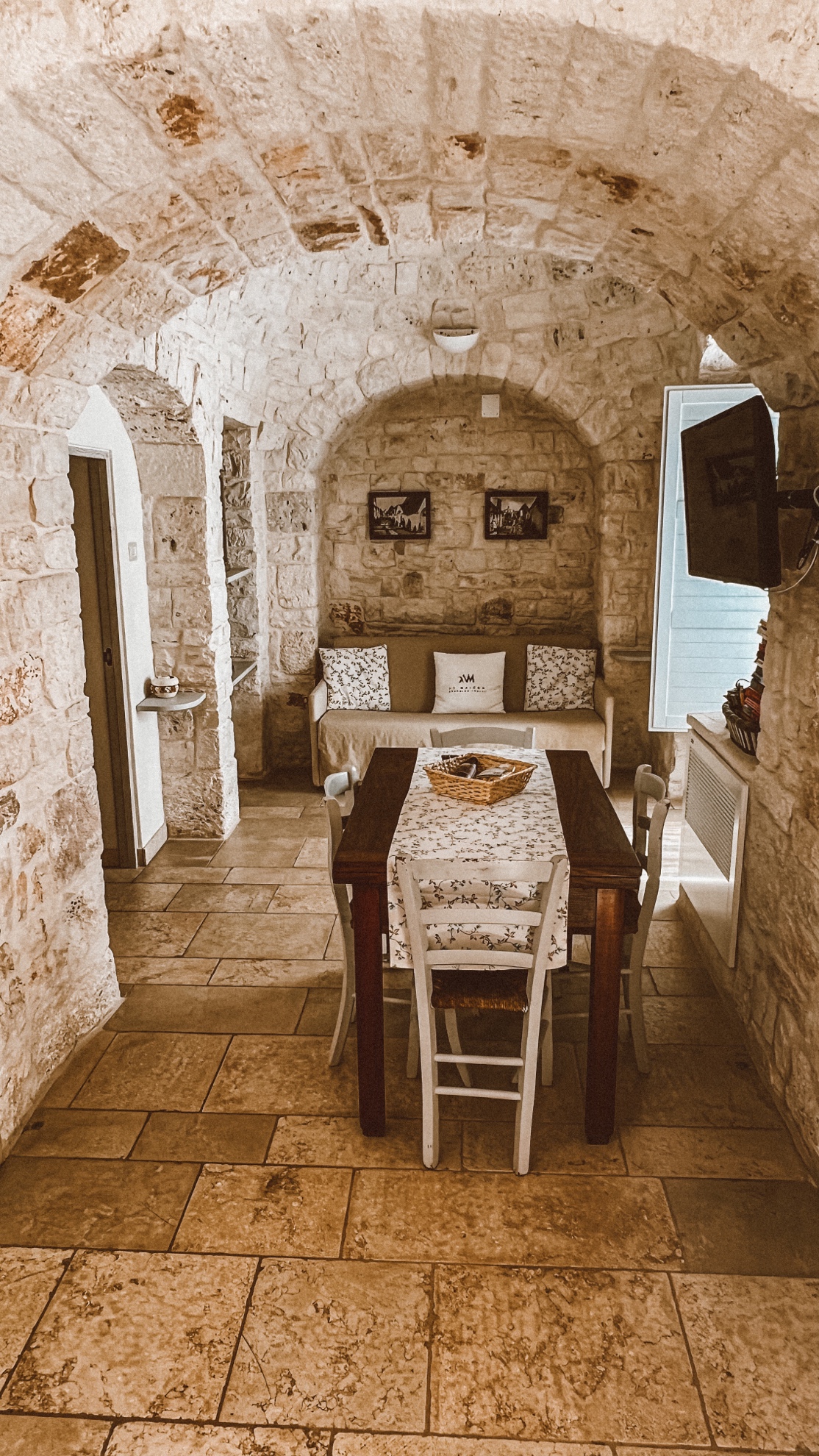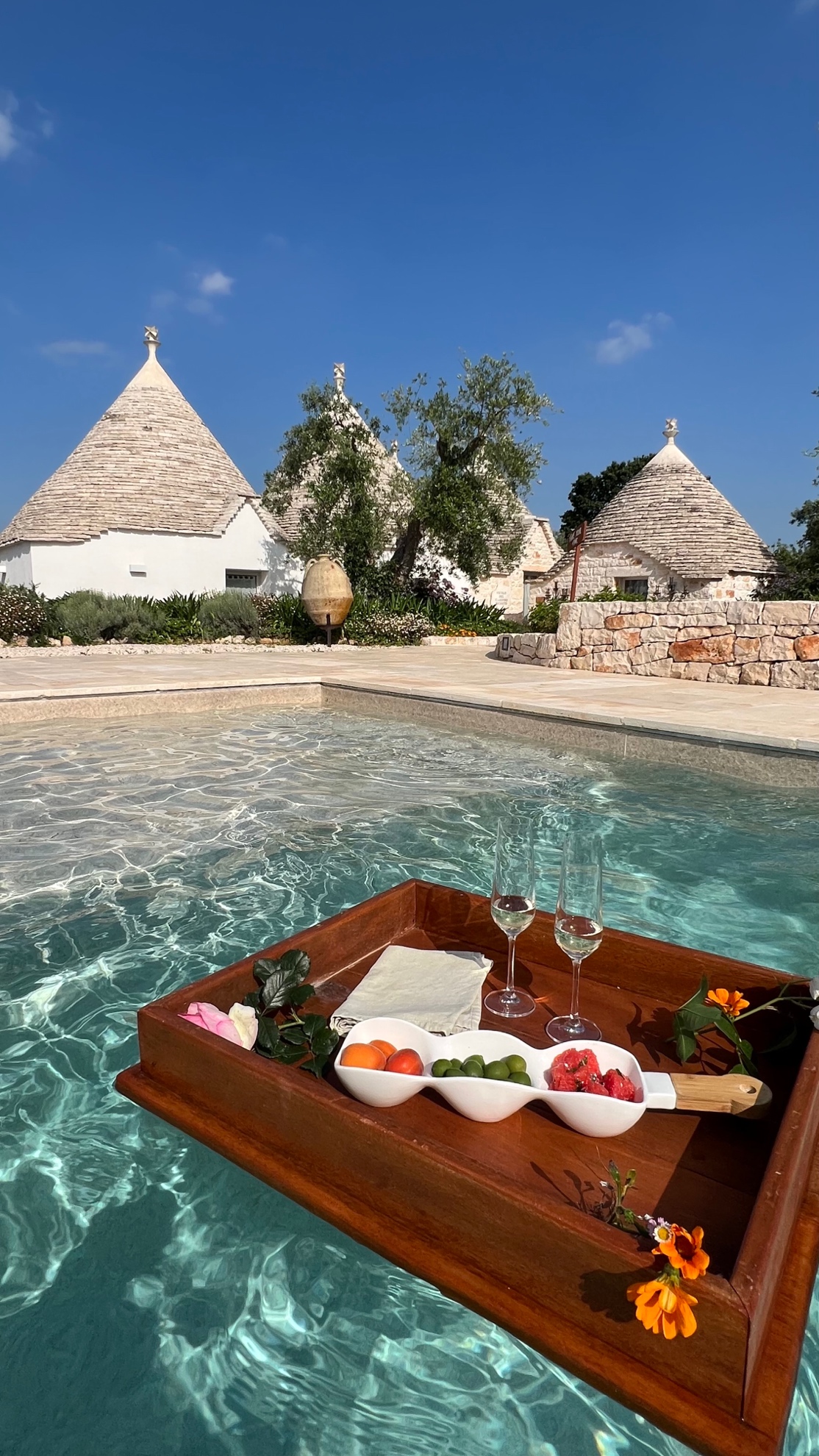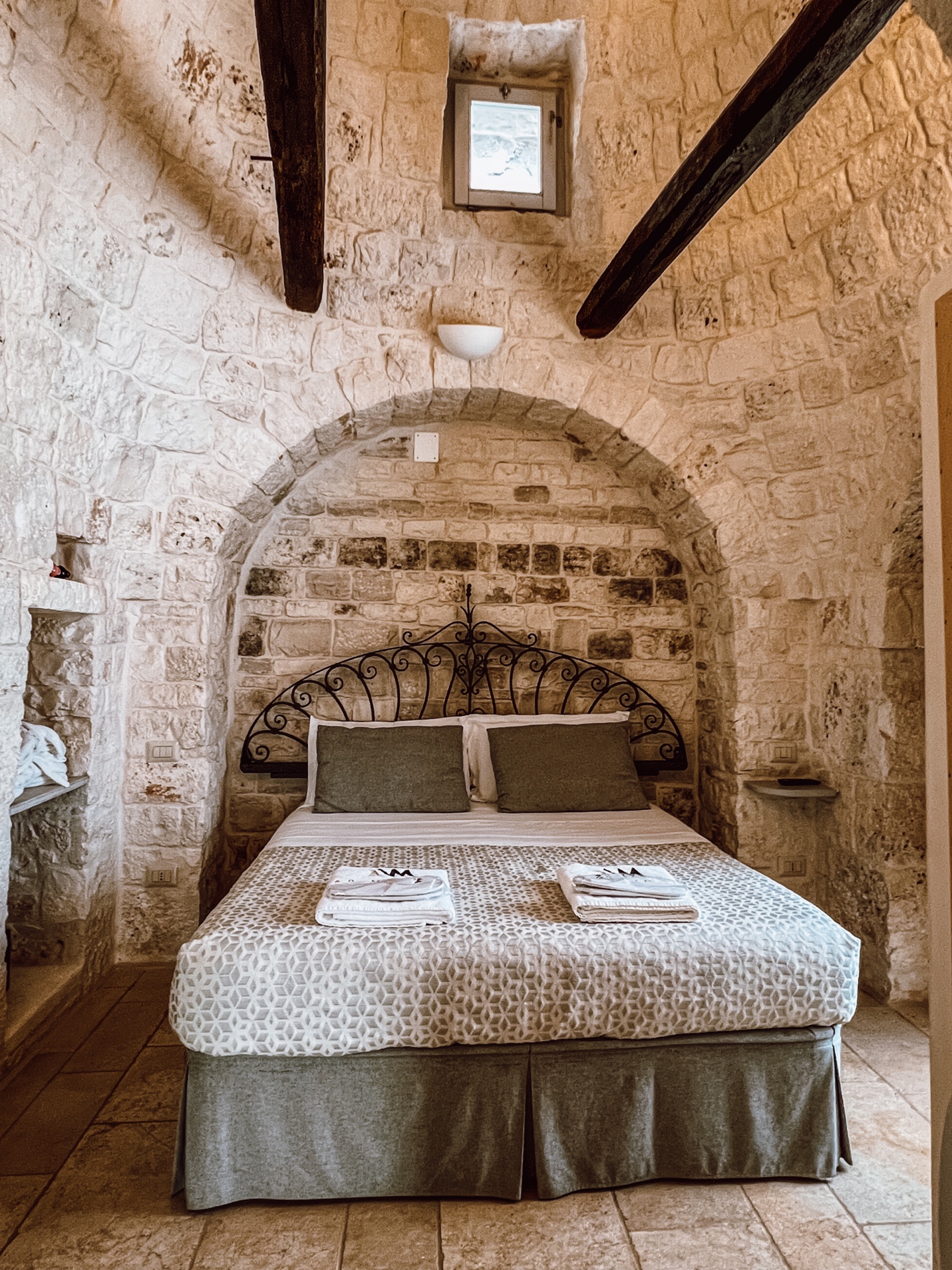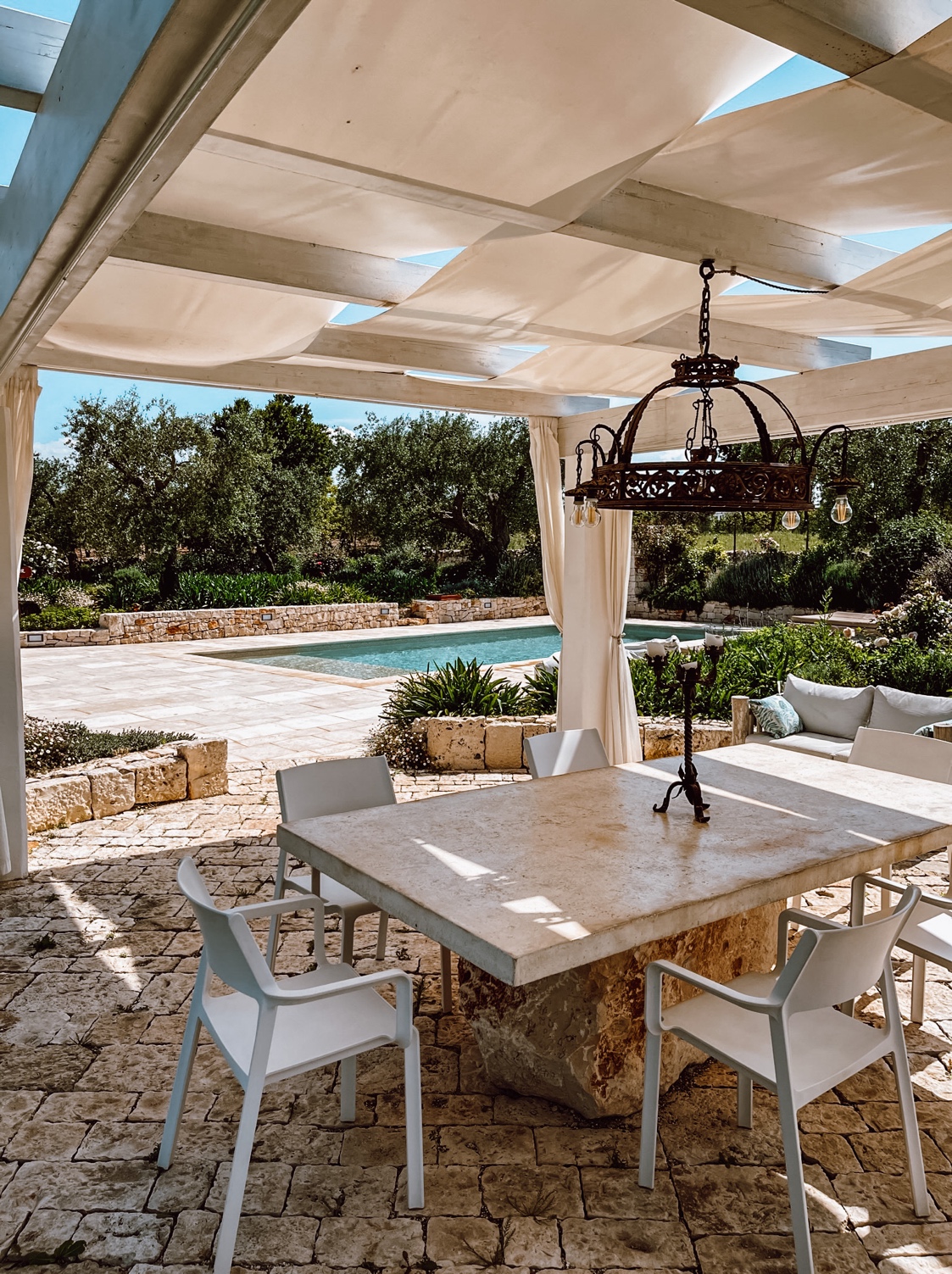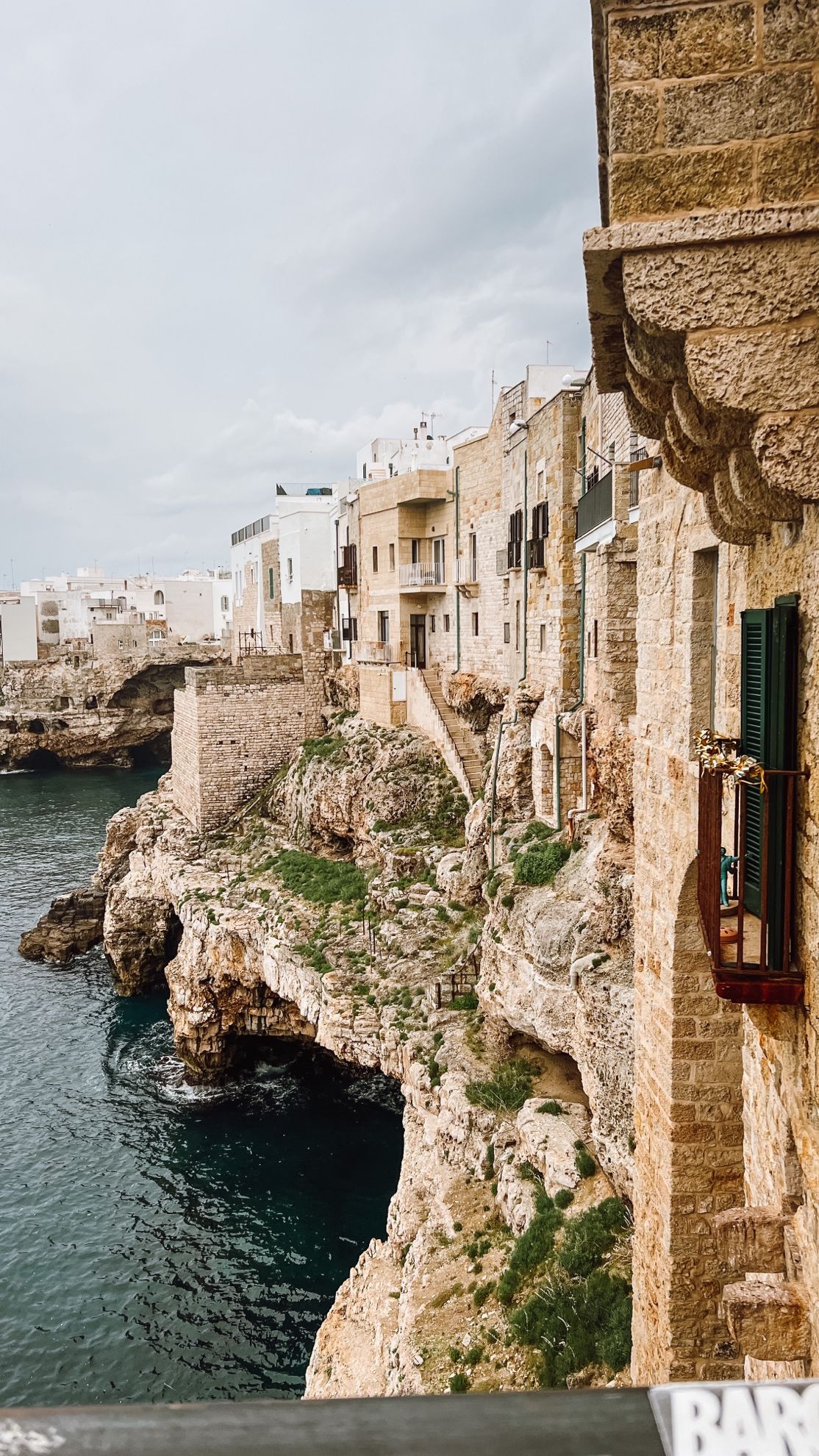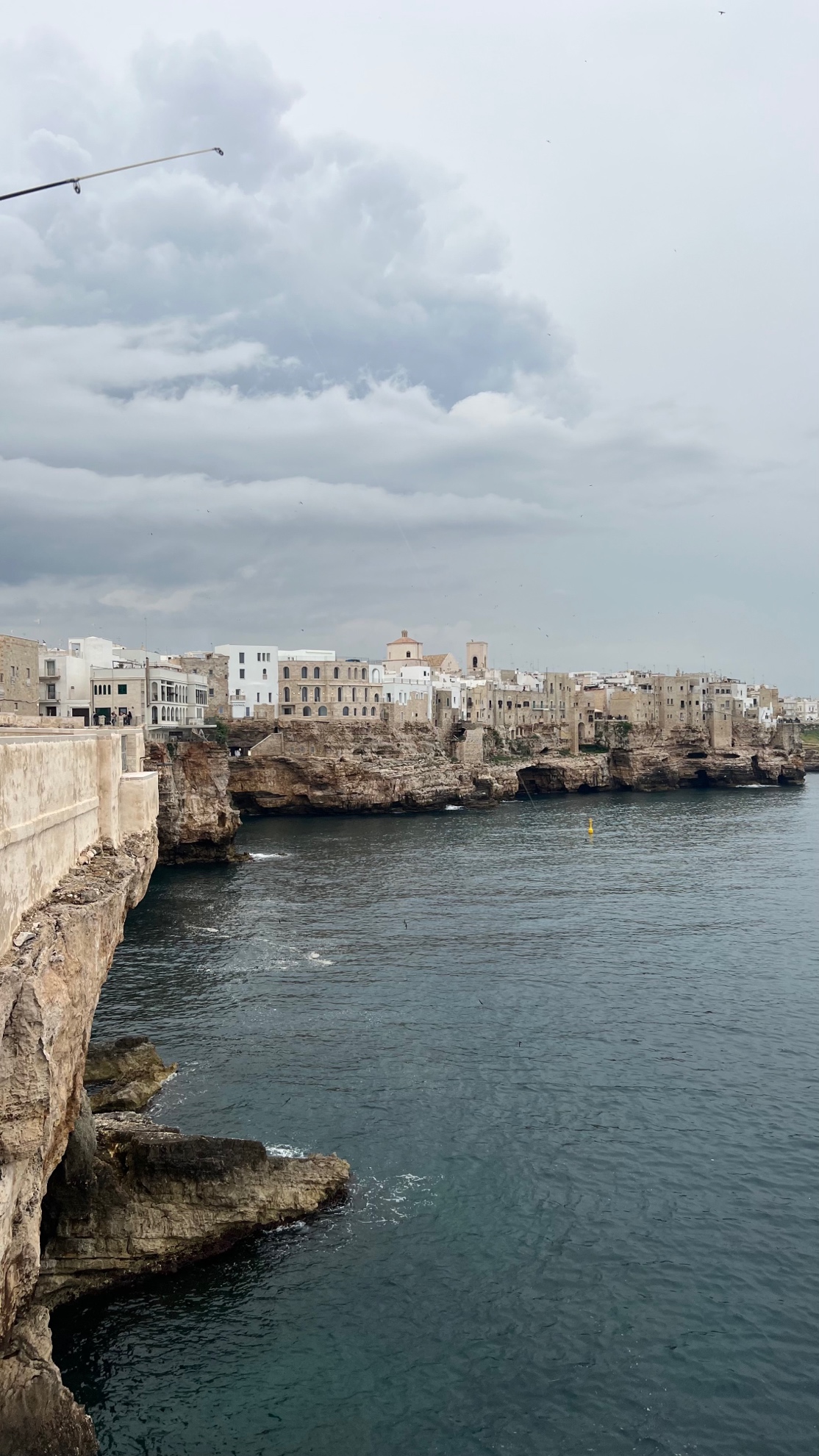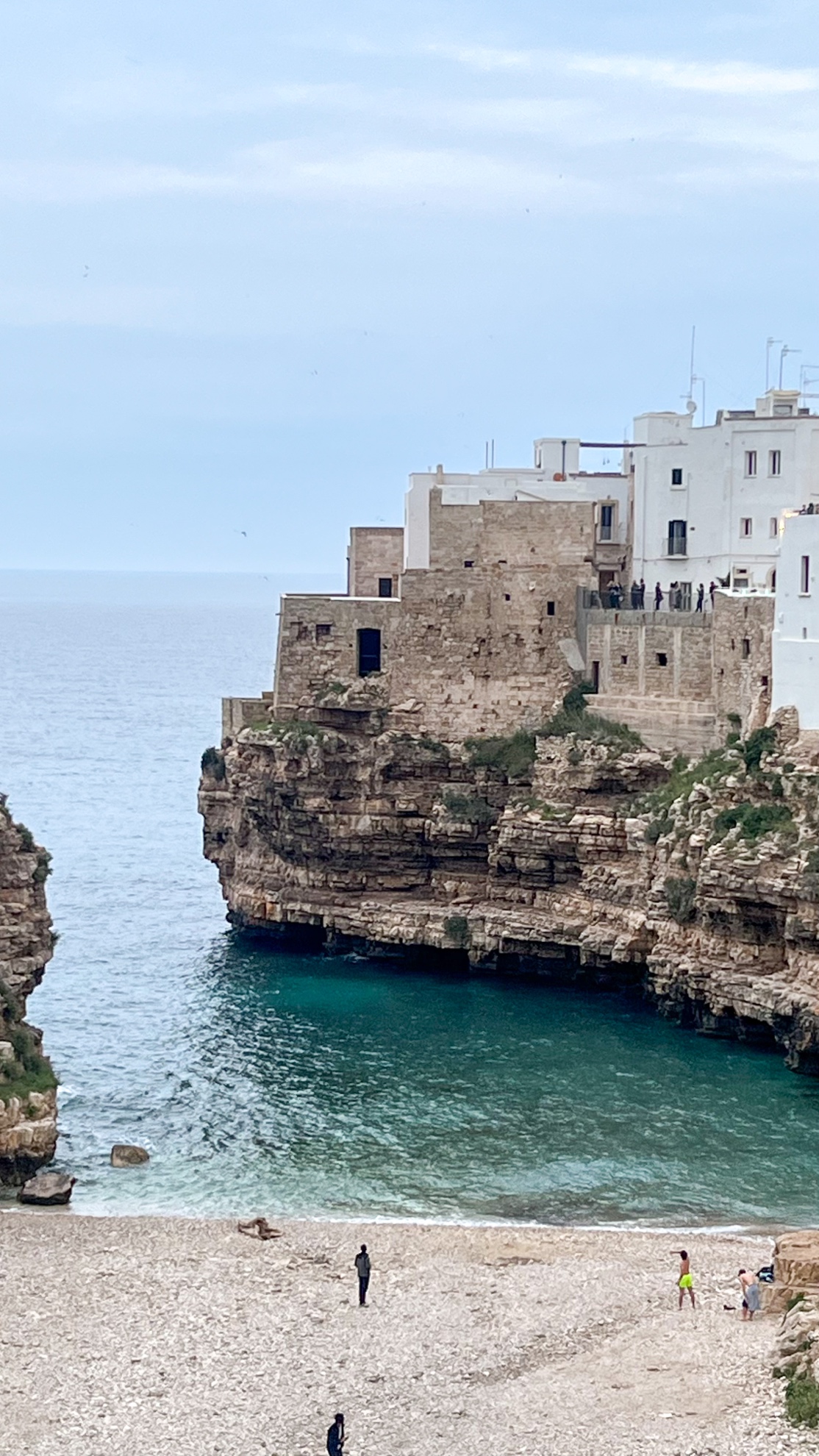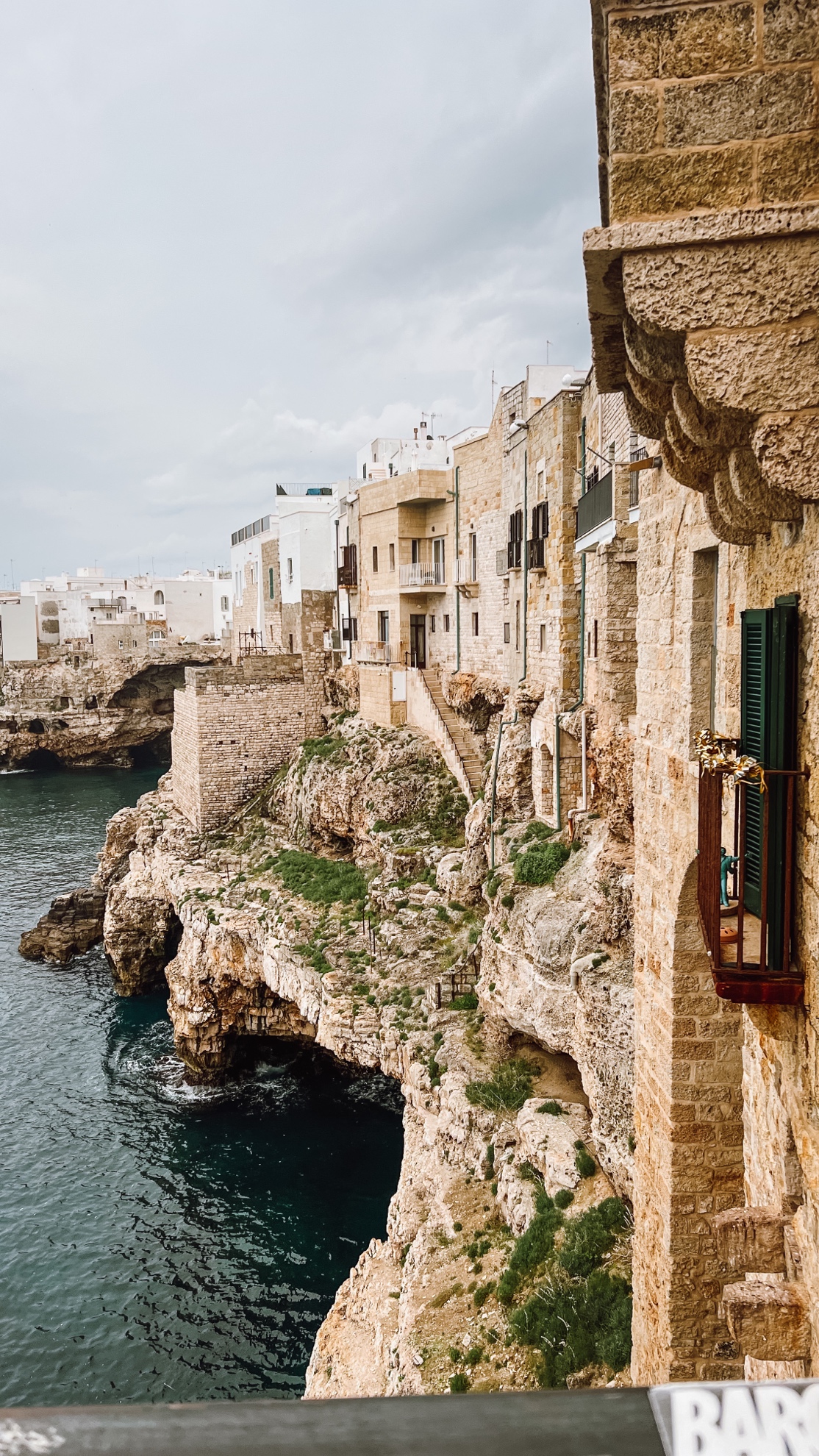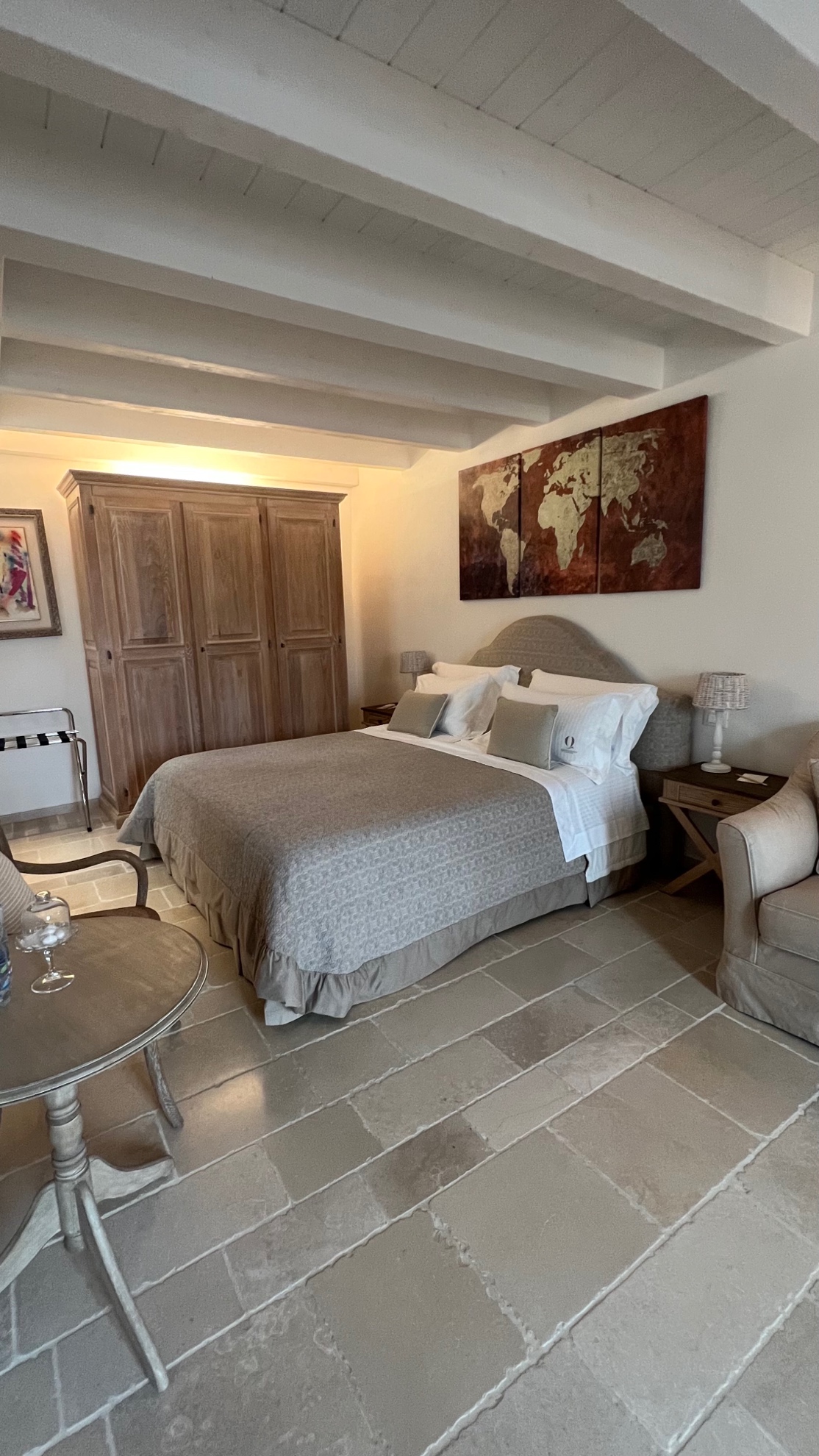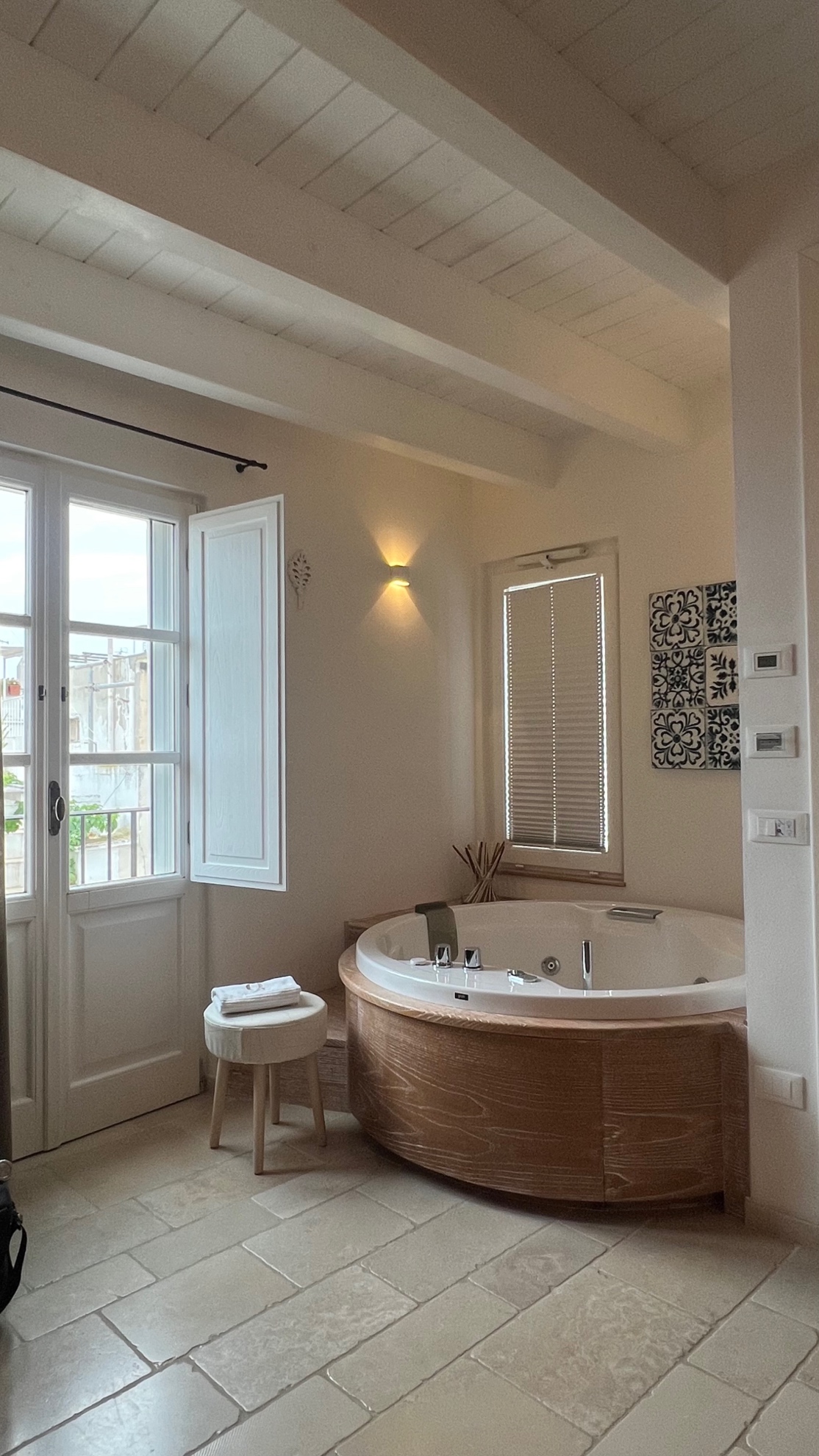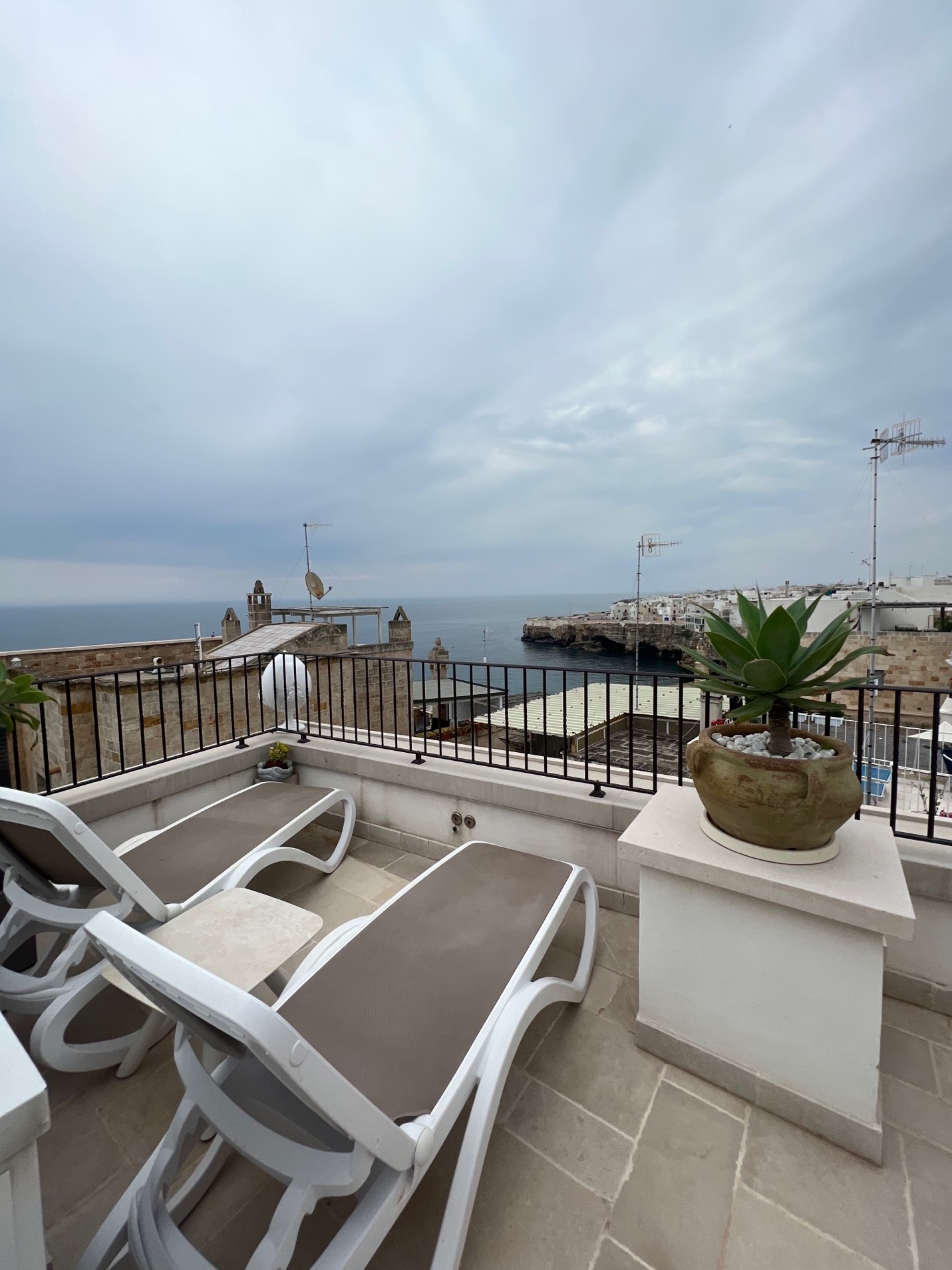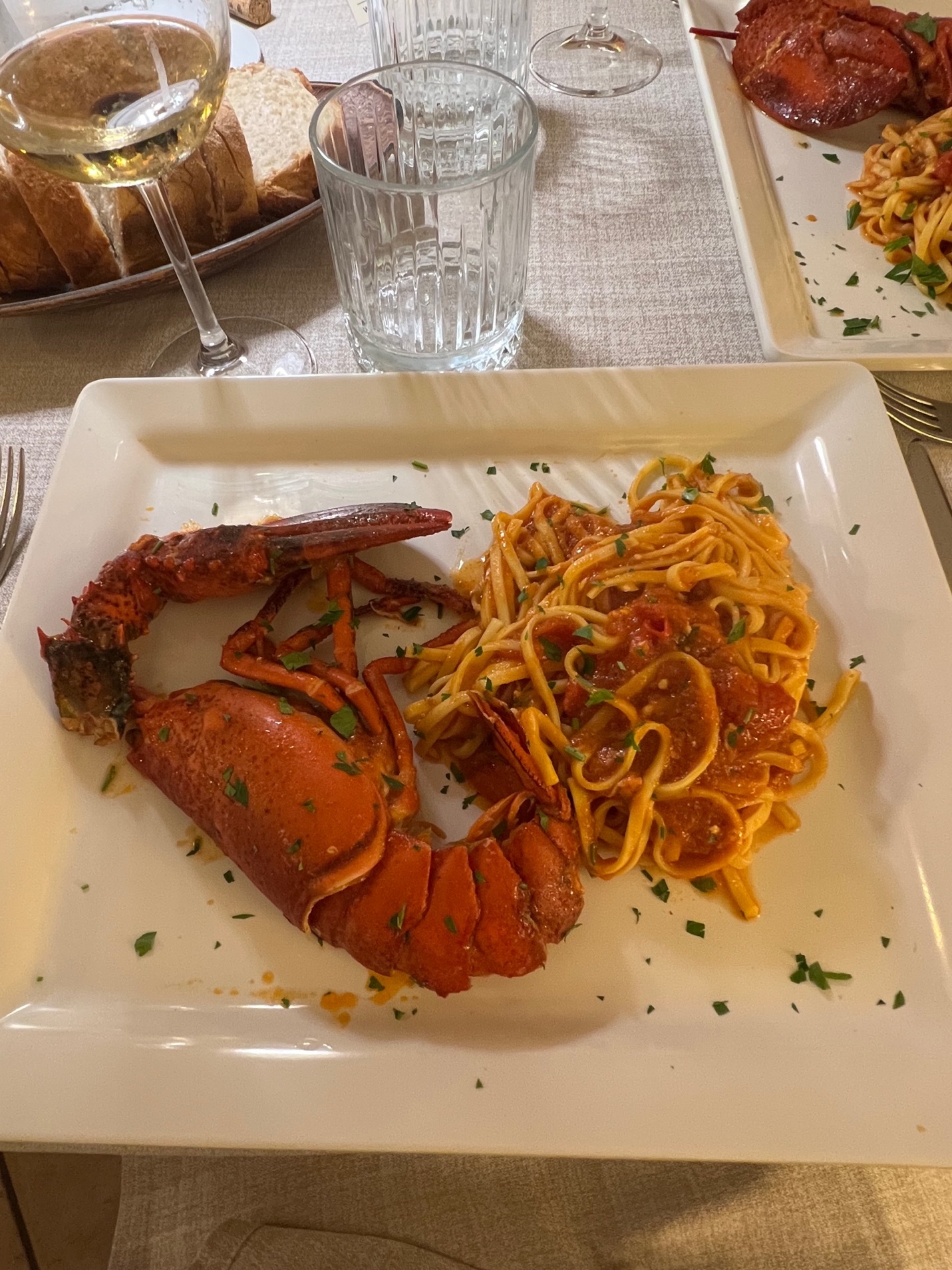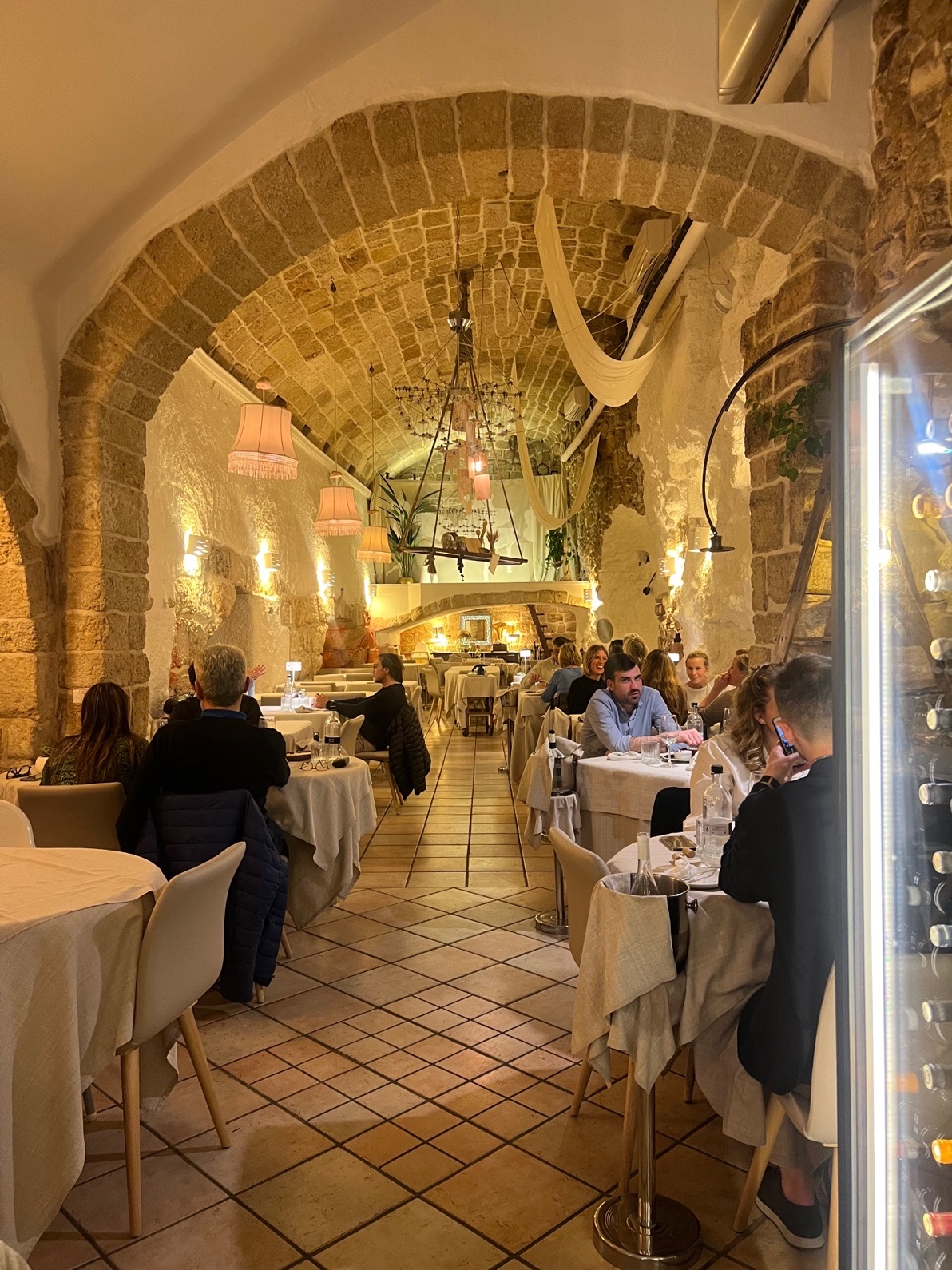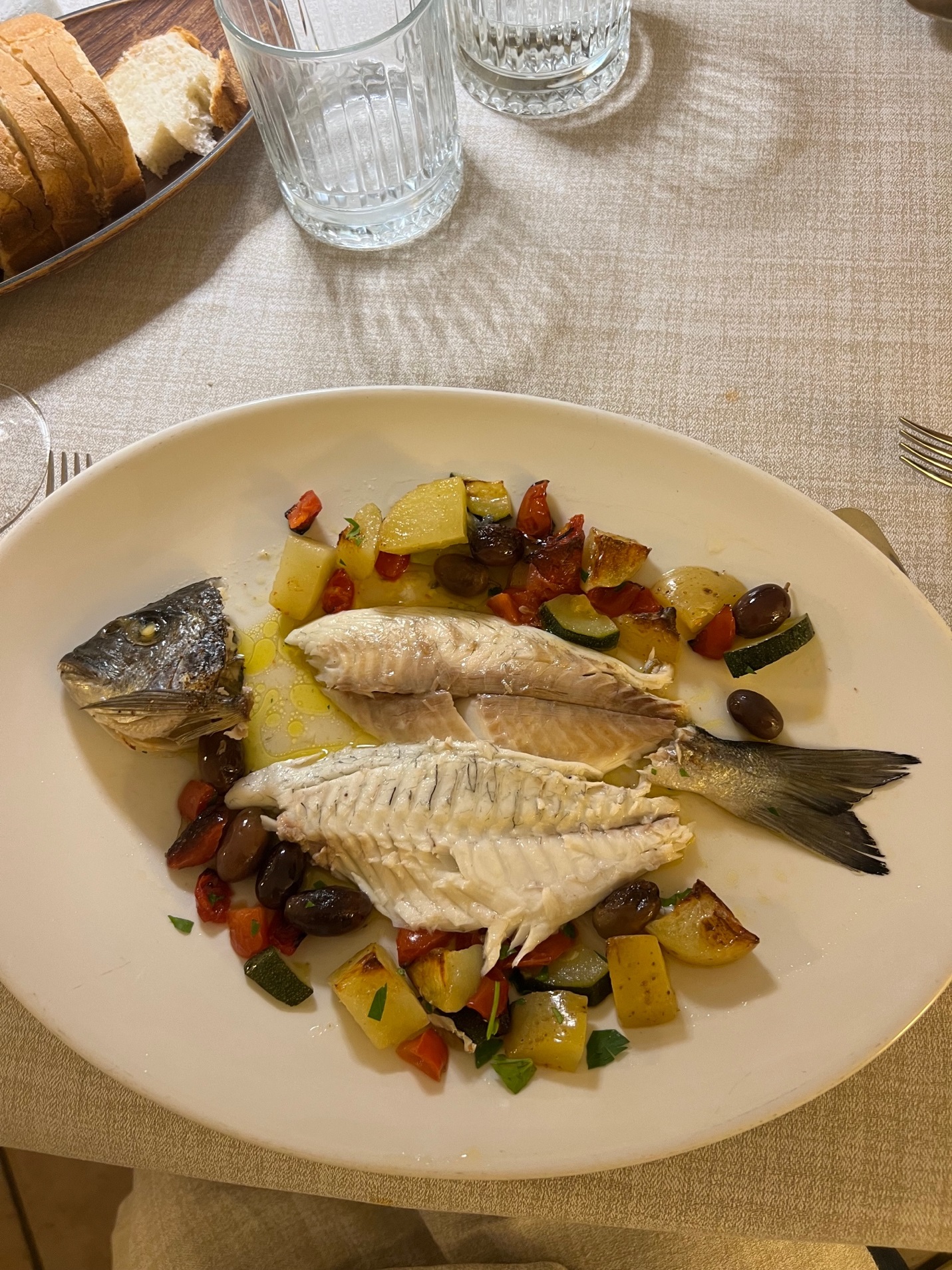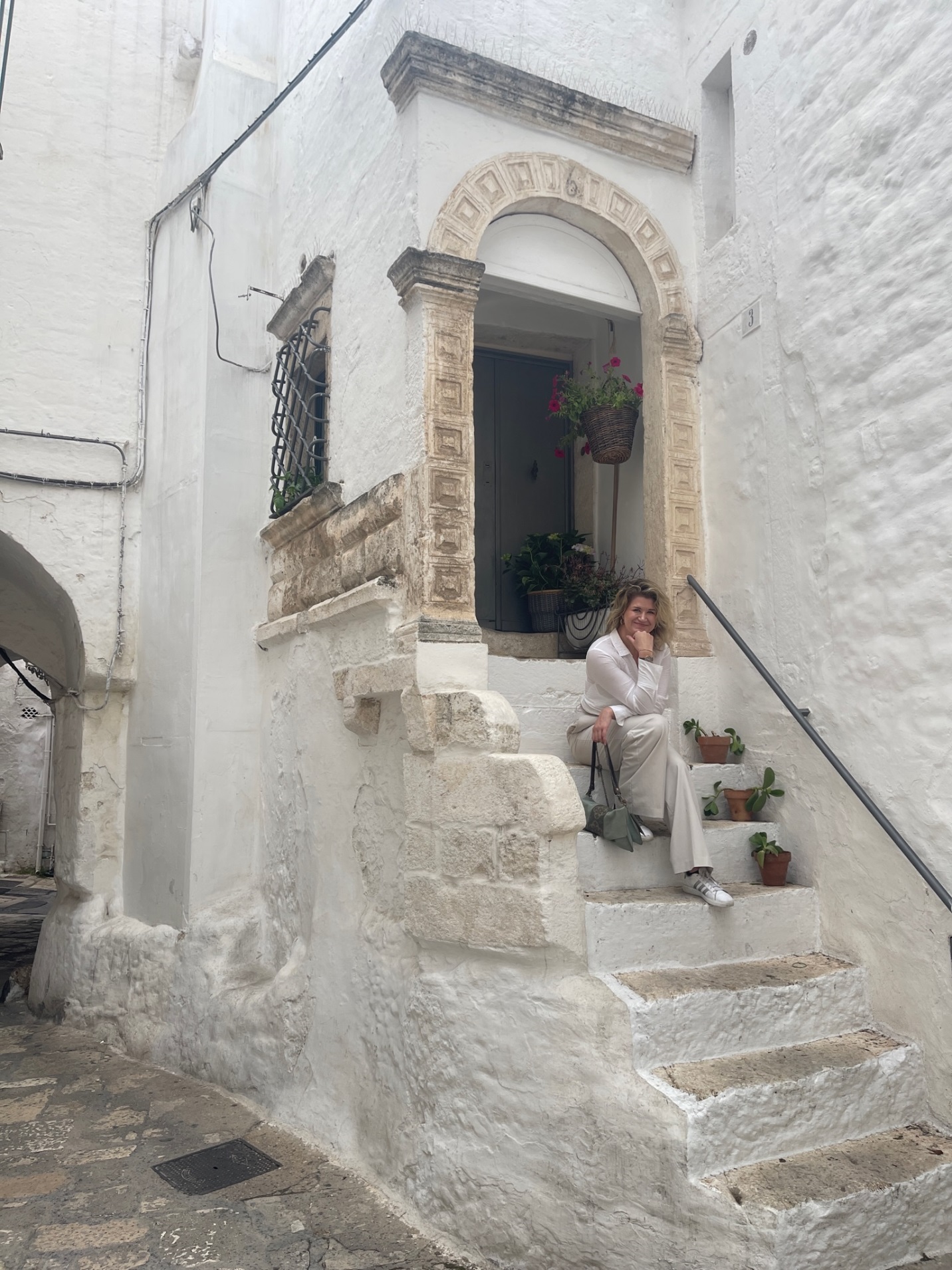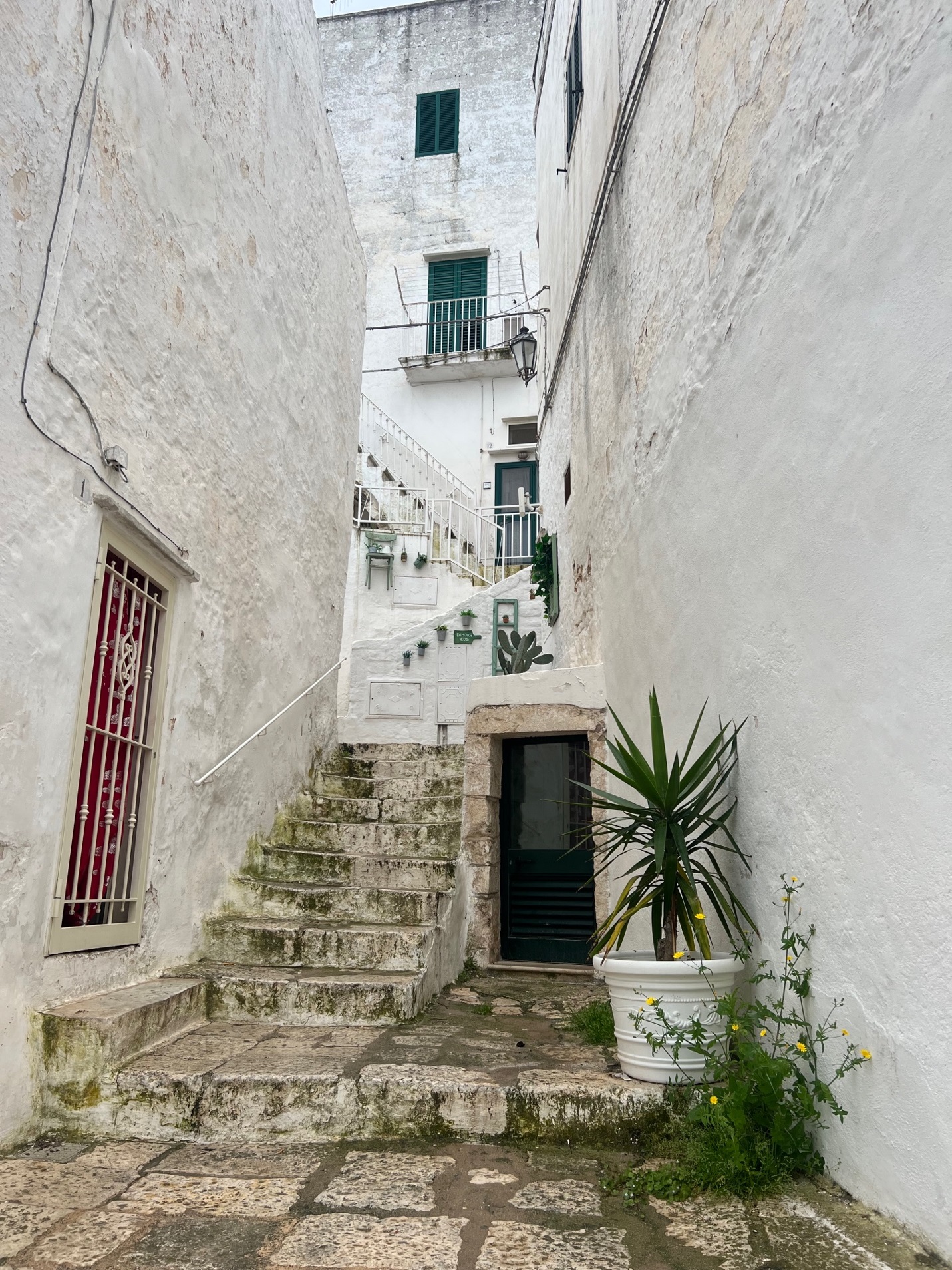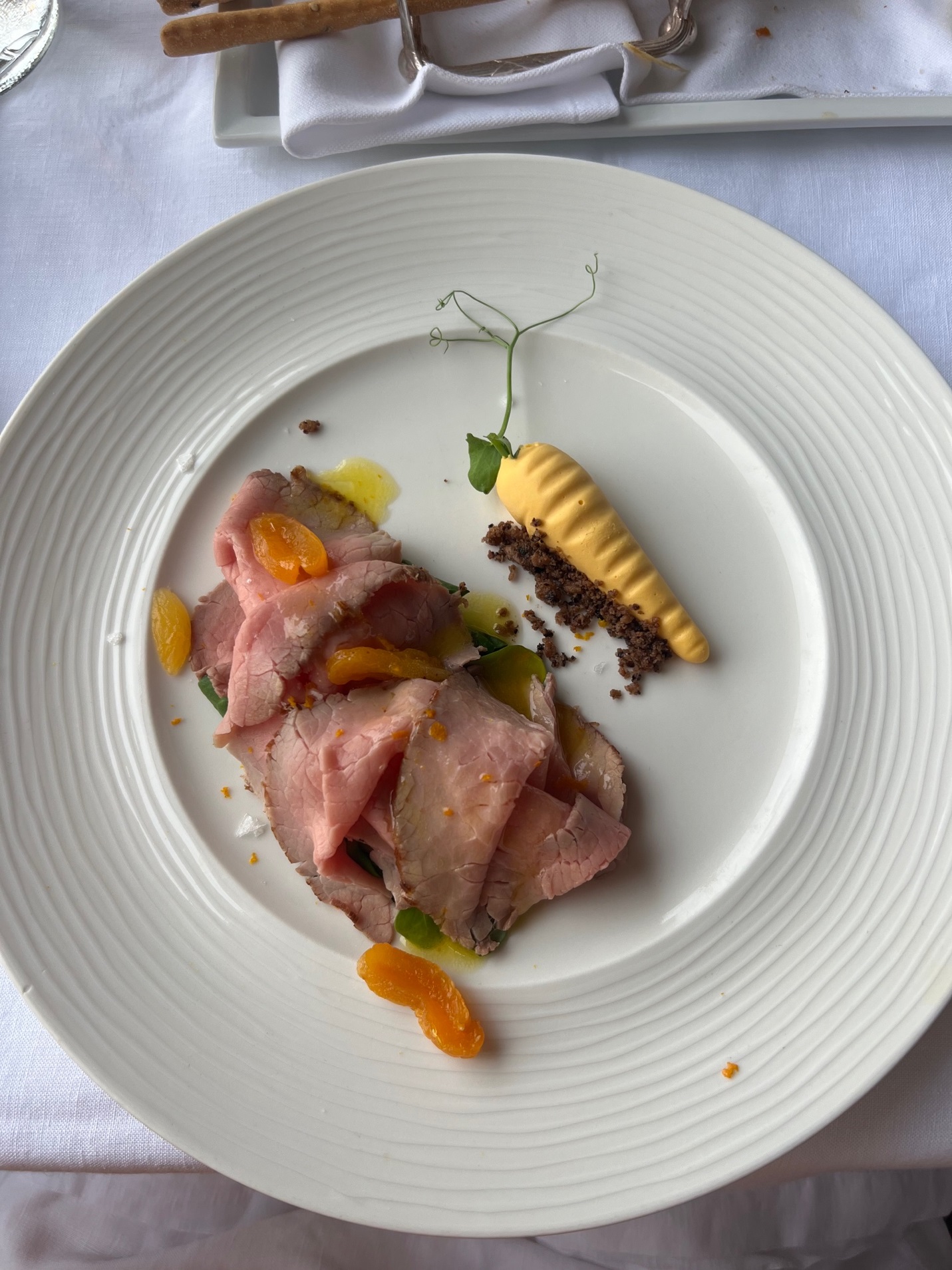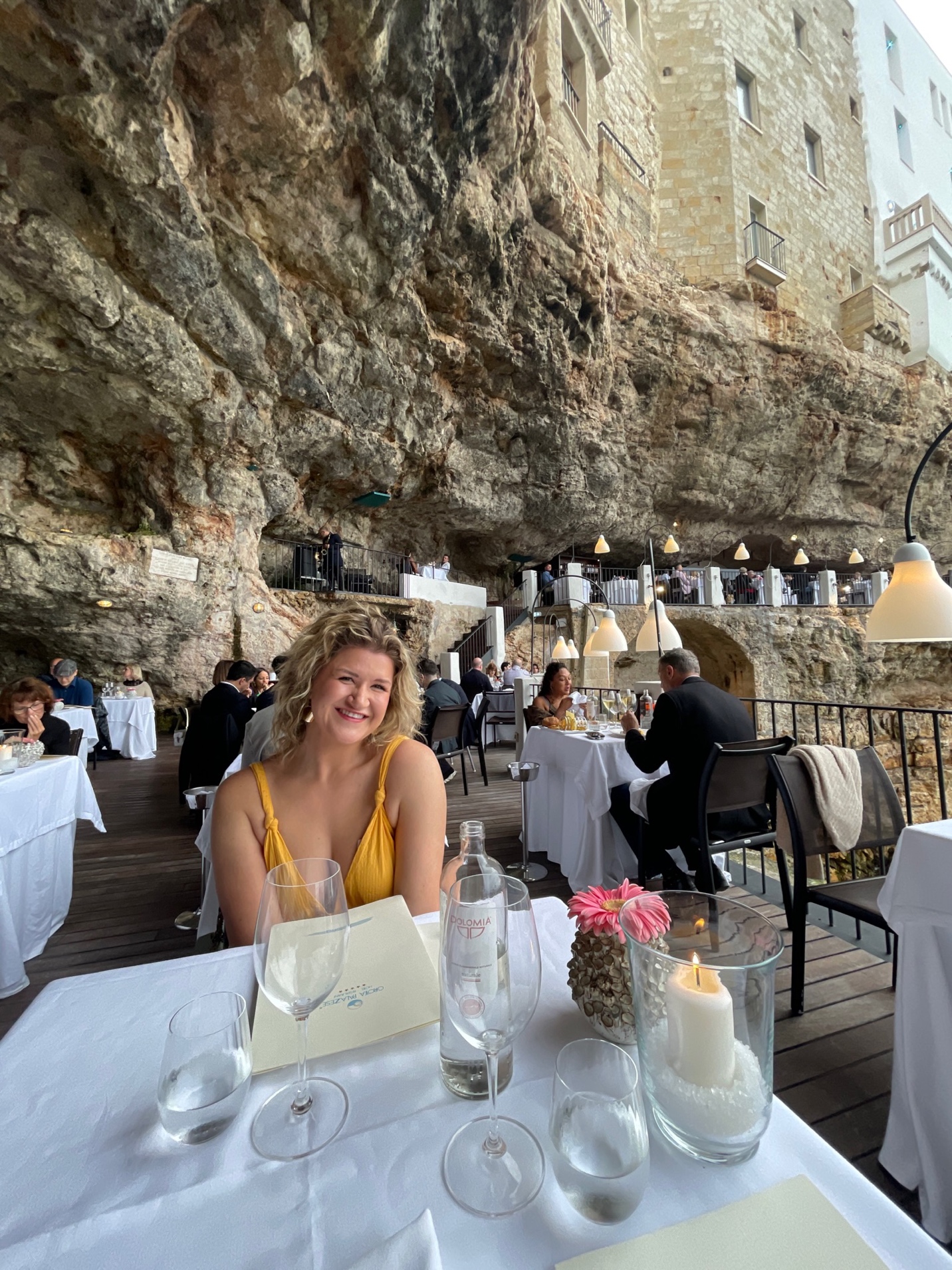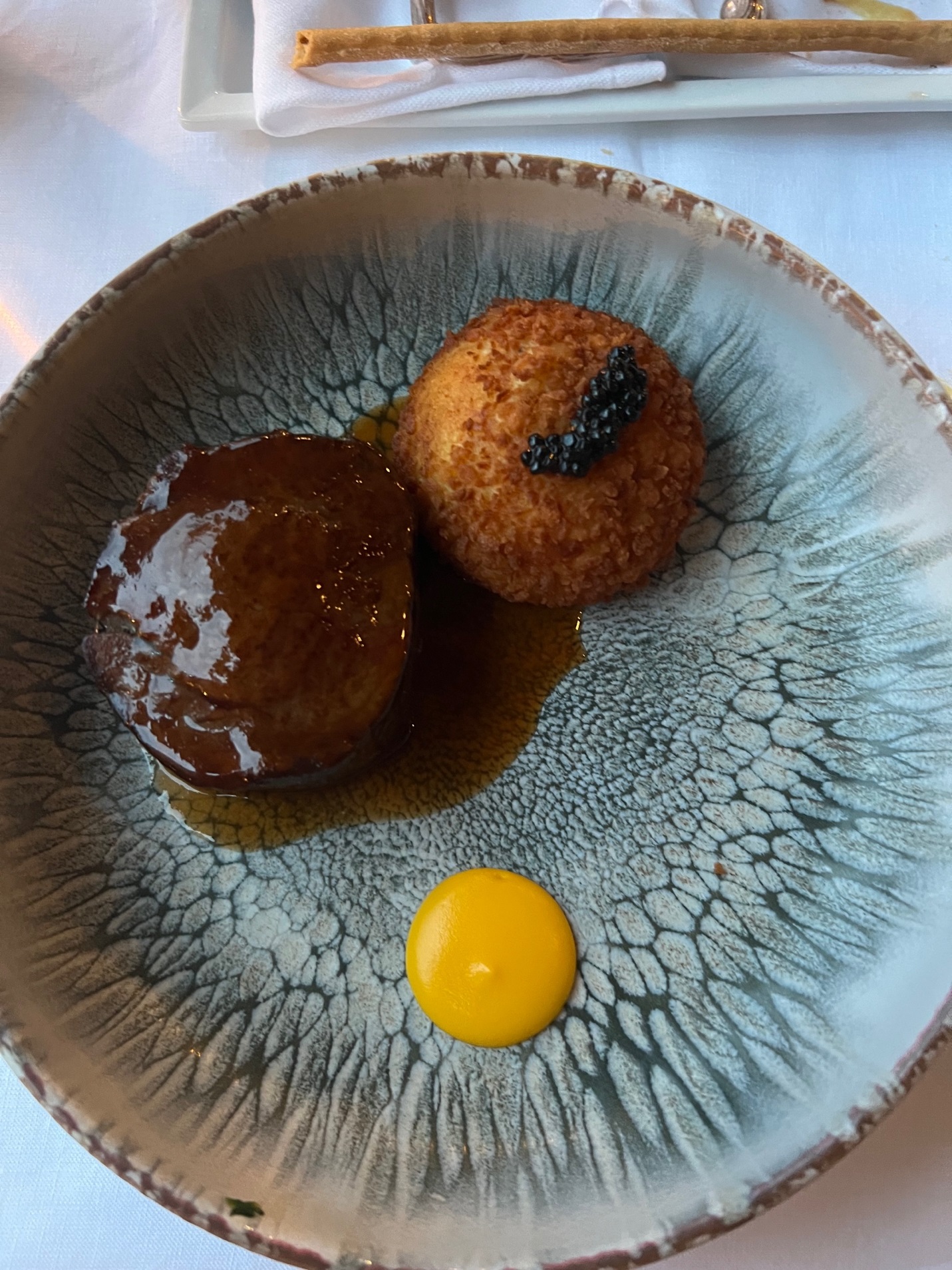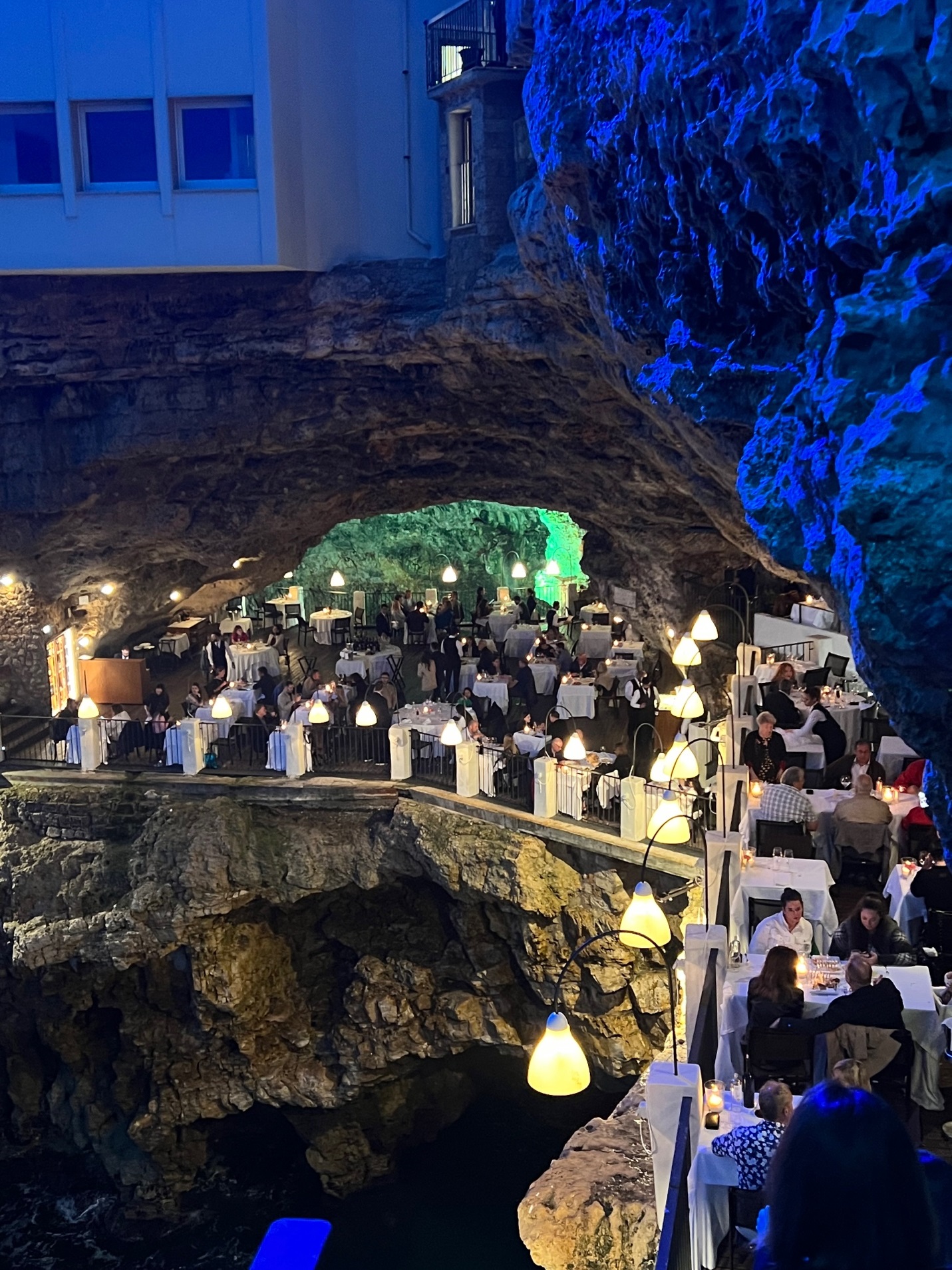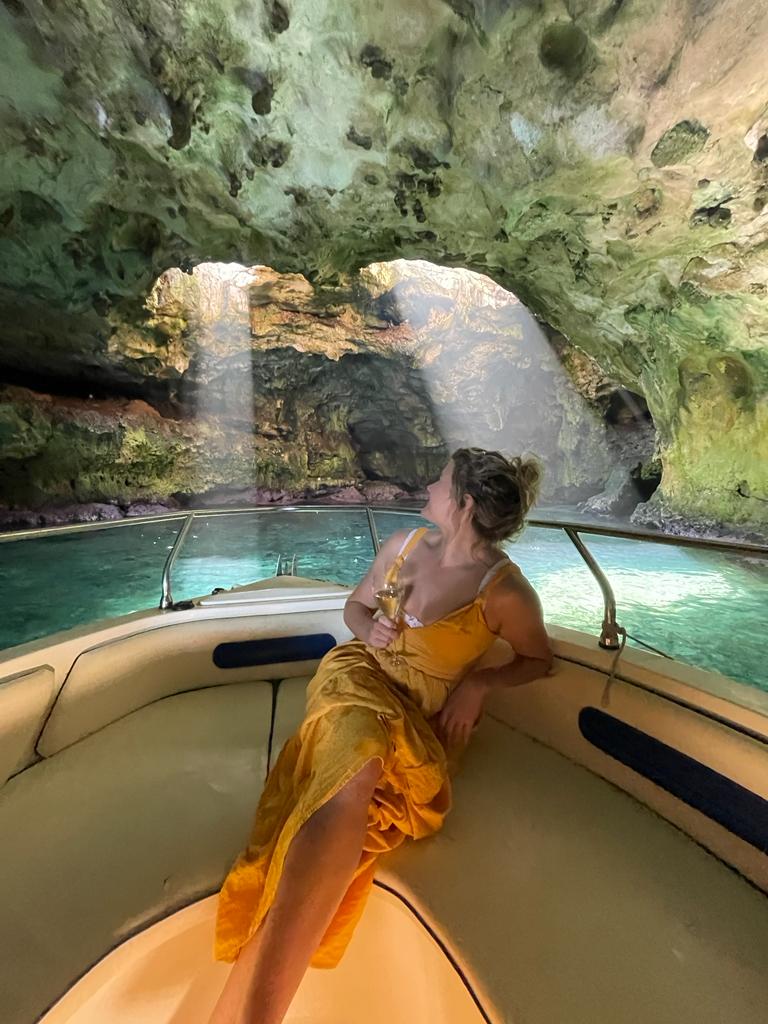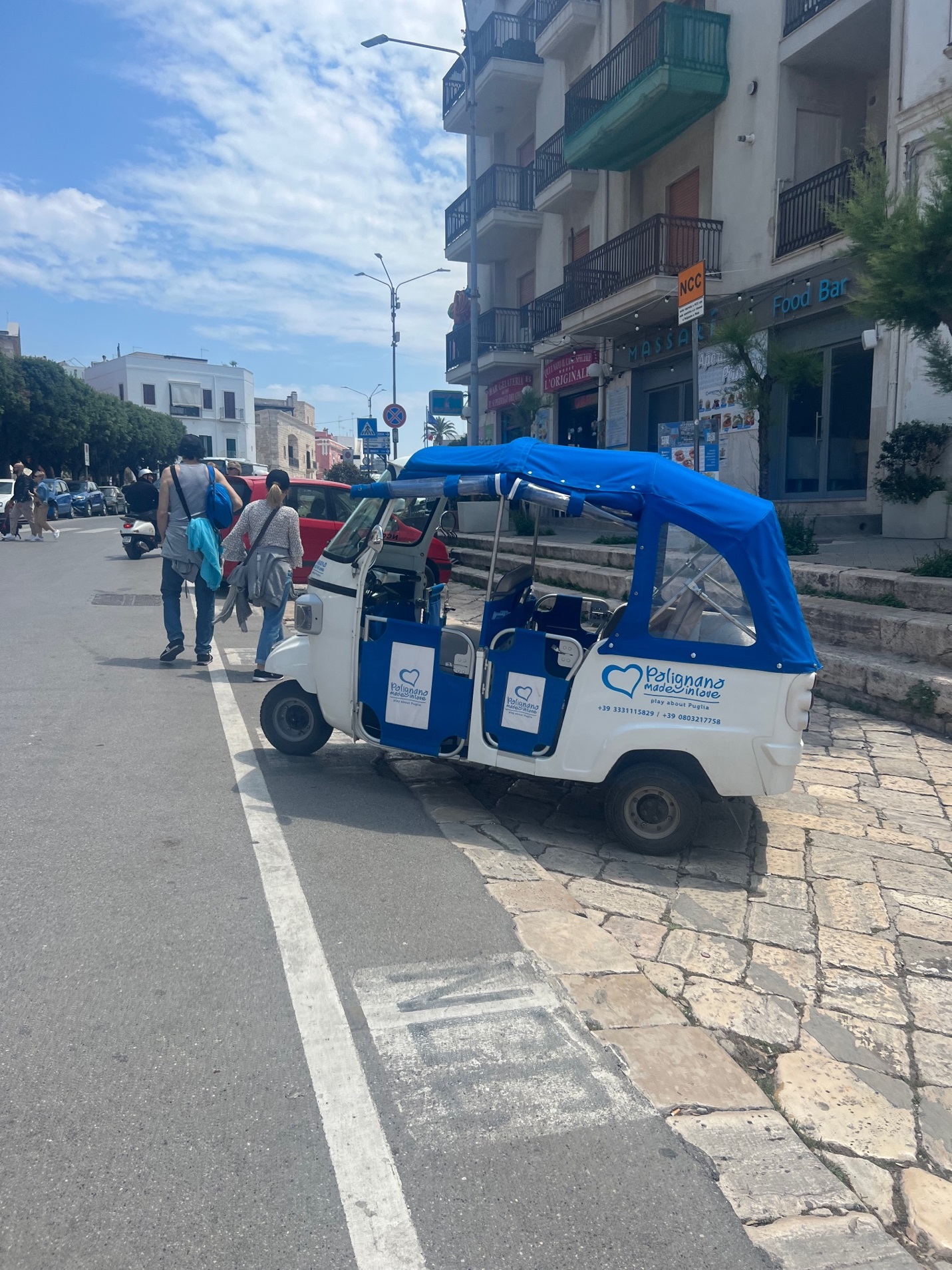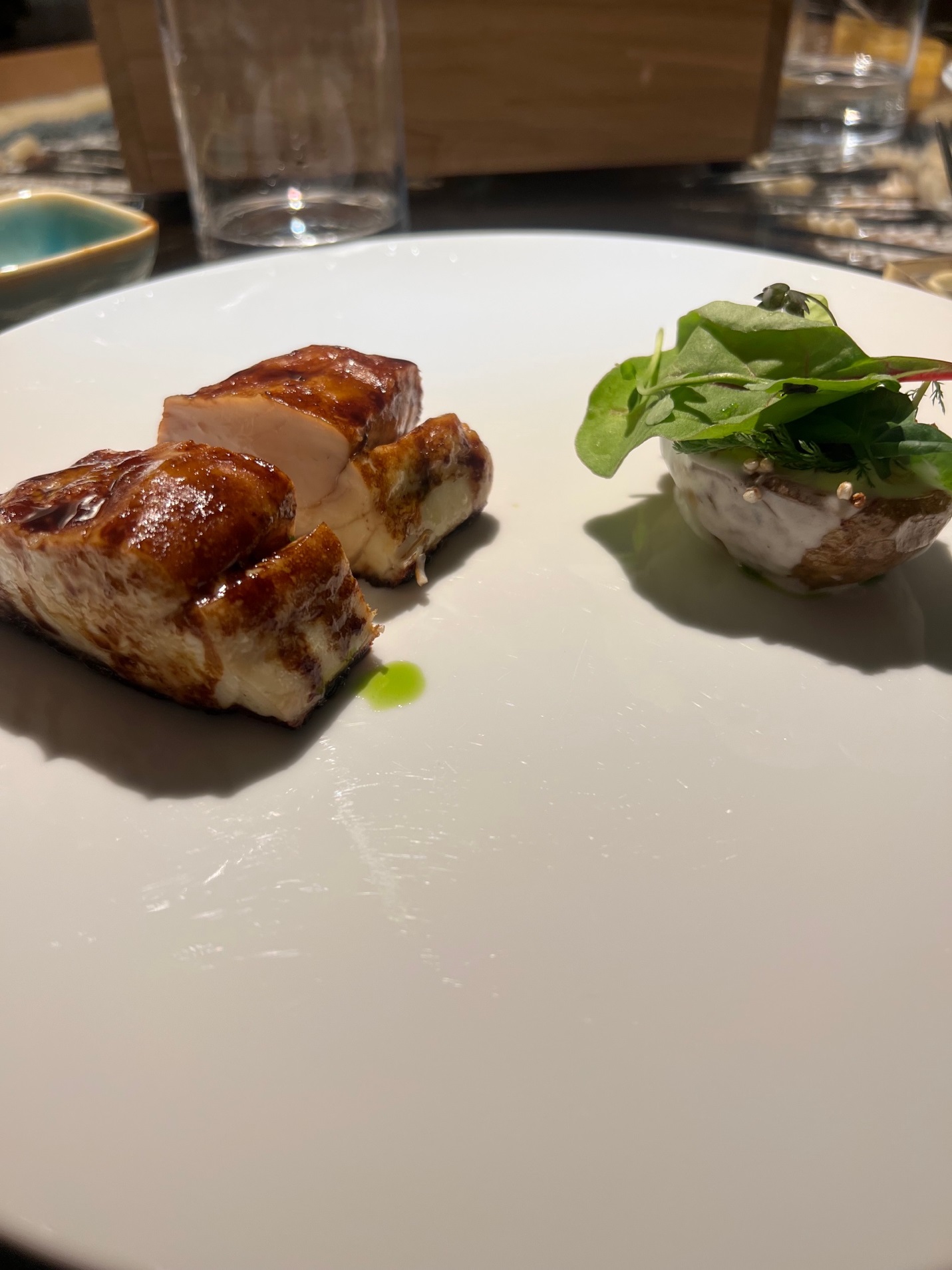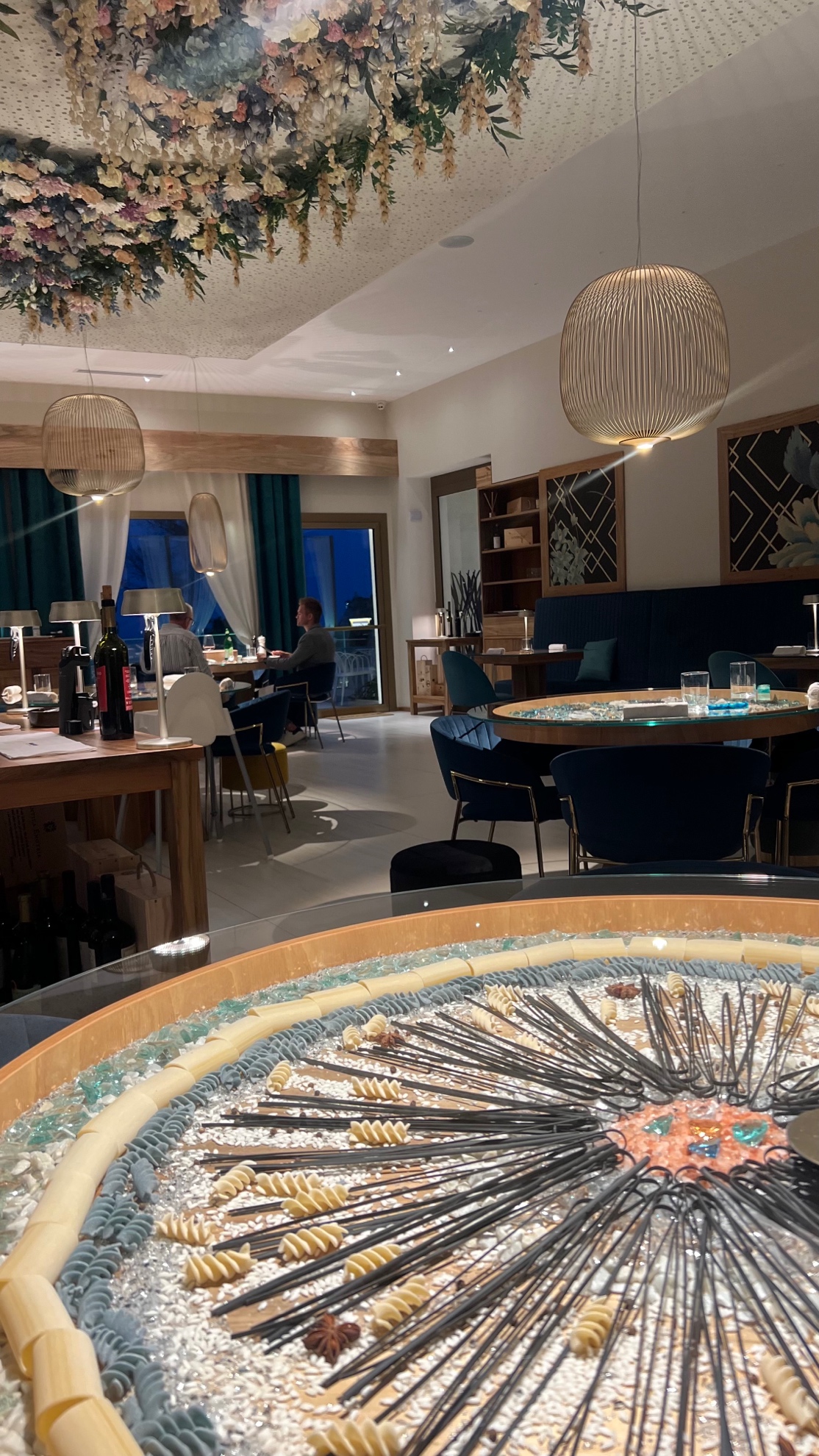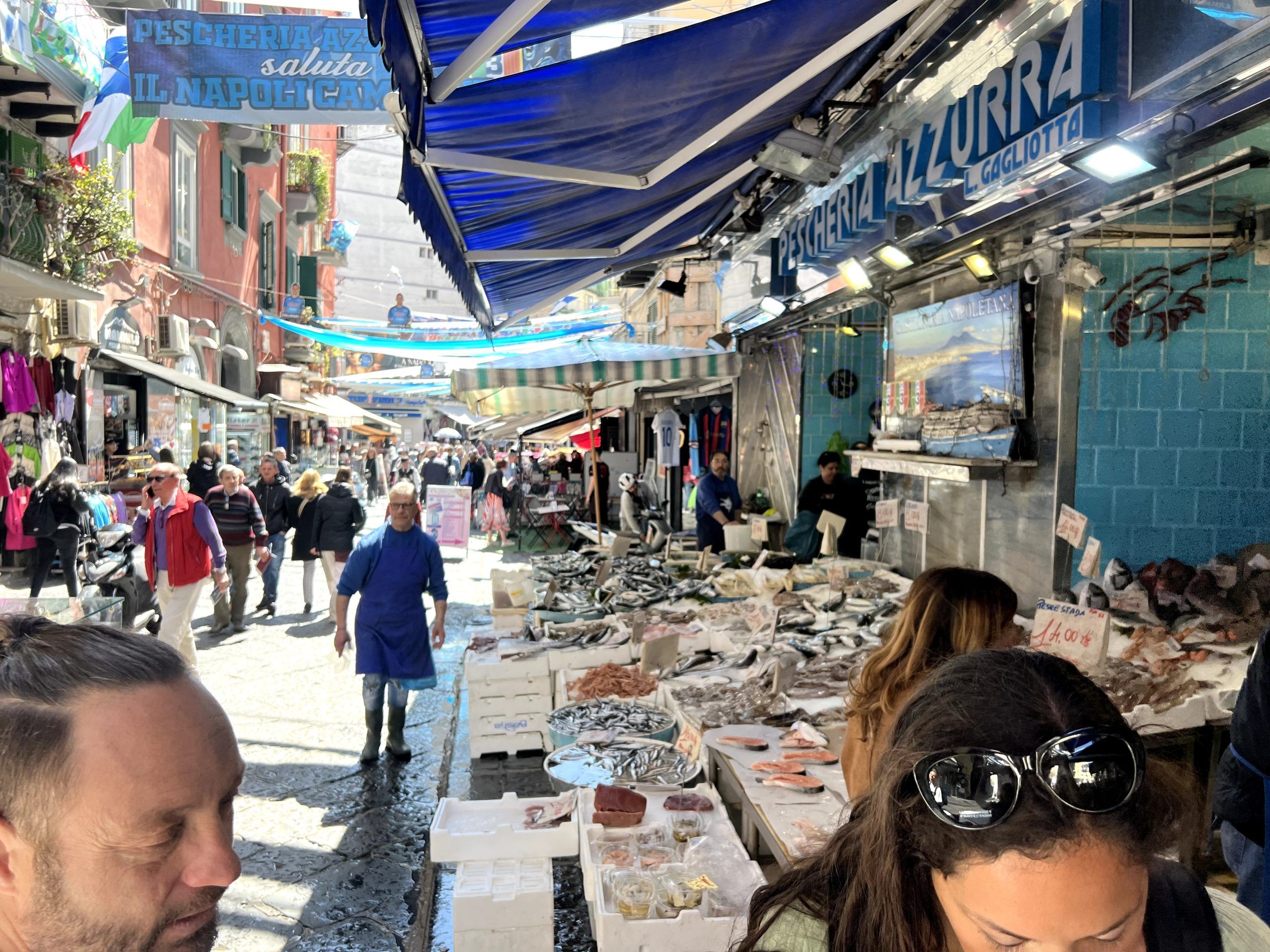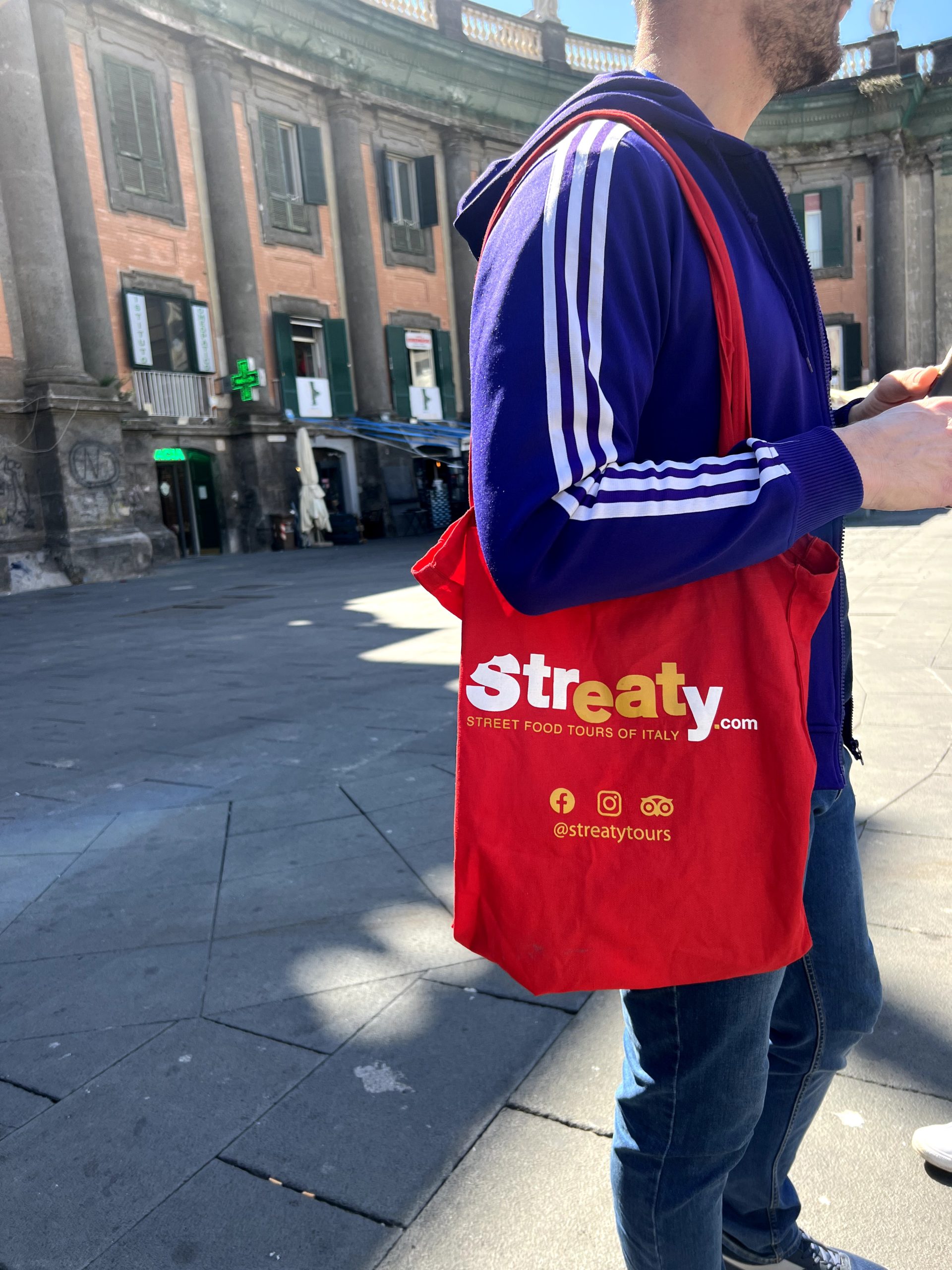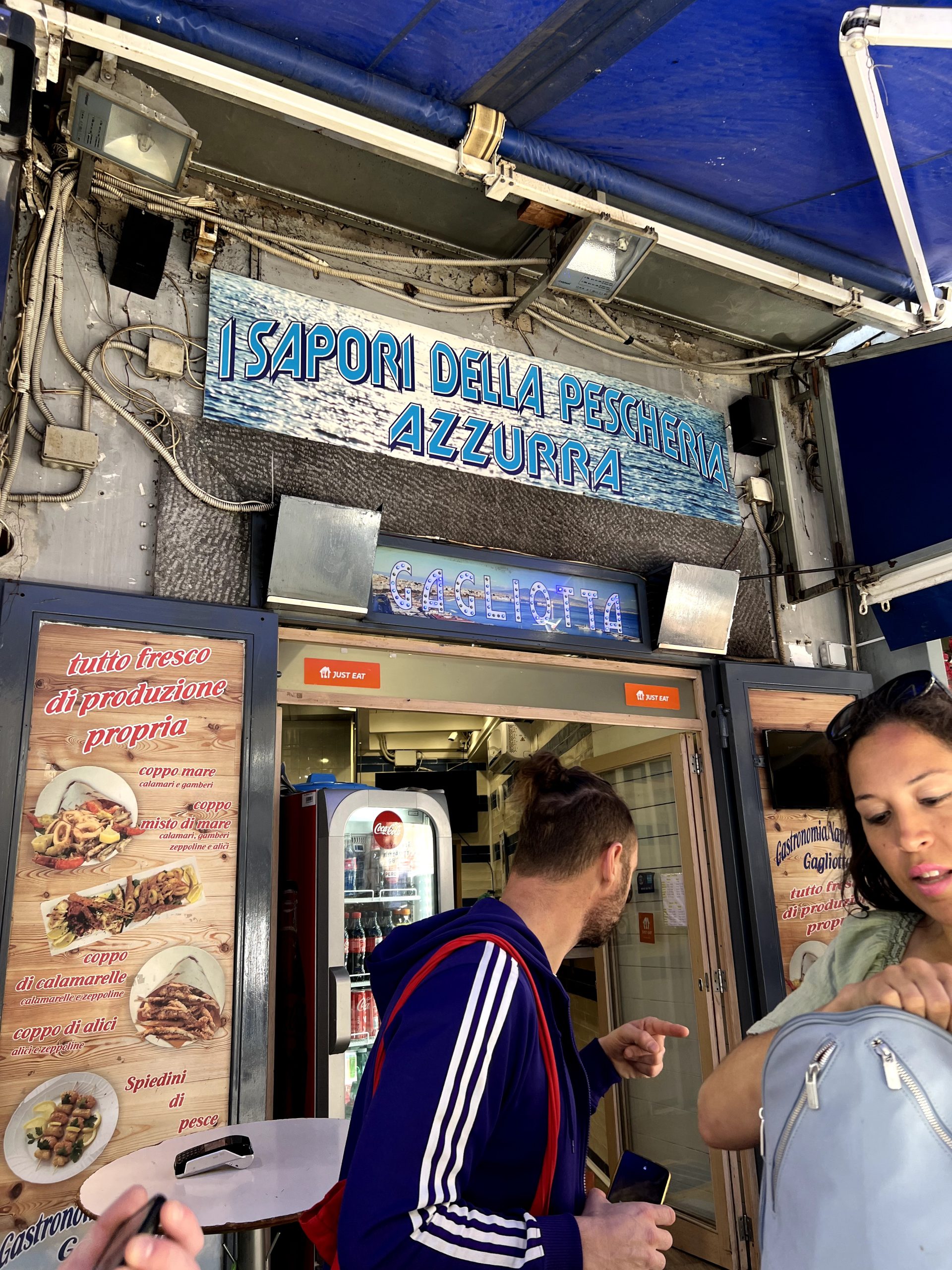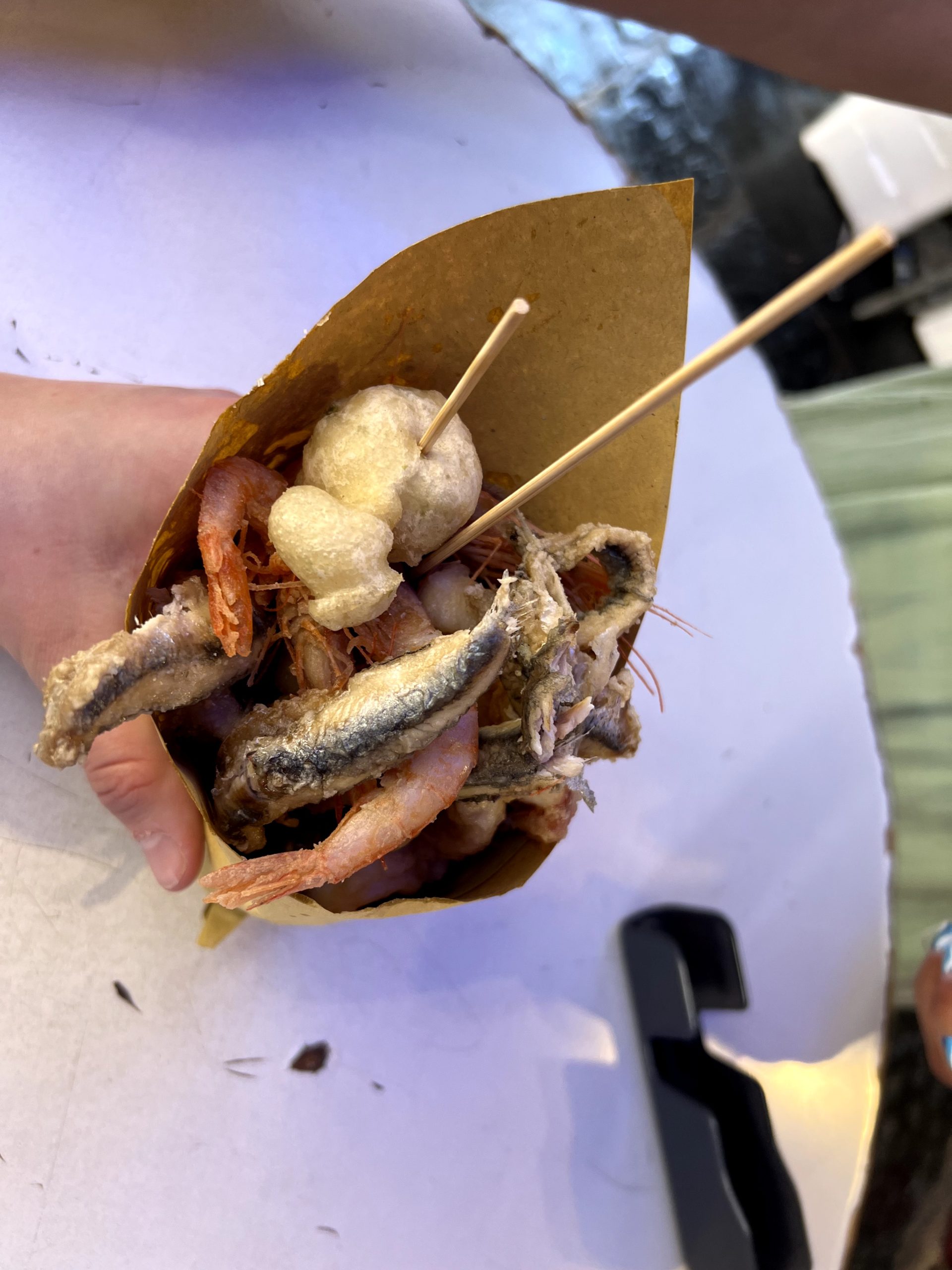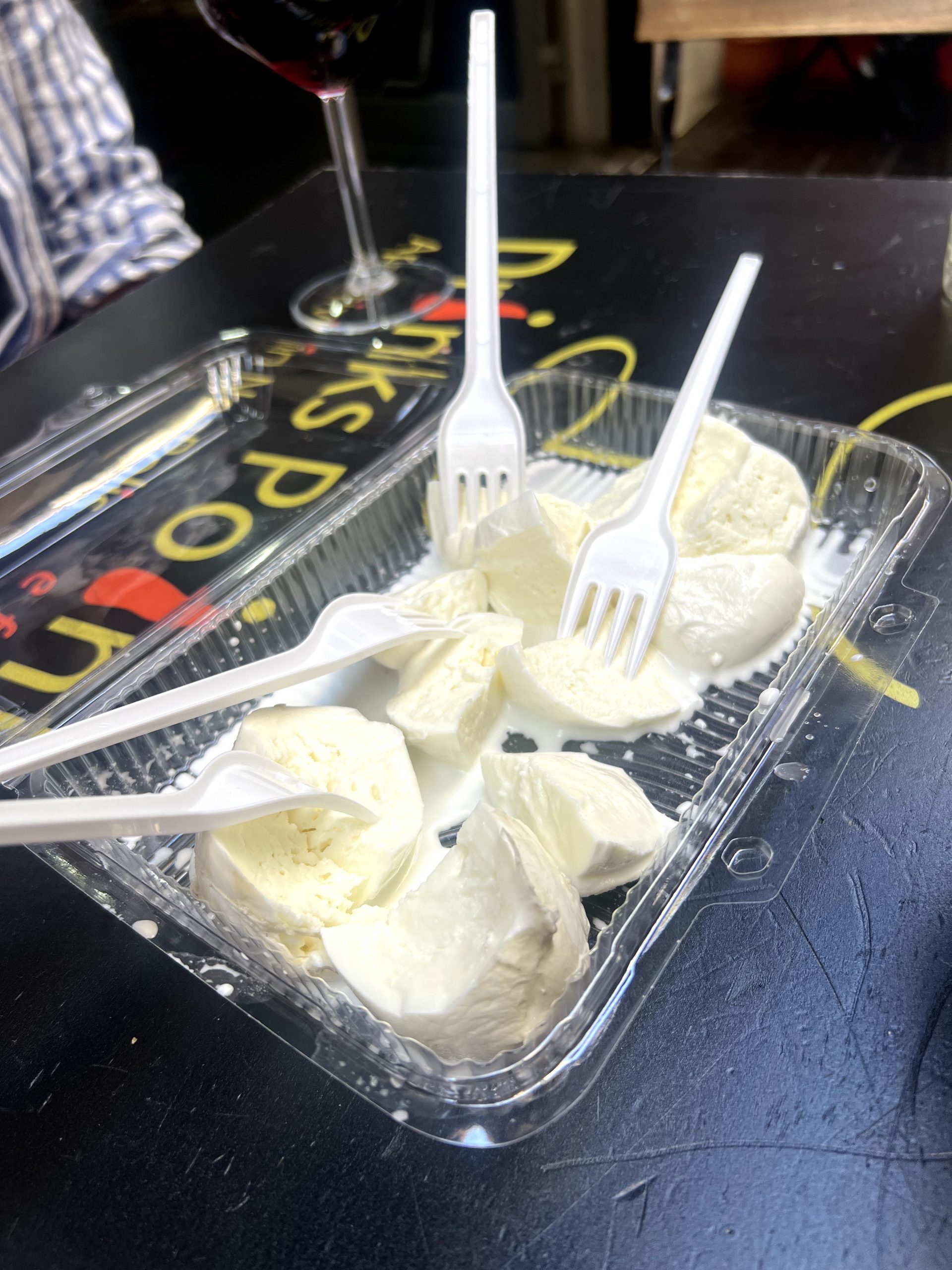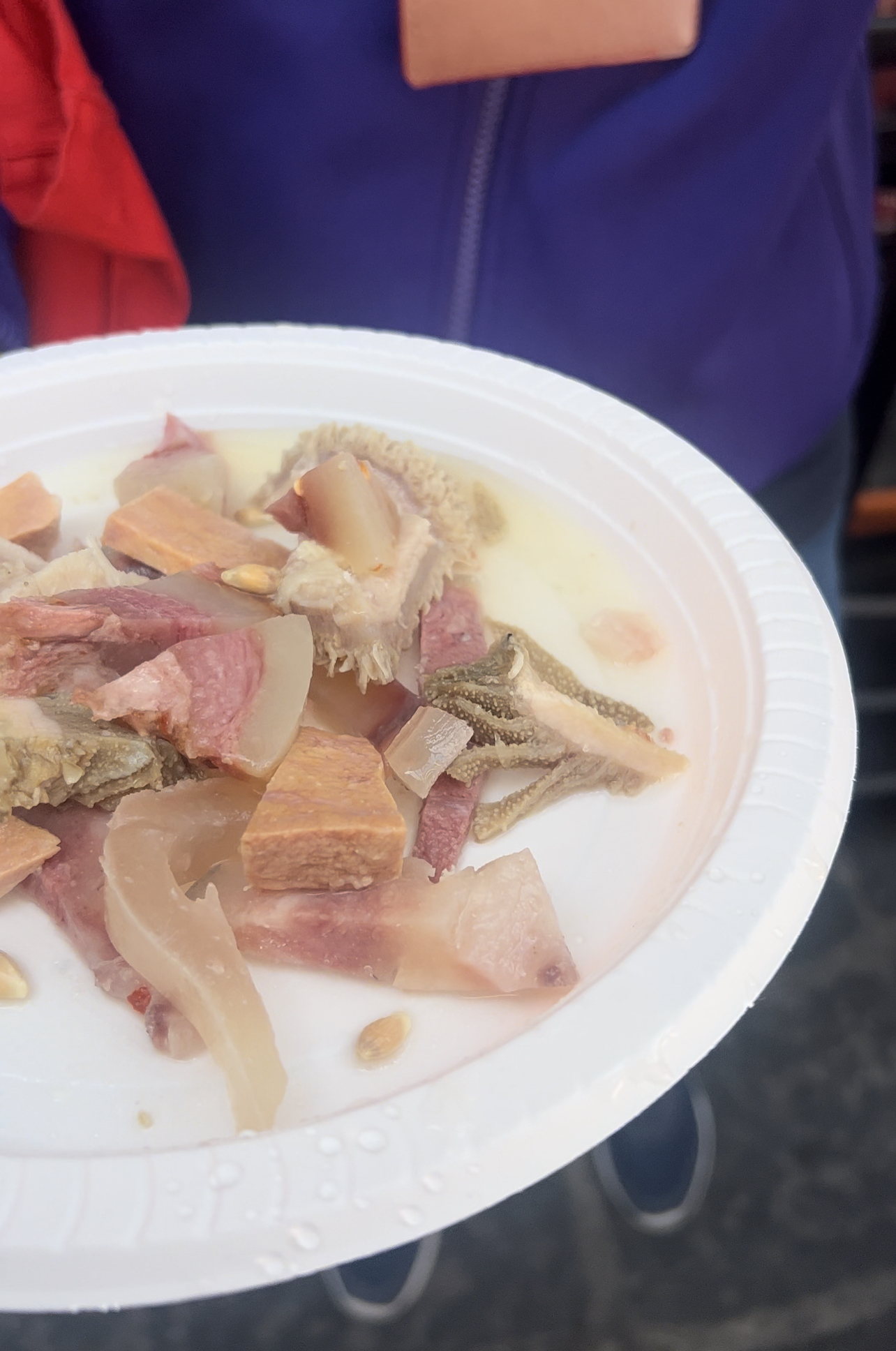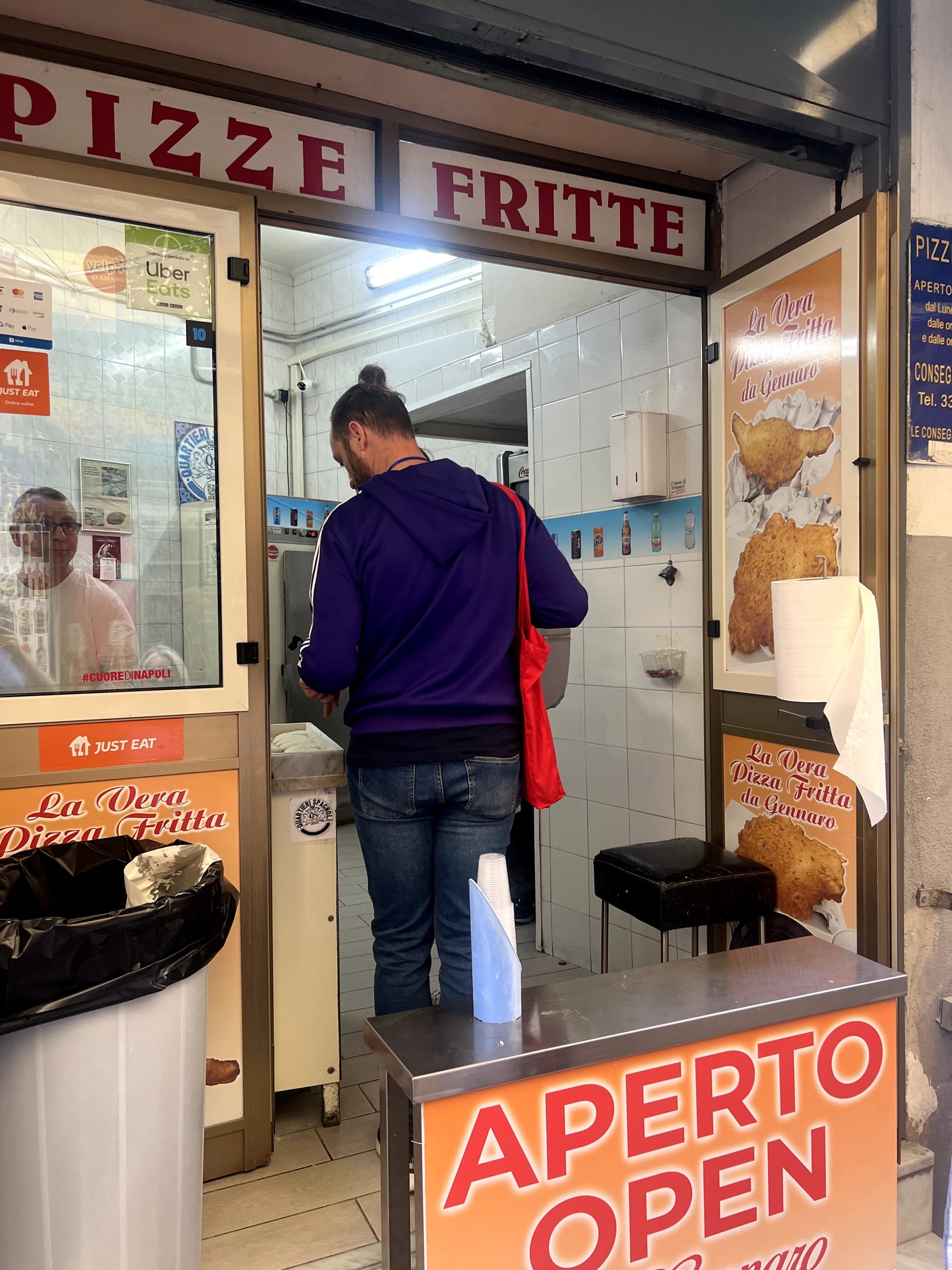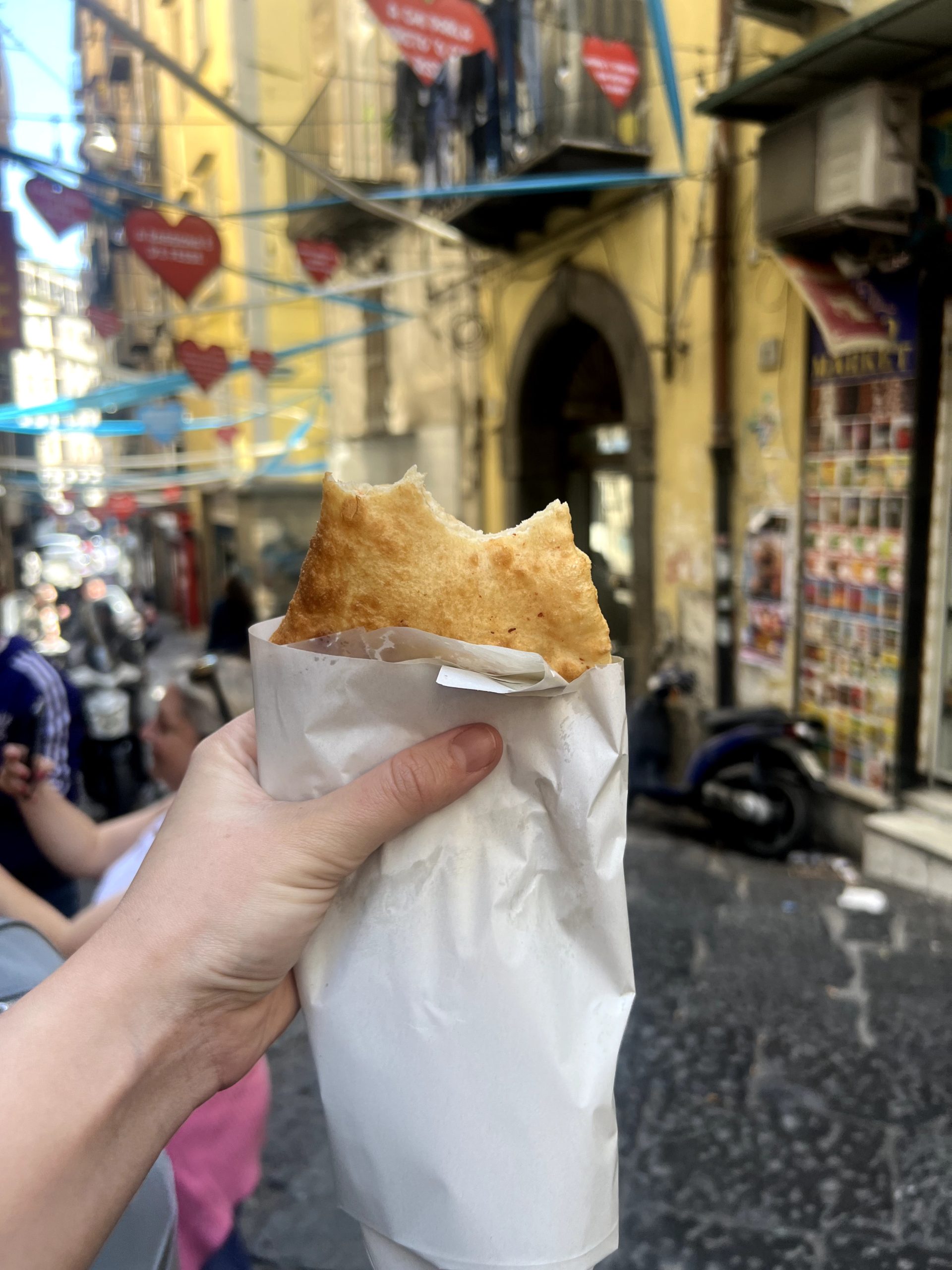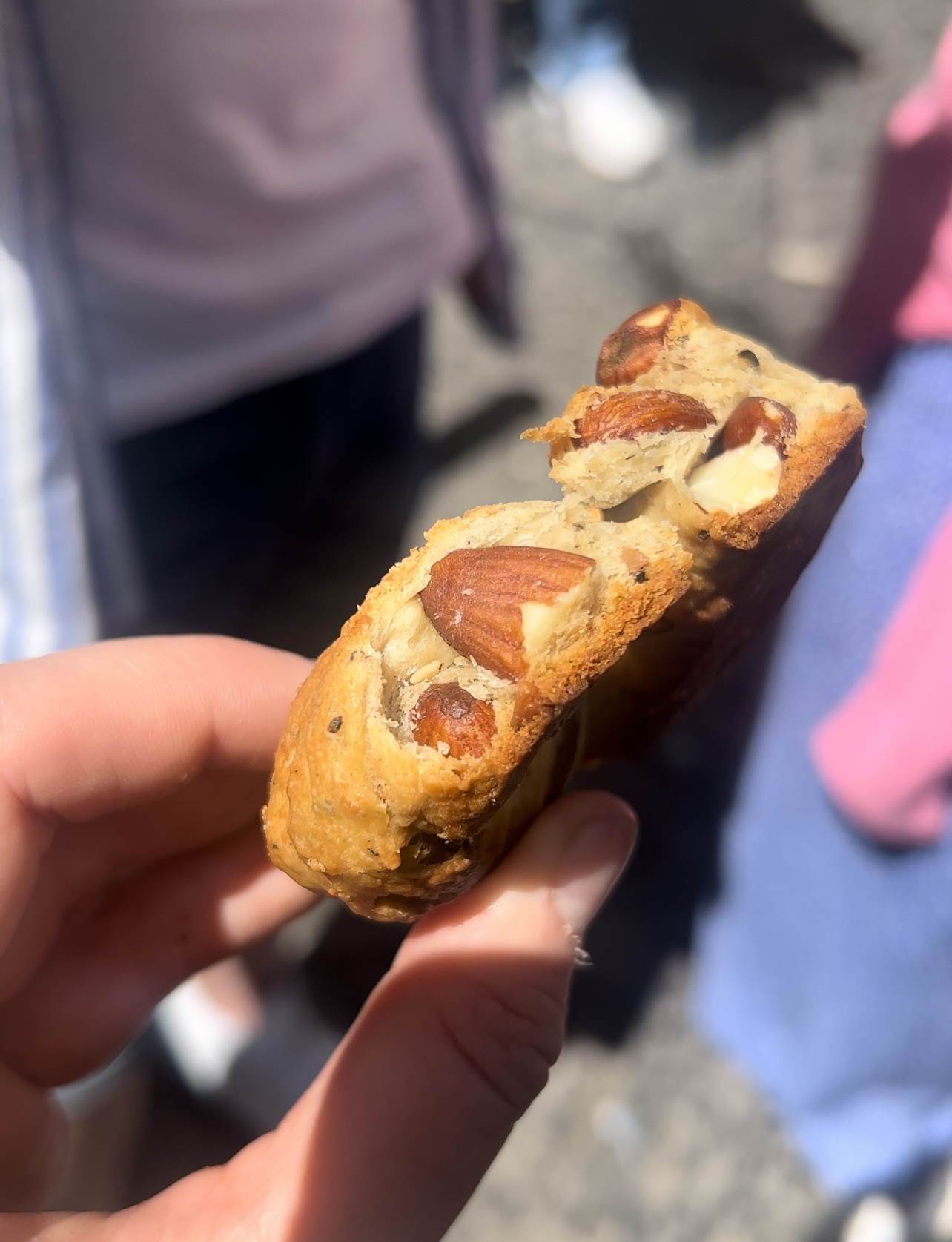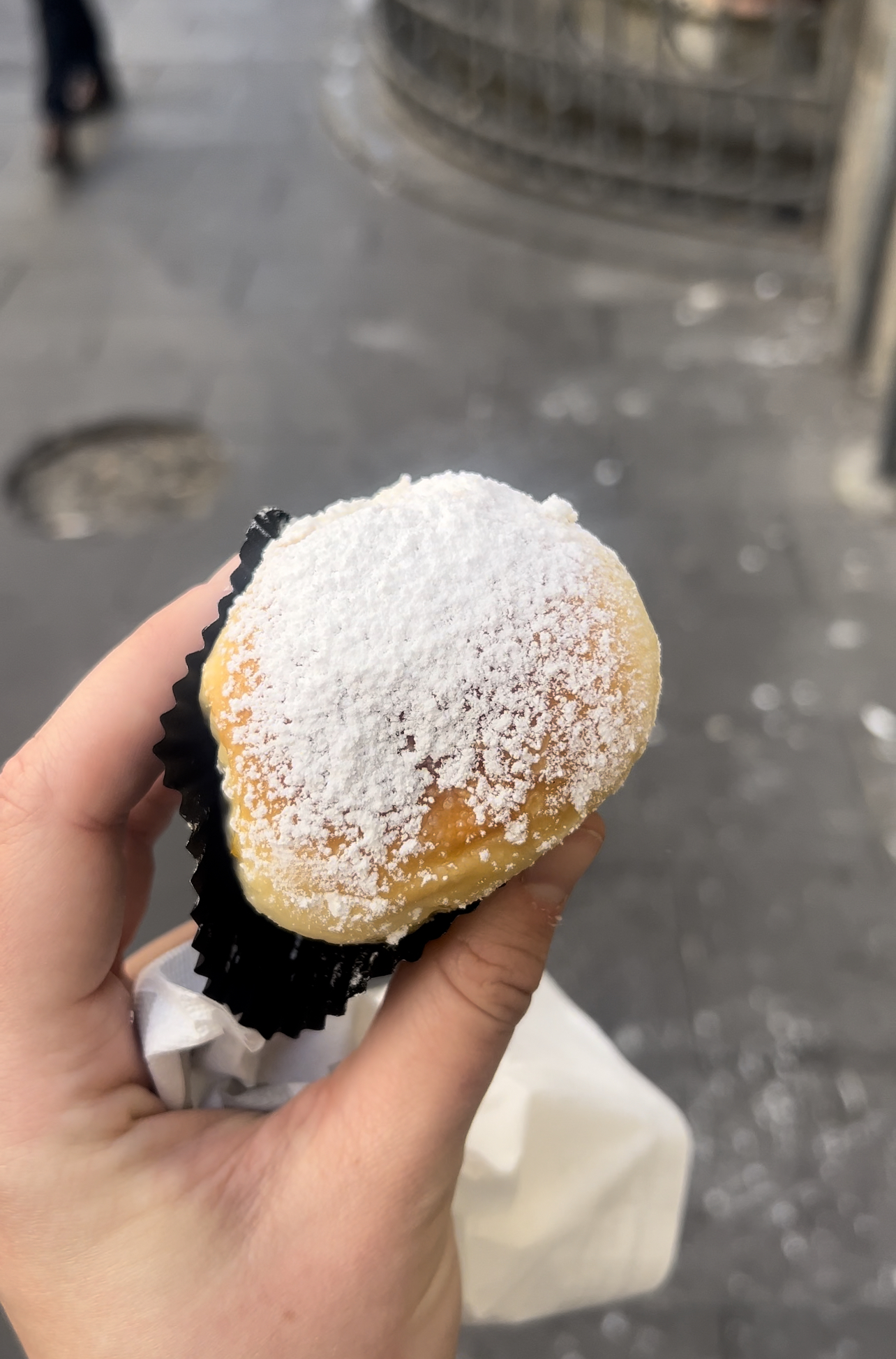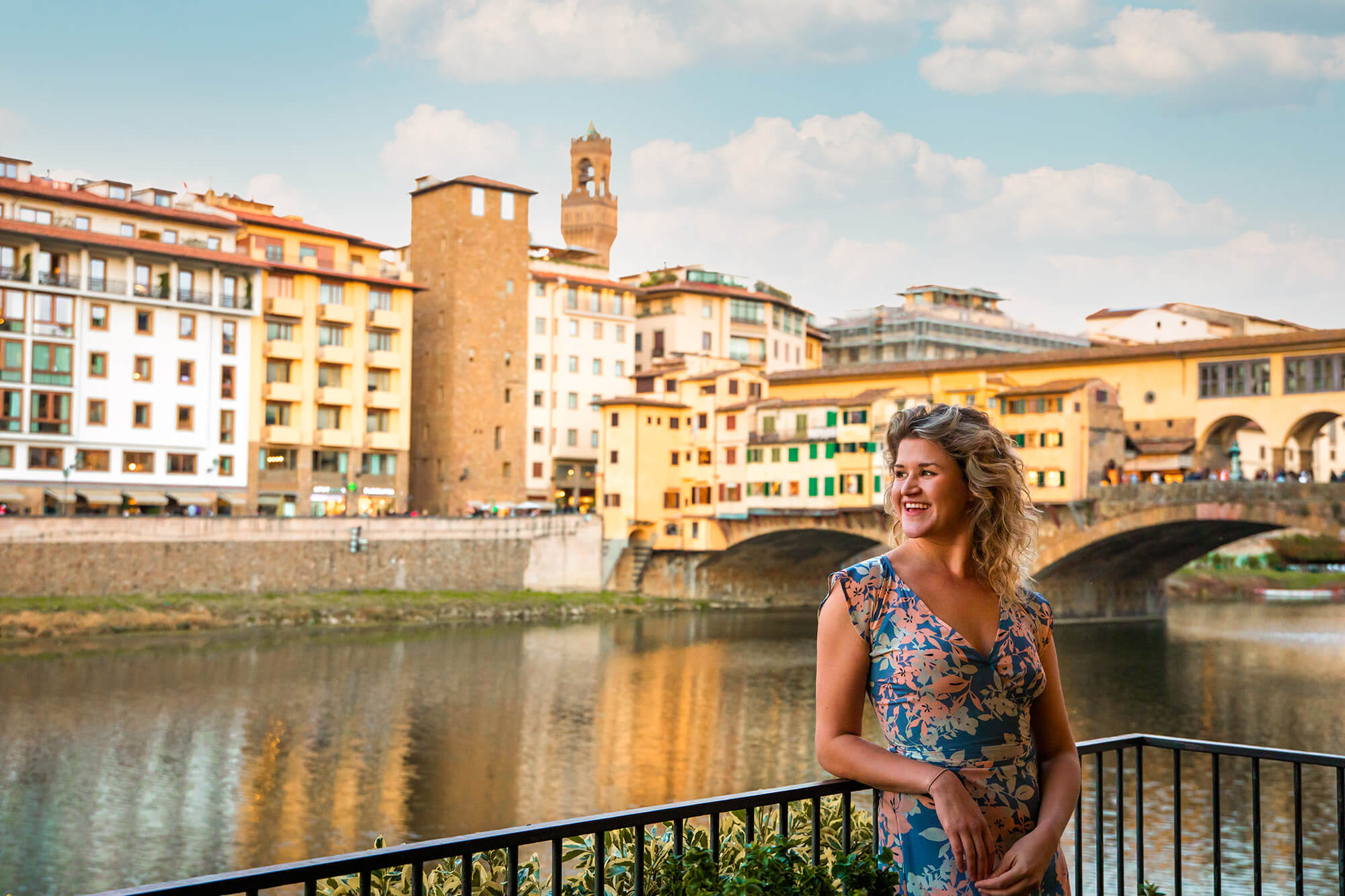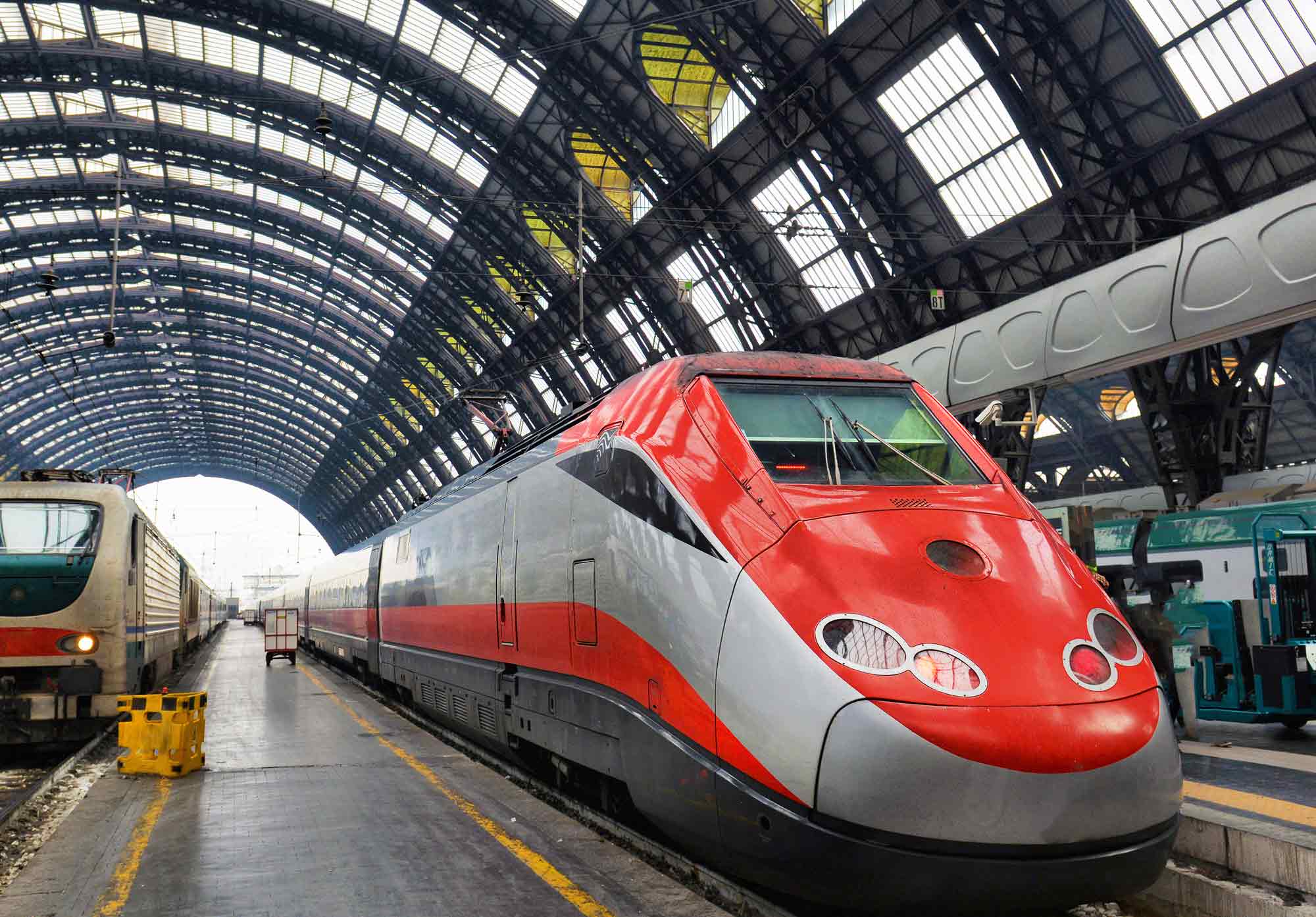Italian Cuisine: 5 Ways Olive Garden Isn’t Authentic Italian
26 April 2024
Italian Cuisine: 5 Ways Olive Garden isn’t authentic Italian food
Be prepared for a drastically different menu & experience when visiting a genuine Trattoria in Italy
If you follow me on social media you inevitably have come across more than a couple “Culture Shock” videos. And considering that it’s one of the things Italy is most known for, unsurprisingly several of those vids revolved around food. It is after all one of the first things an American visiting Italy for the first time would notice…especially because, consciously or not, we all have preconceived ideas of what our “Italian” food will look like when we order it–years of our American Mac n Cheese and Spaghetti & Meatball dinners helped shaped them.
Ya know, we can probably pass some blame to the Chef while we are at it. You know, everyone’s favorite Boy, the venerable Chef Boyardee.

I mean what teenager or dorm resident hasn’t Spaghetti-O’d or Beefaroni’d a late night meal?!
So yeah, when I first came to Italy, I thought I had a good idea what to expect come dinner time. Lol – boy was I wrong. Yeah, I knew the canned ravioli was probably not authentic. But what else had led me so far astray?!
And then…I had an image pop in my head. Of limitless breadsticks. Of Build Your Own Pasta. Of Chicken Parmesan.
There’s not one culprit to blame, but could the most well-known Italian restaurant chain in the US have helped turn me into one of the naive? Olive Garden wouldn’t serve us anything less than premium Italian fare, right? Have you seen their commercials? Come on now.
So I started thinking about all the things I thought I knew regarding Italian cuisine. And then I pulled up the Olive Garden menu on their website.
It got me thinking a bit, I admit.
One of the most frequent questions I receive about Italy is about the food…people asking if they’ll know the menu items in places, if the dishes here are as they are prepared in the US, etc etc.
Our ideas about authentic Italian food come from many places. Looking at the Olive Garden menu, I couldn’t help but think that, while maybe not the cause for our misconceptions, they are a perfect encapsulation of them. Here I have pulled 5 (Okay, maybe it’s six or seven) ways that Olive Garden is actually Italian-American cuisine and not food you will find on a menu in Italy.
(which, as a small note: ya girl loves some Olive Garden. This is in no way a diss to Italian-American cuisine and dishes, all of which have origins in typical Italian dishes, were brought over to America by Italian immigrants, and altered to not only work with the products that had available to them, but also to cater to American tastes. So that being said – if you’re posting it up at your local Olive Garden Friday night, I’ll be the last one to judge you. In fact, please save me a seat.)
By the way…there are no Olive Garden restaurants in Italy lol.
But…there are ristorantes, trattorias, osterias, pescerias…
So, does the O.G. really offer up…
“OG” Italian Cuisine?
(see what I did there?!? been holding on to that one since the opening paragraph!)
-
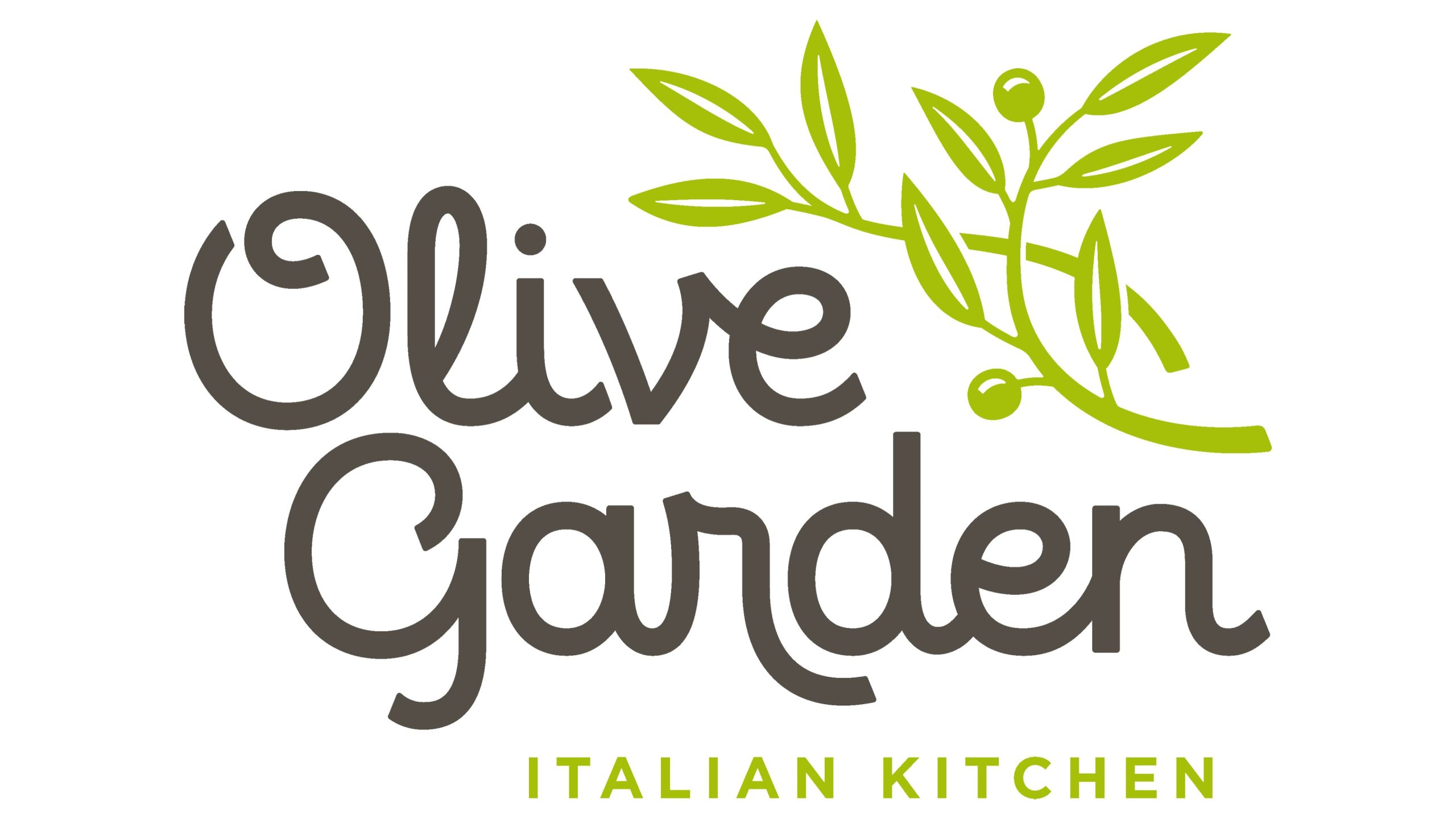
Olive-Garden-Logo
-
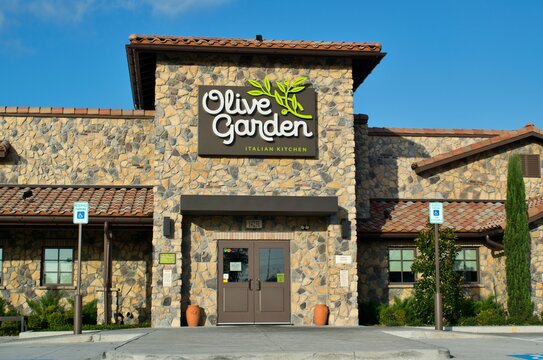
olive garden storefront
1. The Starters – Soup, Salad, Apps
(& Breadsticks of course)
Olive Garden:
-

OGthesoup
-

OGsalad
-

OGardenBreadsticks
Reality:
We’ll start with an easy one – which coincidentally is also the start of their menu.
While no doubt tasty, their Zuppa Toscana (“Soup in the style of Tuscany”) soup is…well, it’s not something you’ll find in Tuscany.
Traditional Tuscan soup is traditionally made from a selection of kale, beans, zucchini, potatoes, celery, carrots, onions and tomatoes. While Olive Garden does have some of those ingredients, the broth itself is more watery-an Italian sin-and includes things such as red pepper, sausage and american bacon.
You won’t find that bacon in Italy.
And unlimited breadsticks?! Not exactly. Italian breadsticks aren’t the super fluffy, buttery, overtly fattening (but so tasty) ones you find at Olive Garden.
Typical Italian breadsticks are known as grissini. They are long, thin and hard enough that they snap in half. Trust me though – they are so much better than those little packages of hard, crispy breadsticks I think we all used to get in diners and such with spaghetti growing up.
As for salad dressing, that may come as a surprise too….
2. Fettuccine Alfredo is to Italy…
what the Taco Bell Quesadilla is to Mexico
Olive Garden:
-

ogalfredos
-

OGchickenalfredo
-
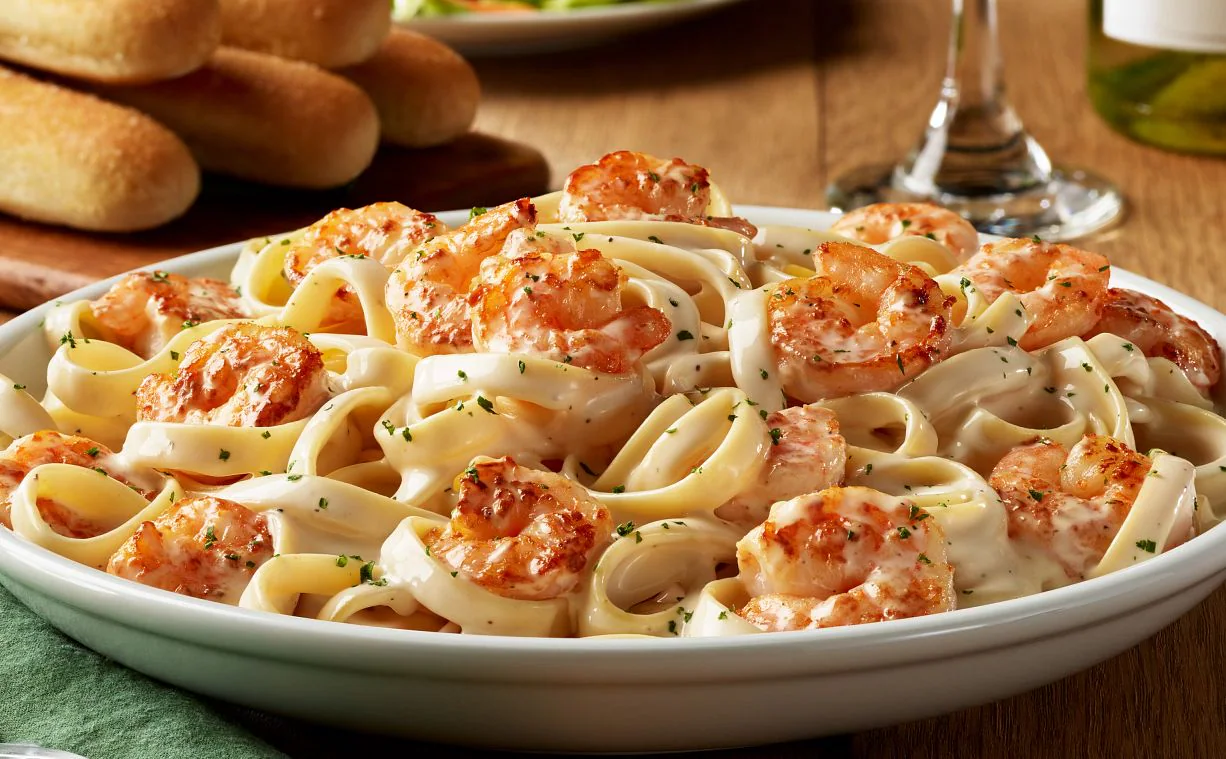
OGshrimpalfredo
Reality:
Though there are some anecdotal evidence of its ancestry being of Italian origin, the reality is that the fettuccine Alfredo that Americans of all ages have grown up with is actually a New York City creation.
Yes, every time you order the delicious, filling, fattening treasure, available at seemingly every restaurant from Applebee’s to Bob Evans to of course Olive Garden, you are eating something no more Italian that the plastic bottle of Kraft Parmesan Cheese.
The story behind it: There was an Italian in the 1910’s named Alfredo in Italy, and he did create a pasta dish using fettuccine. His concoction was memorable because of the presentation–the dish itself was simply fettuccine al burro, or “fettuccine with butter”.
There’s a 1930’s version of this Alfredo, too, which just adds to the confusion.
Another tale more on the mythological side is of a man named Alfredo and his pregnant wife. The story goes that wife was hungry, but kept throwing up everything he made for her. (I should note that a common element of this myth is Alfredo was slaving over a hot stove for his wife but she was being a “pain in the butt”…the patriarchy was strong in post WWI Italy, I guess, I dunno). He finally satisfied her many attempts later (surely there’s a pun there). Of course, in this version it was just pasta in bianco–basically plain pasta with oil and butter.
Pasta of various sorts and styles has been served with butter and cheese for generations in Italy. It wasn’t until the original recipe was brought over by celebrities and immigrants alike to America that the “Alfredo sauce” we commonly think of was created, cream and all.
So you won’t find the American “Alfredo” sauce in Italy, that’s the bottom line.
But fun fact?
No one knows who Alfredo was, but its generally agreed upon there was a man named Alfredo who like fettuccine. That’s why when you type in “fettucine Alfredo” your spell check will automatically make sure that “A” is captalized!
Fettuccine with cheese and butter or oil? Italian.
Fettuccine in an actual creamy sauce made with cream? Not so much.
3. Chicken Parmigiana, Chicken Carbonara
(and every other dish combining pasta & chicken)
Olive Garden:
-

OGChickenParm
-
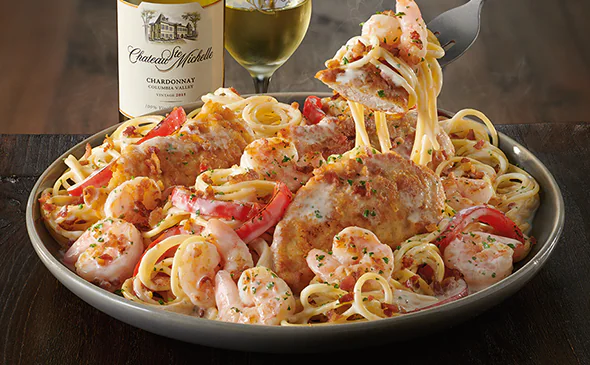
OGChickCarbonara
-
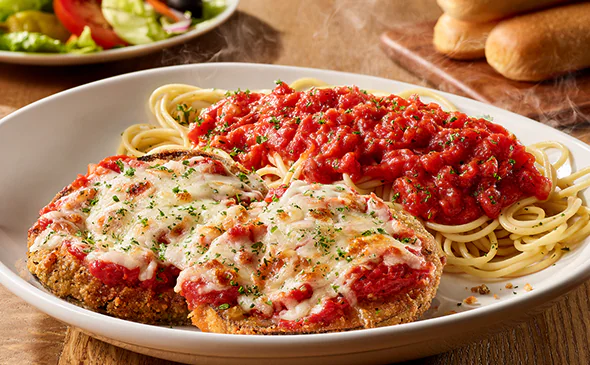
OGEggplantParm
Reality:
Some things you know don’t mix.
Oil and water. Sports and Politics. And in Italy…Chicken and Pasta!
I feel like I undersold that. Let me try again.
Italians-Do-Not-Mix-Pasta-And-Chicken. Period.
Now, Parmigiana itself, a dish made with sauces and cheeses and baked, is an Italian recipe, but the standard recipe calls for eggplant and has origins in Southern Italy–thus there’s no need to call a dish Eggplant Parmigiana, for example. Chicken Parm is 100% an American created dish stemming from early immigrants from Italy having much easier access to the abundance of chicken & other fowl compared to back home.
Now, since meatballs are about to be covered below, I should note that there is Bolognese sauce in Italy. But it’s basically never served with spaghetti, which Italians feel is too weak of a pasta to support such a thick sauce. Thus Spaghetti Bolognese is American.
And spaghetti with big meatballs perfectly situated right on top? Well….
@kacierose4 Because we all know pasta is v important #americansinitaly #lifeinitaly #travelitaly ♬ original sound – Kacie Rose
4. Meatballs & Mozzarella Sticks
…sure sound Italian?
Olive Garden:
-
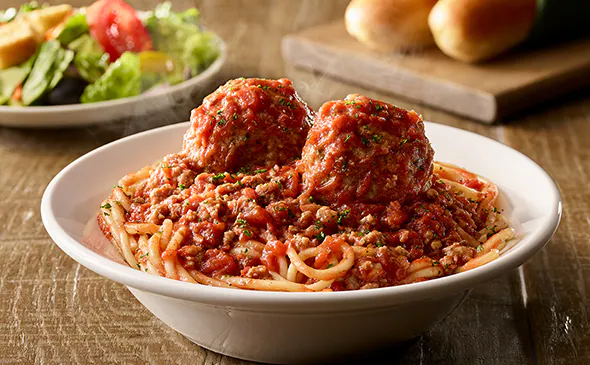
OGspaghettimeatballs
-

OGmeatballparm
-
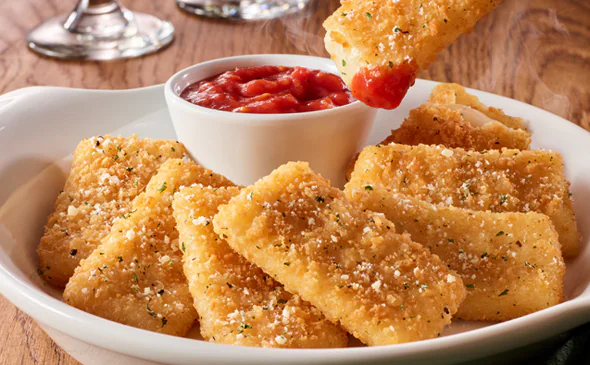
OGfriedmozzarella
Reality:
As noted above, Italians don’t ever mix their chicken and pasta. In fact, it’s two completely separate dishes, served at two completely different times. The same goes for meatballs – unless it’s mixed into the pasta sauce, such as a ragu made from beef, pork, wild boar (so good), rabbit, meat has their own standout moment on the menu as a secondi dish, typically ordered with simple, easy sides like a small mixed salad or roasted potatoes.
So with that in mind, not only are Italian meatballs never served directly on top of pasta in Italy, but authentic Italian meatballs are not massively giant like the “giant meatballs” you’ll find on the Olive Garden menu. They are traditionally much smaller, and served on their own.
And Fried Mozzarella? Well “Cheese Sticks” have their ancestry traced back to…Mexico, most likely. Though there are fried cheese dishes like Mozzarella in Carrozza in Italy.
See, it might not be real Italian…but it’s so good that a Hedgehog loves Olive Garden
5. Shrimp Scampi
Olive Garden:
-
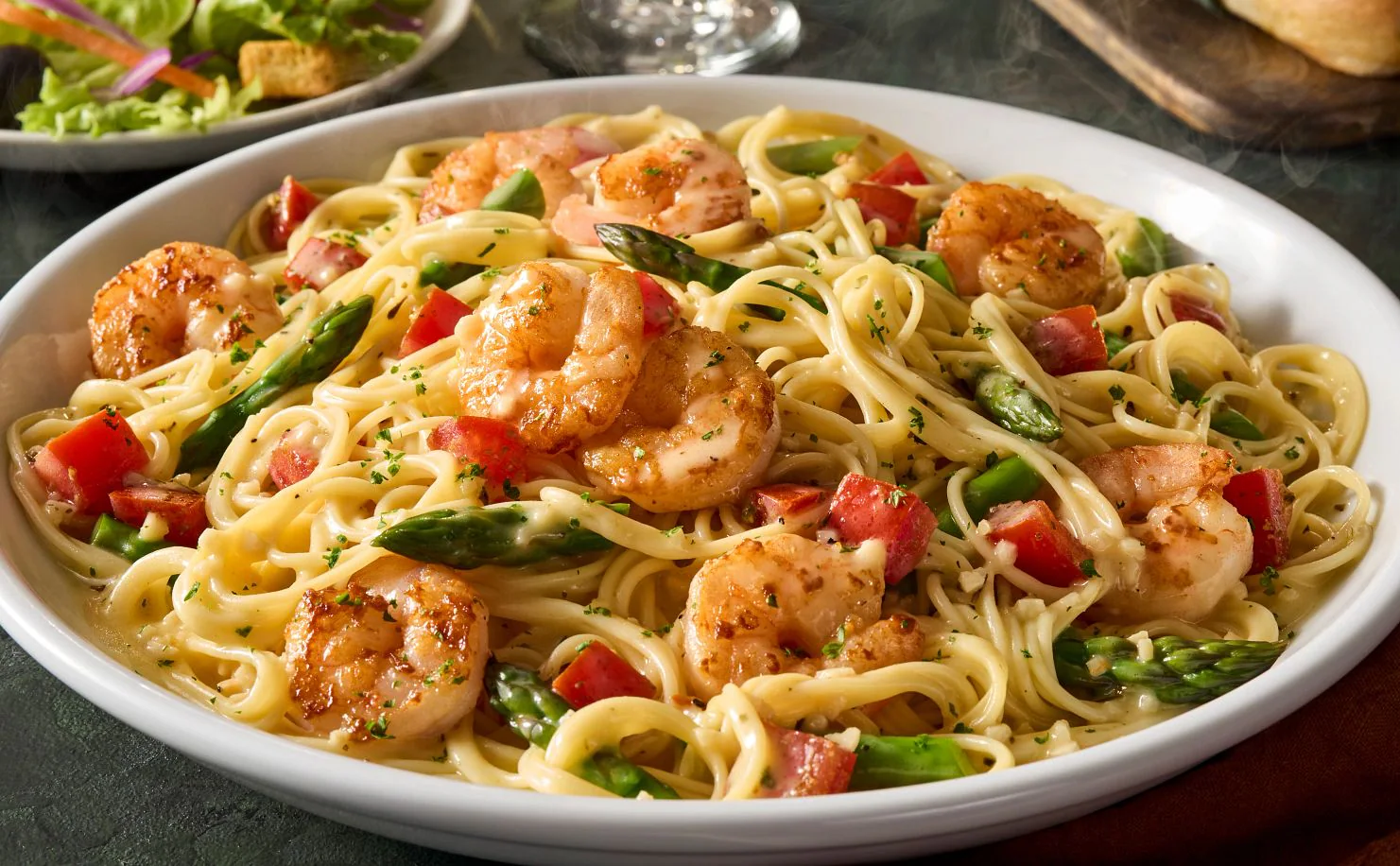
OGshrimpscampi
-
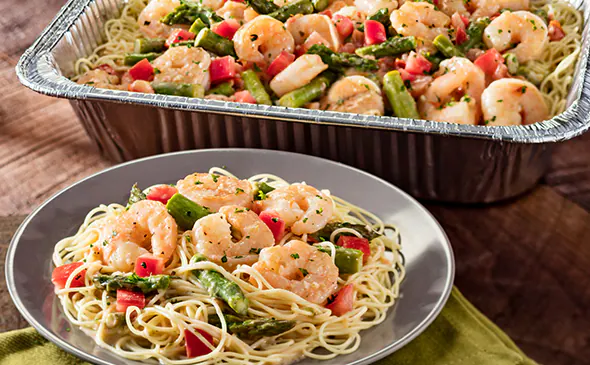
OGbulkshrimpscampi
-
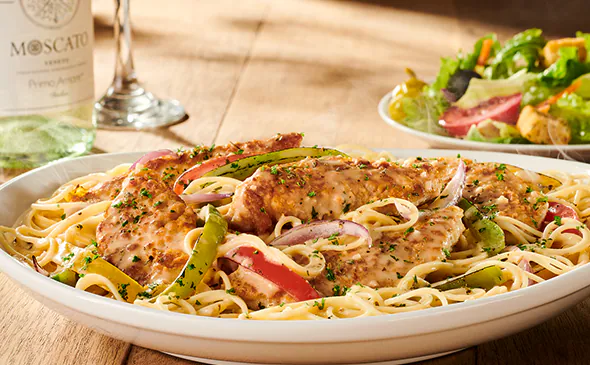
OGchickenscampi
Reality:
Alright, ready for this: Chicken Scampi? Not only is that not an Italian dish, it’s actually an Olive Garden creation.
Shrimp Scampi? Nope, not a dish that you’ll find in Italy, in any way, shape or form. That’s American through and through baby!
You see…Scampi are small lobsters found in the Atlantic and Mediterranean that are a staple part of the Italian seafood diet. Shrimp are related, but altogether different animals. Scampi is the plural of scampo, the Italian name for the langoustine or Norwegian Lobster.
So saying Chicken Scampi or Shrimp Scampi just doesn’t make sense.
While in England and some other western European countries the lobster might be replaced, its really only in the US that the word “scampi” has become a term for a style of pasta dish, as opposed to actually referring to the oceanic basement dwellers themselves.
@kacierose4 There’s honestly so much more 😅#americansinitaly #italianfood #lifeinitaly ♬ A Thousand Miles – Vanessa Carlton
Please Note: This post contains affiliate links. I may receive a small commission at no extra cost to you on any purchases made after clicking/following a link to my Amazon shop. I only promote products/services that I use & love myself. Thanks for supporting my blog 🙂
Bonus Round!
About those Beverages & Drinks menu pages…
Olive Garden:
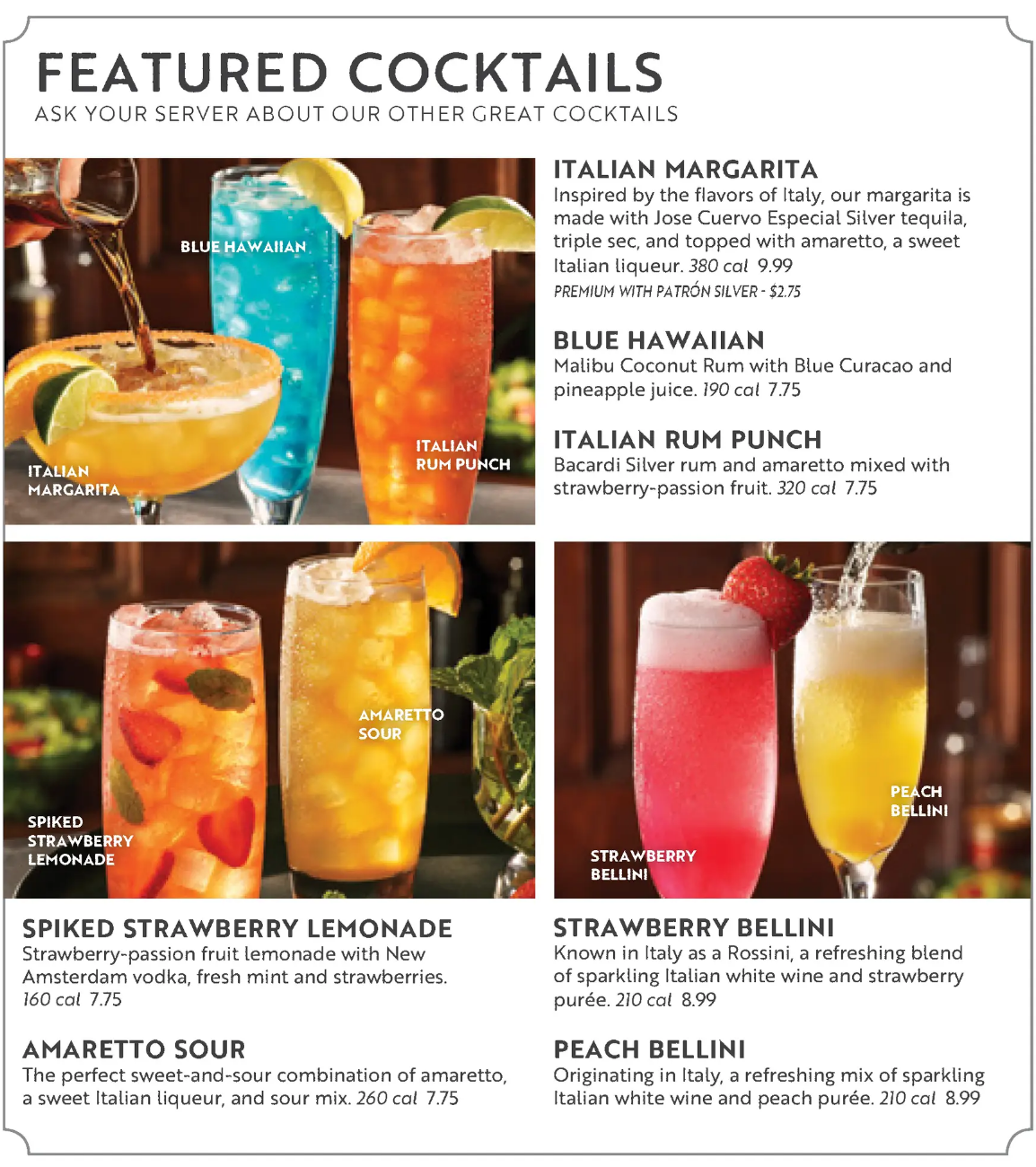
Reality:
If you fancy an alcoholic beverage while in Italy to accompany your dinner, it’s wine or sometimes beer (if you’re eating a pizza).
Yes, that’s it – wine or beer (sometimes). Not a cocktail. Wine or beer (…sometimes).
Italian chefs go to great lengths to prepare their dishes, and that doesn’t end with just the food. Unsurprisingly, Italians take enormous pride in their cuisine–and matching a delectable glass of Chianti Classico to take the flavor of the dish to the next level is right along with that.
Long story short, you would never find a “featured cocktail” menu like the ones at Olive Garden at a genuine (non-tourist trap) Italian ristorante or trattoria. Cocktails are meant for aperitivo time before dinner, or at the cocktail bar after you’re done with your meal.
You can see all my Italian Food Tips playlists here:
Check out all my Amazon recommendations
Please Note: As an Amazon Influencer, I earn from qualified purchases.
Related Articles
-

10 Things I Wish I’d Known About Coffee Culture in Italy Before I Came to Italy
-
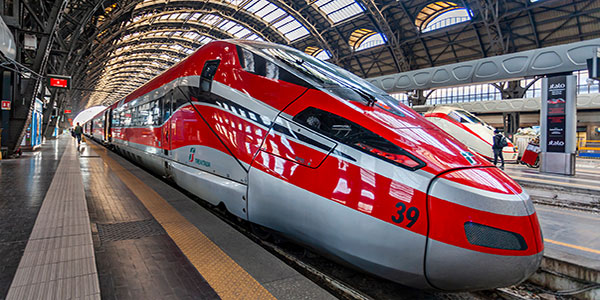
Your Full Guide to Trains in Italy




